- Culture文化:点石斋画报·大可堂版 第15册(258P):2024年-02月-23日
- Culture文化:点石斋画报·大可堂版 第14册(334P):2024年-02月-23日
- Culture文化:点石斋画报·大可堂版 第13册(333P):2024年-02月-23日
- Culture文化:点石斋画报·大可堂版 第12册(334P):2024年-02月-23日
- Culture文化:点石斋画报·大可堂版 第11册(334P):2024年-02月-23日
- Culture文化:点石斋画报·大可堂版 第10册(334P):2024年-02月-23日
- Culture文化:点石斋画报·大可堂版 第9册(332P):2024年-02月-23日
- Culture文化:点石斋画报·大可堂版 第8册(334P):2024年-02月-21日
- Culture文化:点石斋画报·大可堂版 第7册(334P):2024年-02月-21日
- Culture文化:点石斋画报·大可堂版 第6册(335P):2024年-02月-21日
- Culture文化:点石斋画报·大可堂版 第5册(262P):2024年-02月-21日
- Culture文化:点石斋画报·大可堂版 第4册(322P):2024年-02月-20日
- Culture文化:点石斋画报·大可堂版 第3册(334P):2024年-02月-20日
- Culture文化:点石斋画报·大可堂版 第2册(346P):2024年-02月-20日
- Culture文化:点石斋画报·大可堂版 第1册(318P):2024年-02月-20日
点石斋画报·大可堂版 共15册,吴友如等绘
《点石斋画报》为中国最早的旬刊画报,由上海《申报》附送,每期画页八幅。
光绪十年(公元1884年)创刊,光绪二十四年(公元1898年)停刊,共发表了四千余幅作品,反映了19世纪末帝国主义列强的侵略行径和中国人民抵抗外侮的英勇斗争,揭露了清廷的腐败丑恶现象,也有大量时事和社会新闻内容。
鸦片战争以后,西方的文明与科学技术涌进中国的沿海城市。1876年,上海徐家汇天主堂附设土山湾印书馆开设了当时中国规模最大的平板石印机构,用照相版技术翻印中国古籍。西洋绘画技法也使惯用毛笔、宣纸的国画家产生了浓厚兴趣,他们把西洋画法中的透视、解剖、注重形象写实等西画技法吸收融合到自己的绘画中去,形成了别开生面的“海派”人物画风。
先进的石印技术和准确刻画形象的绘画技巧是出版画报的基础。1884年5月8日,以《点石斋画报》命名的时事画报在上海诞生了。
光绪期间的《申报》由洋人掌管,吴友如不乐受制于洋人,最终离开《点石斋画报》。光绪十六年1896年9月,由吴友如主持的《飞影阁画报》面世了,亦为旬刊,也用连史纸石印,其内容与《点石斋画报》相异处是前者看重时事记载,《飞影阁画报》则注意刻画仕女人物而已。
《点石斋画报》刊行数年后即停刊。至光绪末年,曾由《申报》馆出过合集,售价昂贵,每部二十大洋,现成稀世珍本,在民间很难觅它踪影。
参与《点石斋画报》绘画者有吴友如、张志瀛、周权香、顾月洲、周慕乔、田子琳、金桂生、马子明等20余人,大多是苏州年画的画师。这些画家多参用西方透视画法,构图严谨,线条流畅简洁优美。
作为晚清西学东渐大潮中的标志性事件,《点石斋画报》的创办,涉及诸多至关重要的领域。
首先,它开启了图文并茂因而可能雅俗共赏的“画报”体式,这既是传播新知的大好途径,又是体现平民趣味的绝妙场所,日后大有发展余地。
其次,“画报”之兼及“新闻”与“美术”,既追求逼真,也包含美感,前者为我们保留了晚清社会的诸面相,后者则体会到中国美术的擅变。
再次,“画报”之兼及图文,二者之间,既可能若合符节,也可能存在不小的缝隙,而正是这些缝隙,对晚清的社会风尚、文化思潮以及审美趣味的复杂性,有了更加深刻的了解。
最后,那些并非无关紧要的图中之文,对于理解晚清报刊文体的变化,同样也不无意义。
至于百年来诸多文人学者对此“遗迹”之追摹、怀念与凭吊,则从另外一个侧面,理解这一晚清独特的文化景观。
《点石斋画报》是近代中国最早、影响最大的一份新闻画报,共出44部528册。内容 “选择新闻中可嘉可惊之事,绘制成图,并附事略”, 贴近生活,及时报道社会热点,朝廷腐败,列强侵略,民俗奇闻等。生动地展现了晚清各阶层人群的思想涌动和社会变化,对艺术及服装也有一定的研究和参考价值。
参与《点石斋画报》绘画者有吴友如、张志瀛、周权香、顾月洲、周慕乔、田子琳、金桂生、马子明等20余人,原来大多是苏州年画的画师,他们没有学习西洋画的记录,更没有远赴重洋,到海外“镀金”的经历。《点石斋画报》中有大量介绍“海外奇谈”的画面,一部分是参照外国报纸中的照片绘画的,照片有极佳的透视效果,能更正确反映物体,所以《点石斋画报》及画师们对透视技巧在中国画中应用所起的作用,可以“功不可没”来形容。但是,更多的画面是根据新闻报道的文字,再加上作者的想象力来画的,画面与事实之间的差距很大,这就如上海人讲的“西洋镜”,千万当不得真。
《申报》馆。每十日出版一本,每期八页,内容是“选择新闻中可嘉可惊之事,绘制成图,并附事略”,随《申报》附送订户。因画报印刷精美,画法中西合璧,人物背景生动真实,内容贴近生活,及时报道社会热点,朝廷腐败,列强侵略,民俗奇闻……可看性强,时效性足,发行渠道畅通,风靡海上。
Dianshizhai Pictorial · Daketang Edition, 15 volumes, painted by Wu Youru and others
Dianshizhai Pictorial is the earliest ten day magazine in China, attached by Shanghai Shenbao, with eight pages per issue.
Founded in the tenth year of the Guangxu reign (1884 AD) and ceased publication in the twenty fourth year of the Guangxu reign (1898 AD), it published more than 4000 works reflecting the aggression of imperialist powers in the late 19th century and the heroic struggle of the Chinese people against foreign aggression. It exposed the corrupt and ugly phenomenon of the Qing court, as well as a large amount of current affairs and social news content.
After the Opium War, Western civilization and scientific technology flooded into China’s coastal cities. In 1876, the Tushanwan Printing and Publishing House, attached to the Xujiahui Catholic Church in Shanghai, opened the largest flat stone printing institution in China at that time, using photographic plate technology to reprint ancient Chinese books. The Western painting techniques also aroused strong interest among traditional Chinese painters who were accustomed to using brushes and rice paper. They absorbed and integrated Western painting techniques such as perspective, anatomy, and emphasis on realistic images into their own paintings, forming a unique “Shanghai style” character painting style.
Advanced lithography technology and accurate painting techniques for depicting images are the foundation for publishing pictorial magazines. On May 8, 1884, the current affairs pictorial newspaper named Dianshizhai Pictorial was born in Shanghai.
During the reign of Emperor Guangxu, the “Shen Bao” was under the control of foreigners. Wu Youru was not happy to be constrained by foreigners and eventually left the “Dianshi Zhai Pictorial”. In September 1896, under the leadership of Wu Youru, the Feiying Pavilion Pictorial was published. It was also a ten day magazine and was printed on historical paper and stone. The difference between its content and Dianshi Studio Pictorial was that the former focused on current events, while the Feiying Pavilion Pictorial only focused on depicting female characters.
The Dianshizhai Pictorial ceased publication after several years of publication. By the end of the Guangxu reign, a collection had been published by the “Shen Bao” Museum, which was expensive and sold for 20 yuan each. It was a rare and rare edition that was difficult to find in the folk.
More than 20 people, including Wu Youru, Zhang Zhiying, Zhou Quanxiang, Gu Yuezhou, Zhou Muqiao, Tian Zilin, Jin Guisheng, and Ma Ziming, participated in the painting of Dianshizhai Pictorial. Most of them were artists of Suzhou New Year paintings. These painters often use Western perspective painting techniques, with rigorous composition and smooth, concise, and beautiful lines.
As a landmark event in the trend of Western learning spreading eastward in the late Qing Dynasty, the establishment of Dianshizhai Pictorial involved many crucial fields.
Firstly, it has opened up a “pictorial” format that combines images and text, which may be both refined and popular. This is not only a great way to spread new knowledge, but also a wonderful place to reflect the interests of the common people. There is great room for development in the future.
Secondly, “Pictorial” combines “news” and “art”, pursuing both realism and aesthetics. The former preserves various aspects of late Qing society for us, while the latter experiences the capriciousness of Chinese art.
Once again, the combination of “pictorial newspapers” and text and images may be closely intertwined, but there may also be significant gaps between the two. It is these gaps that provide a deeper understanding of the complexity of social trends, cultural trends, and aesthetic tastes in the late Qing Dynasty.
Finally, the text and images that are not insignificant are also meaningful for understanding the changes in the style of late Qing newspapers and magazines.
As for the many literati and scholars who have been tracing, cherishing, and paying tribute to this “relic” for the past century, they can understand this unique cultural landscape of the late Qing Dynasty from another perspective.
Dianshizhai Pictorial is the earliest and most influential news pictorial in modern China, with a total of 44 parts and 528 volumes. Content: “Select commendable and shocking events in the news, draw them into a picture, and attach a brief summary of the situation”, close to life, timely report on social hot topics, court corruption, foreign aggression, folk tales, etc. It vividly showcases the ideological surge and social changes of various social classes in the late Qing Dynasty, and also has certain research and reference value for art and clothing.
More than 20 people participated in the painting of Dianshizhai Pictorial, including Wu Youru, Zhang Zhiying, Zhou Quanxiang, Gu Yuezhou, Zhou Muqiao, Tian Zilin, Jin Guisheng, Ma Ziming, and others. Originally, most of them were painters of Suzhou New Year paintings, and they had no record of learning Western painting, let alone the experience of going overseas to “gild”. The Dian Shi Zhai Pictorial contains a large number of images introducing “overseas stories”, some of which are drawn based on photos from foreign newspapers. Photos have excellent perspective effects and can more accurately reflect objects. Therefore, the Dian Shi Zhai Pictorial and its artists can describe the role of perspective techniques in Chinese painting as “indispensable”. However, more images are drawn based on the text of news reports, combined with the author’s imagination, and there is a large gap between the images and the facts, just like what Shanghai people call “Western mirrors”, which cannot be taken seriously.
Declaration Hall. A book is published every ten days, with eight pages per issue. The content is “Select commendable and surprising events in the news, draw a picture, and attach a summary”, which is included with the “Declaration” and sent to subscribers. Due to its exquisite printing, a combination of Chinese and Western painting techniques, vivid and realistic character backgrounds, and content that is close to life, it timely reports on social hot topics, corruption in the court, invasion by foreign powers, and folk wonders… It has strong readability, sufficient timeliness, smooth distribution channels, and is popular at sea.


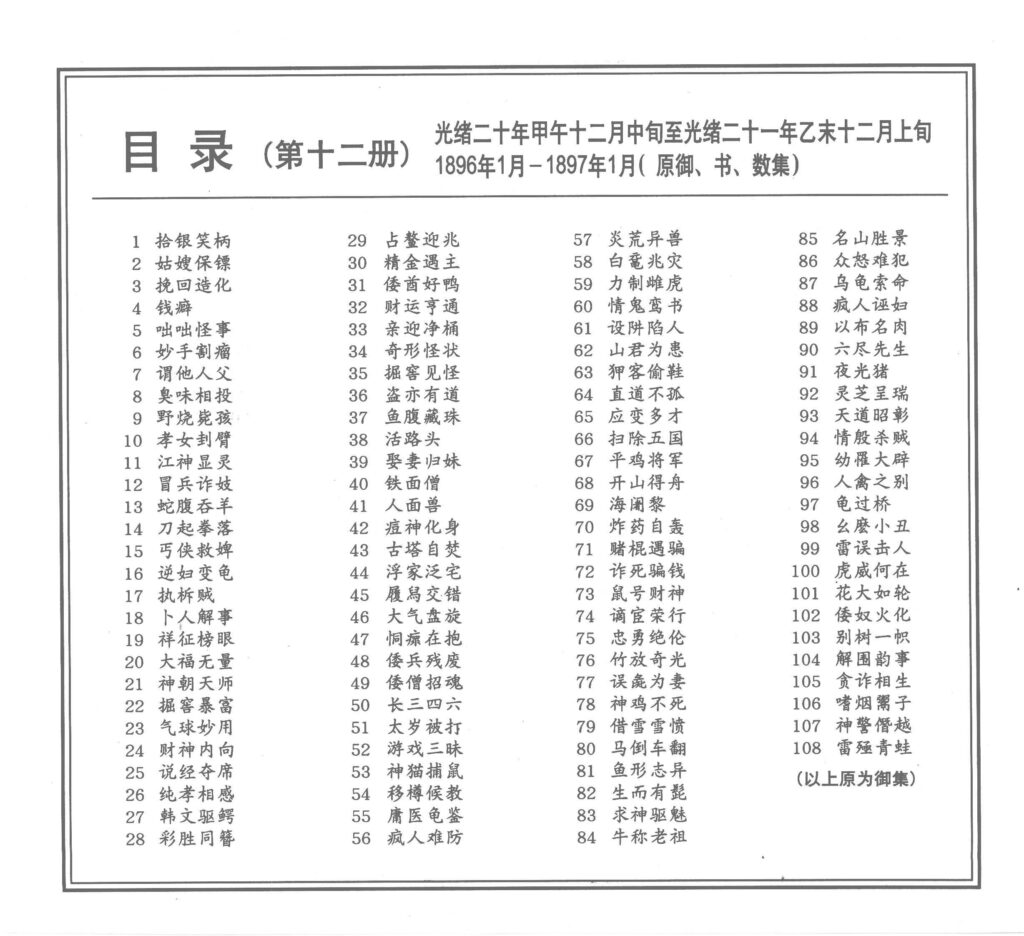

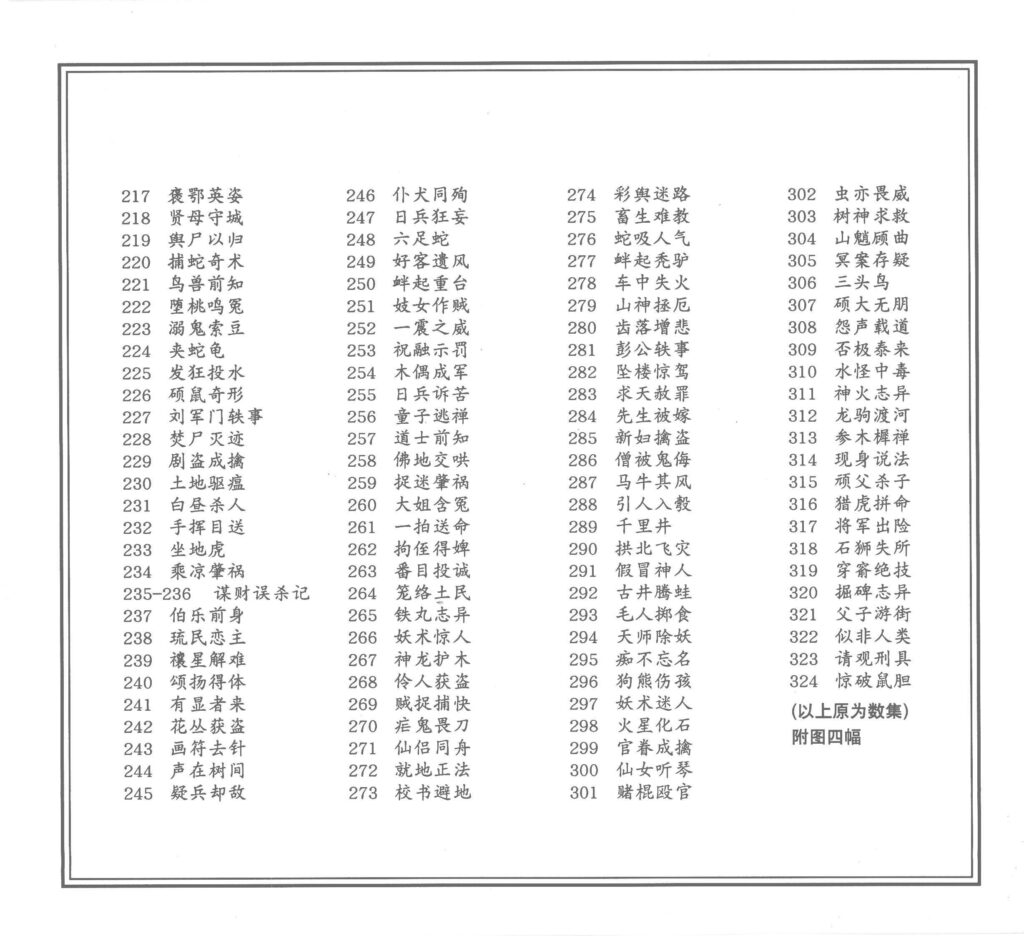





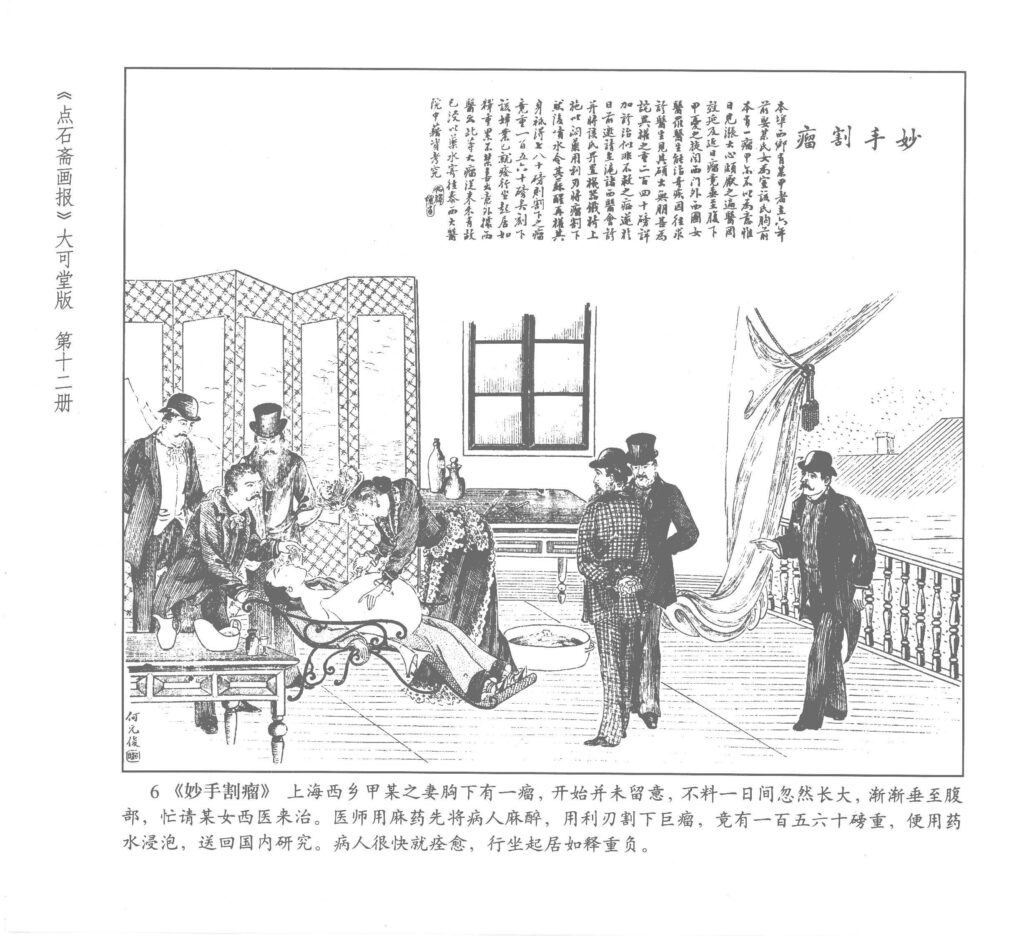




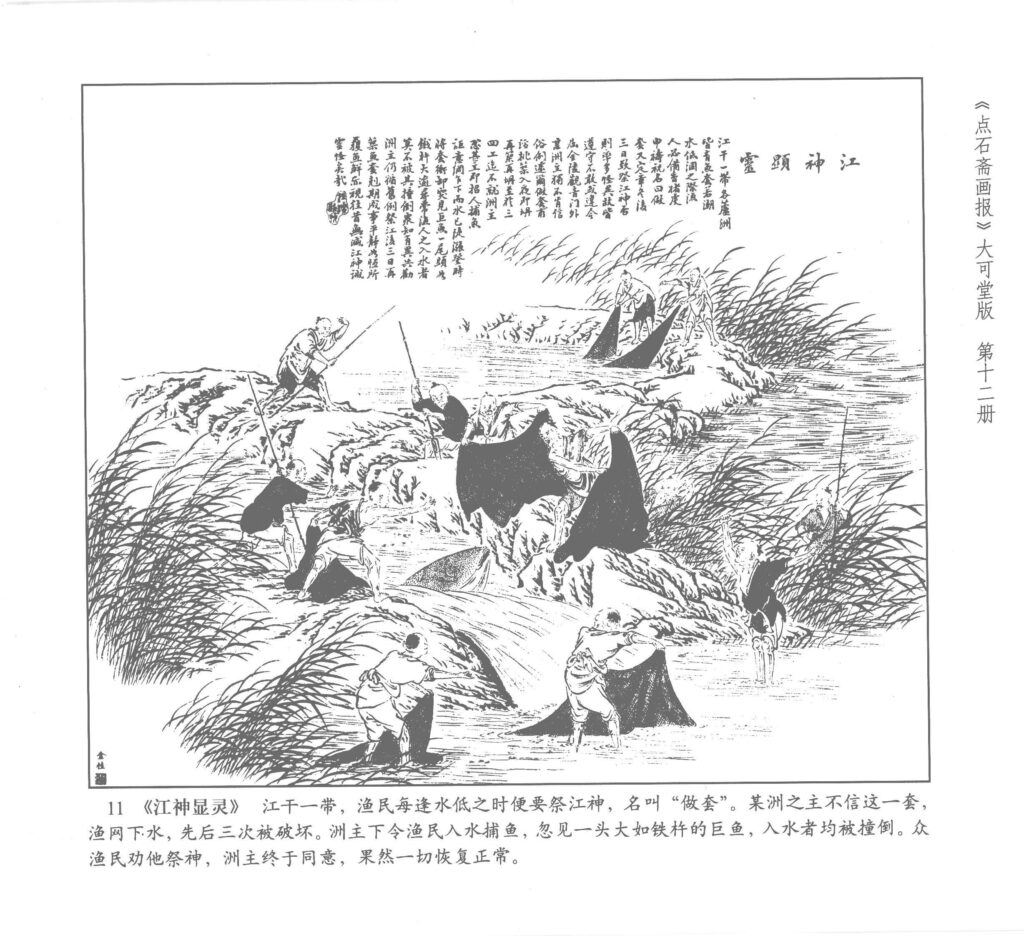
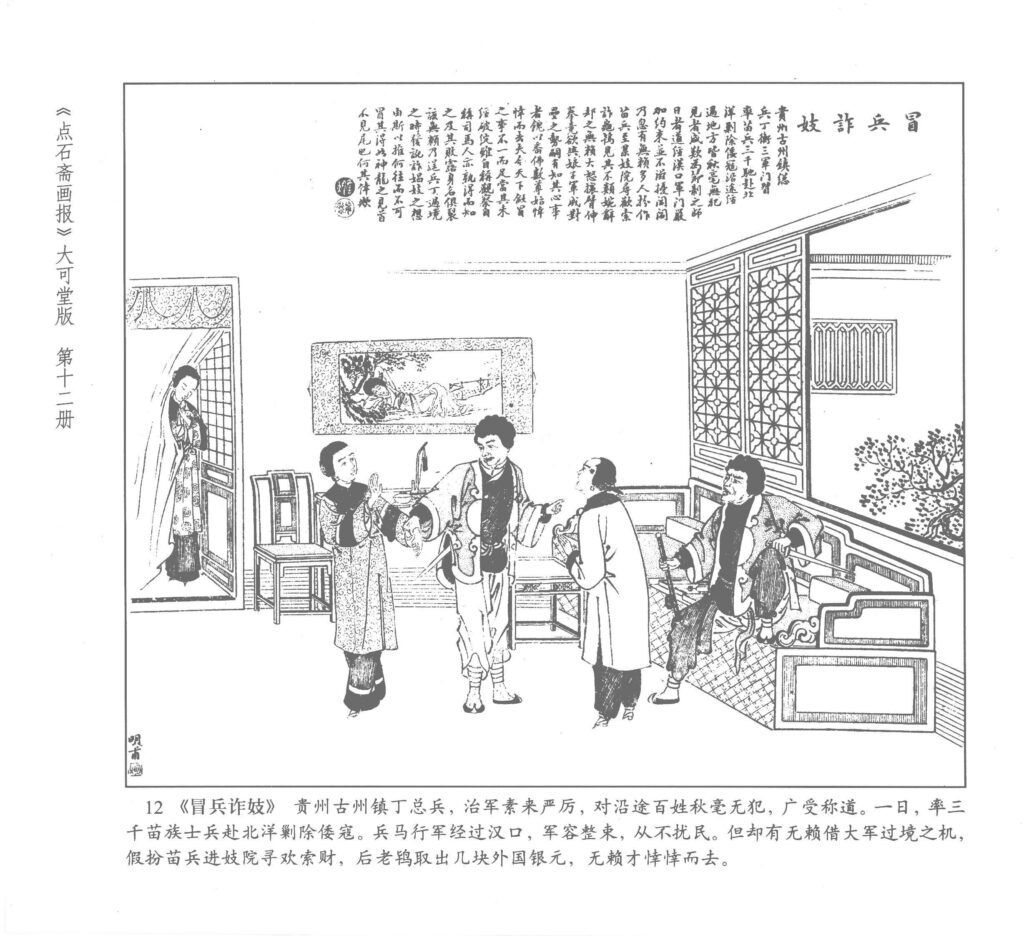


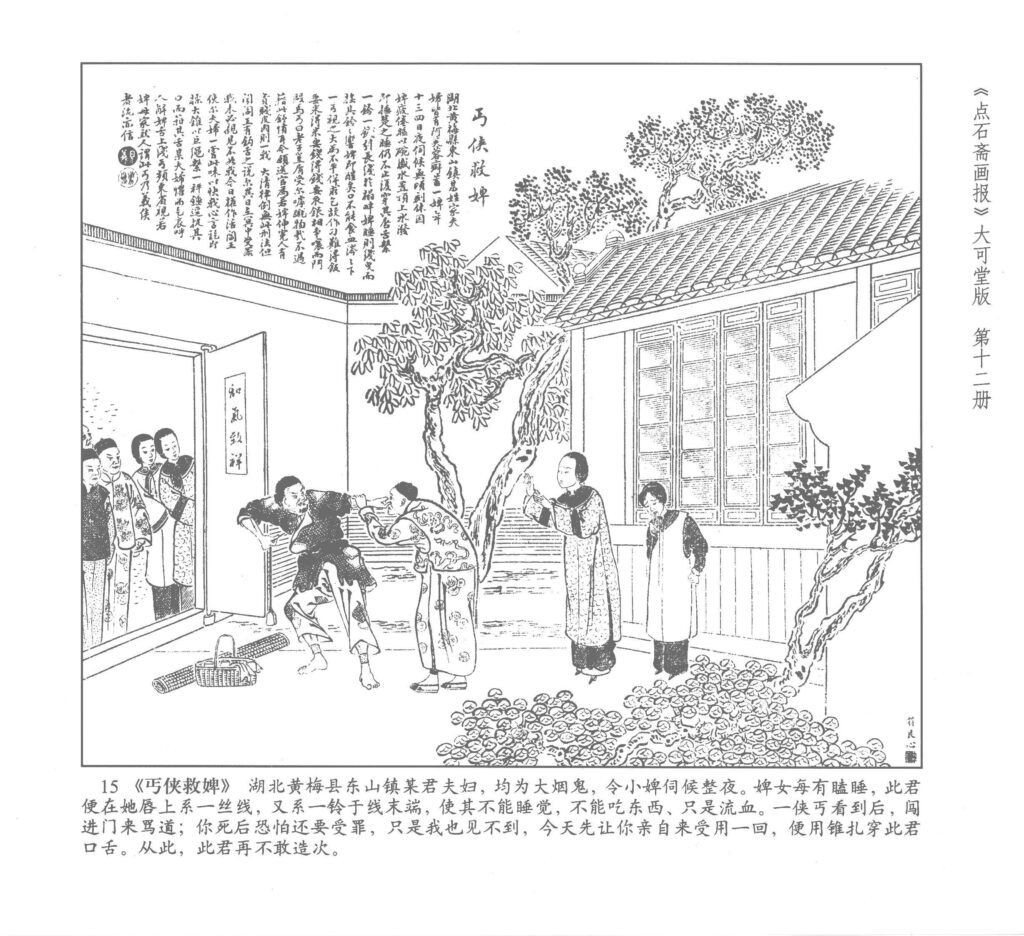

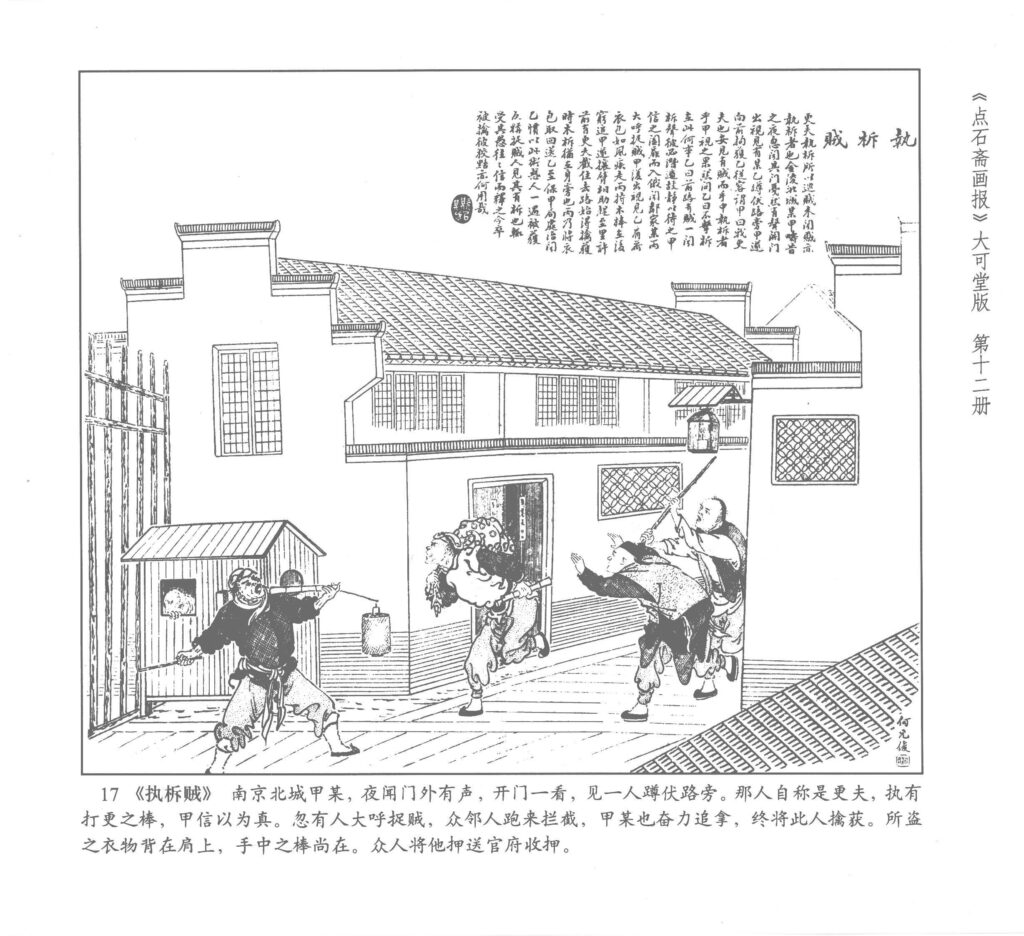

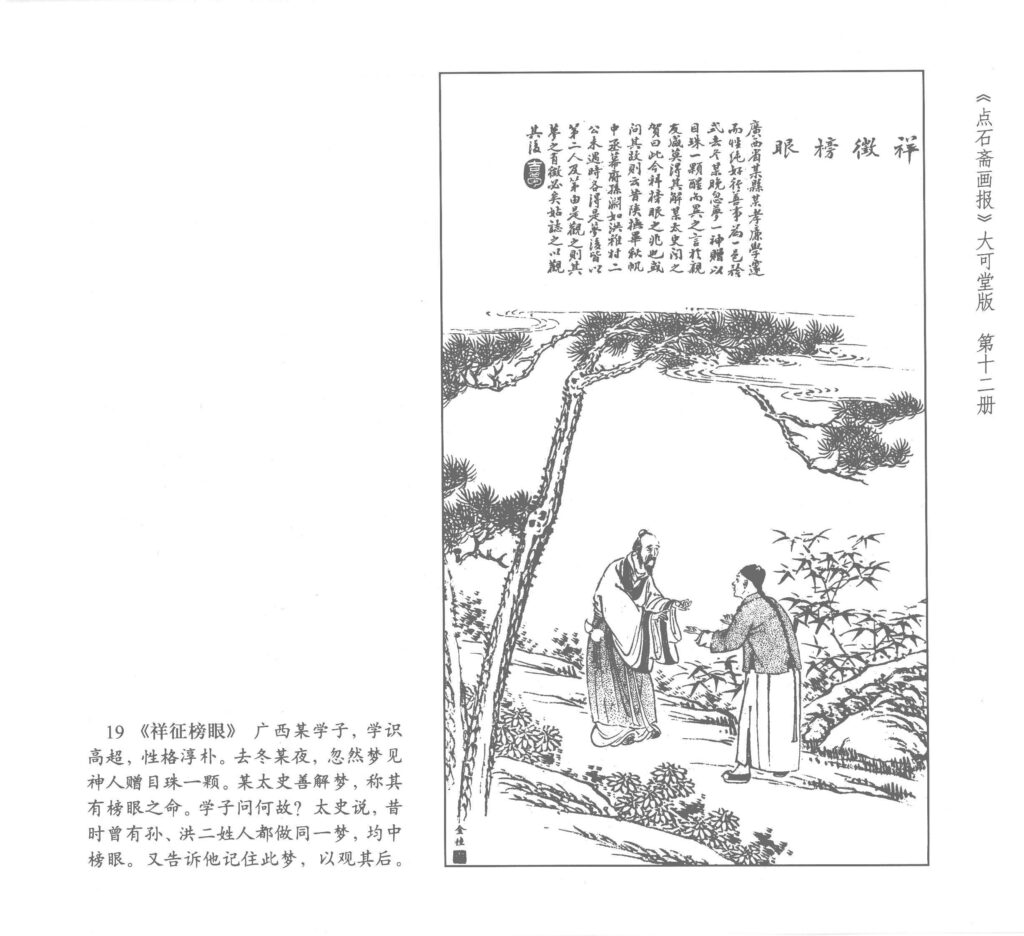



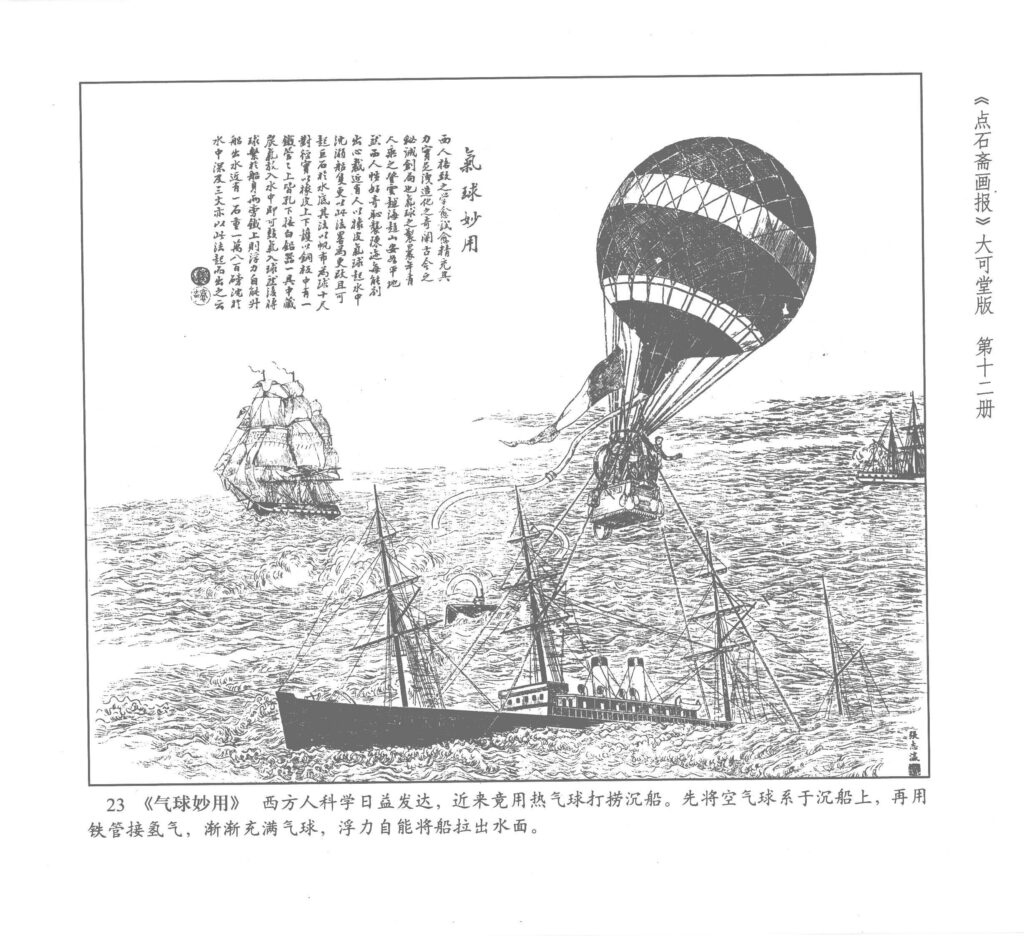



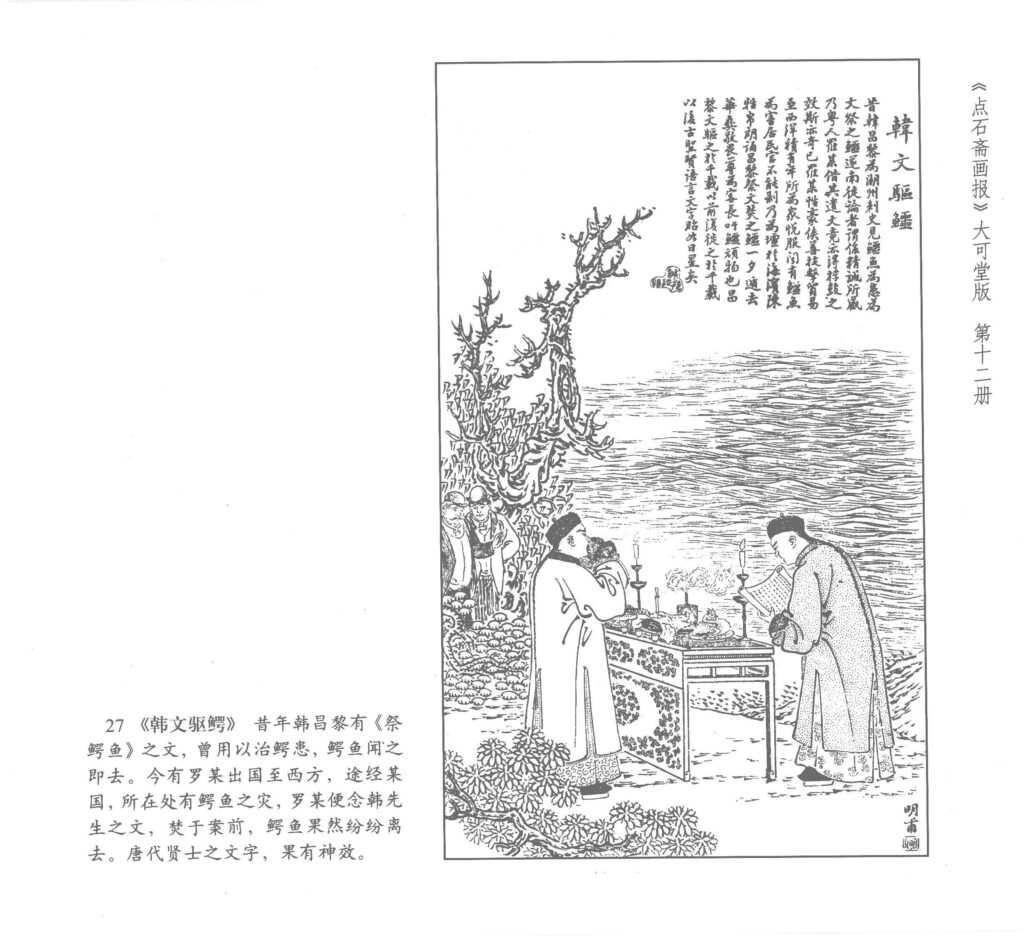
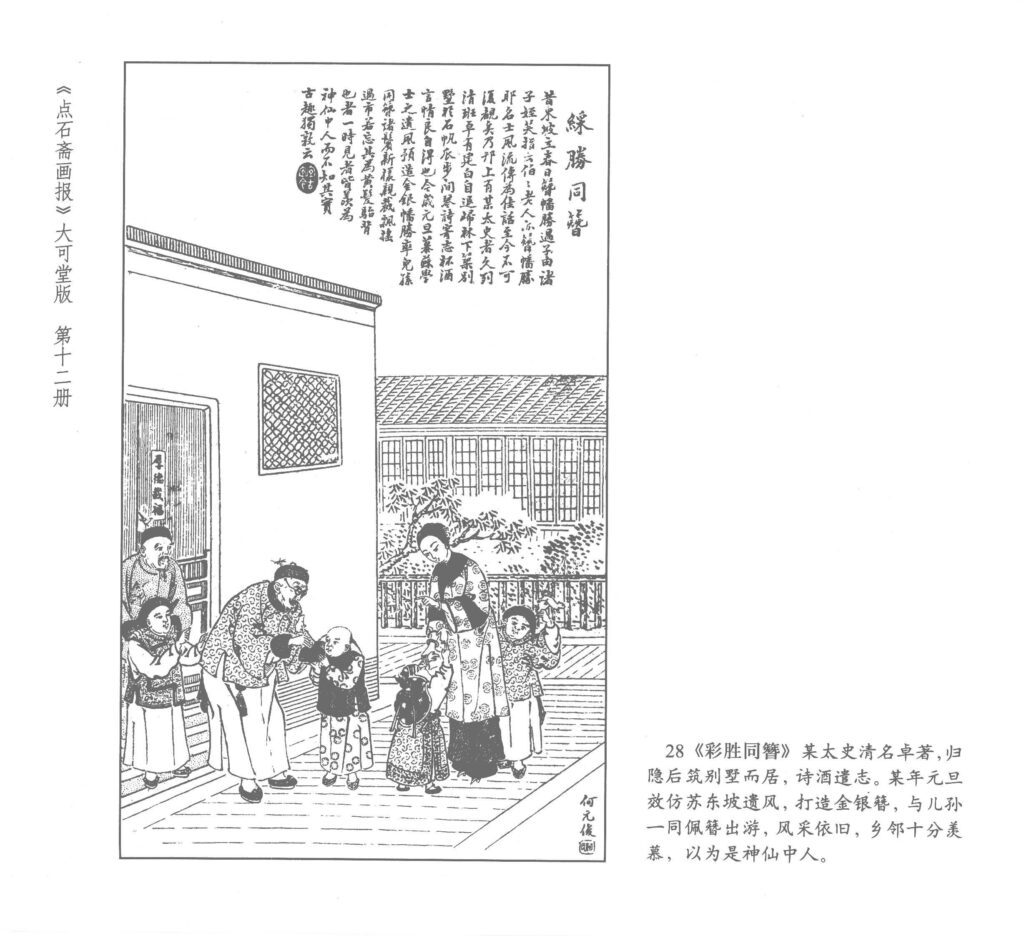





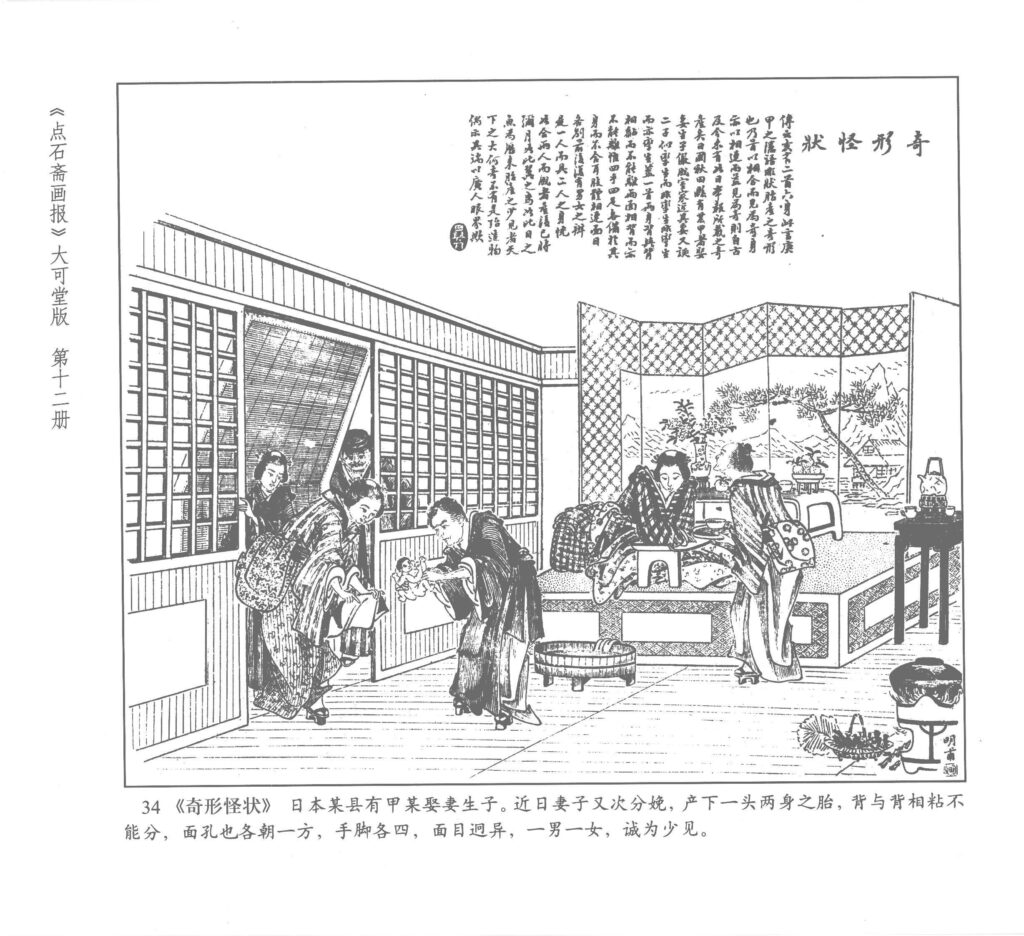
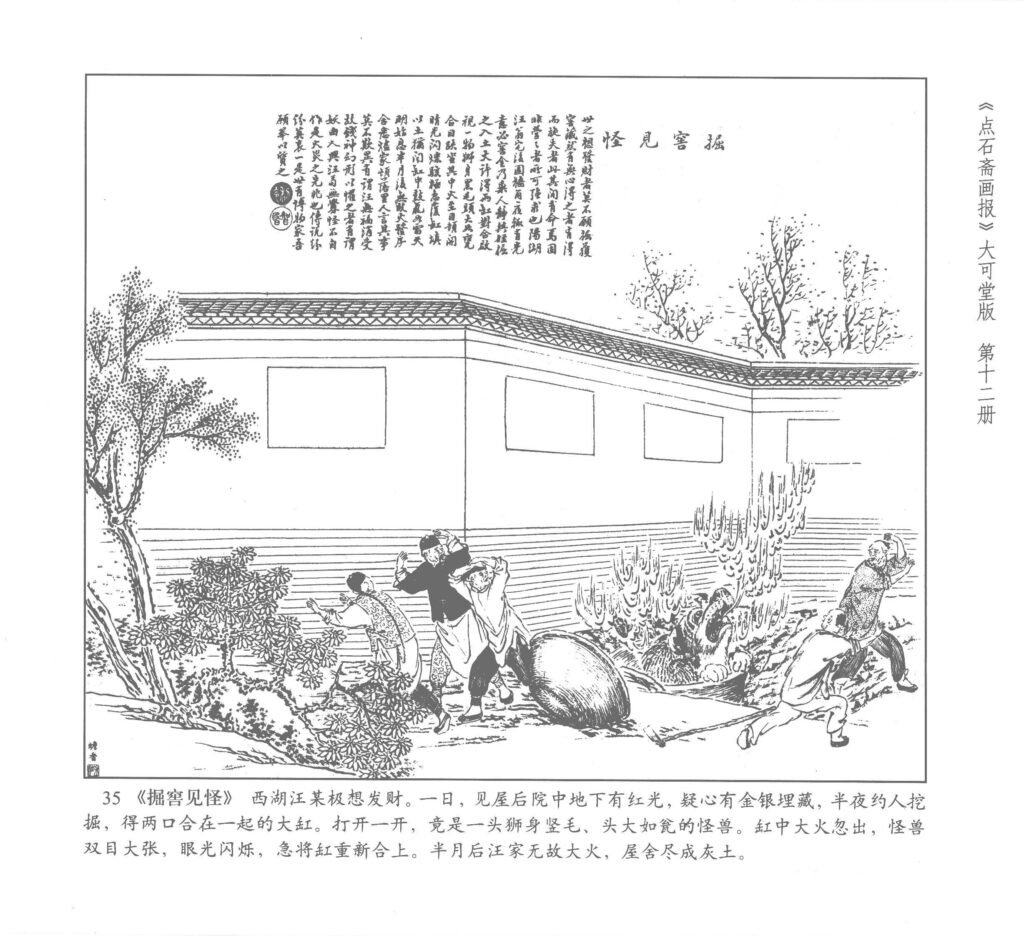






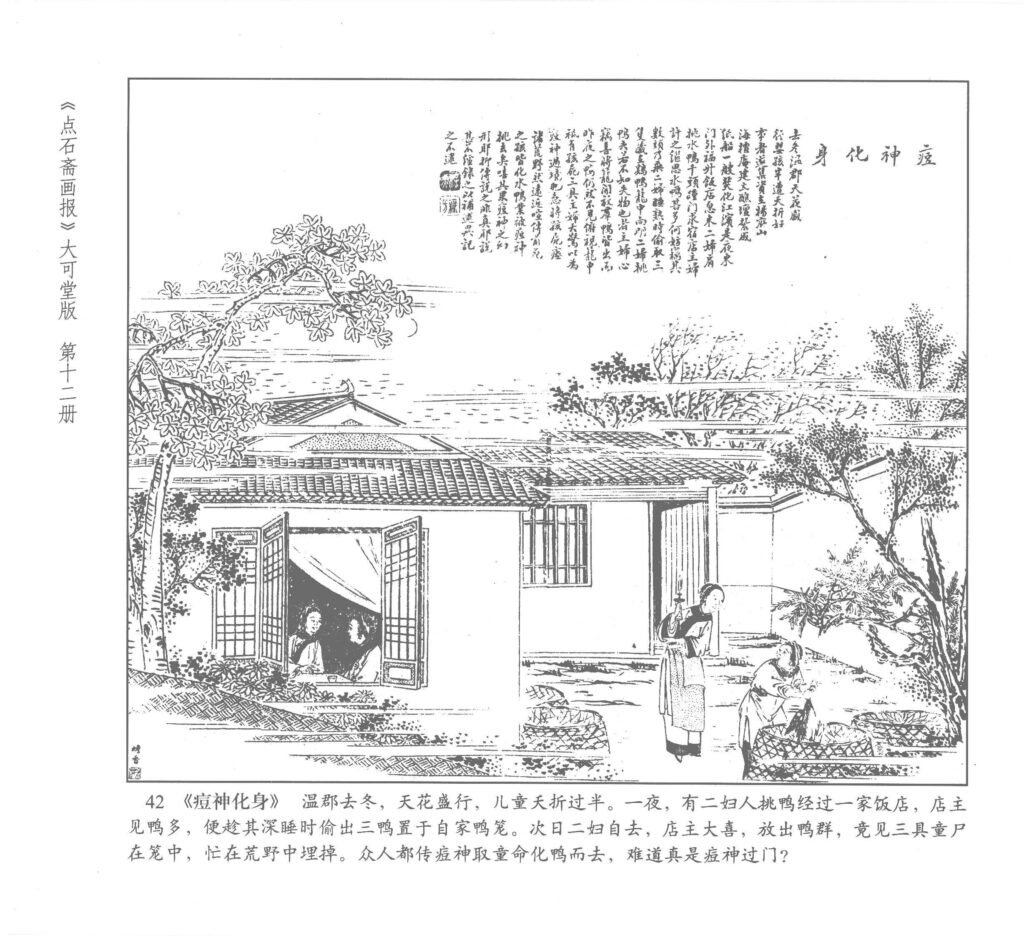

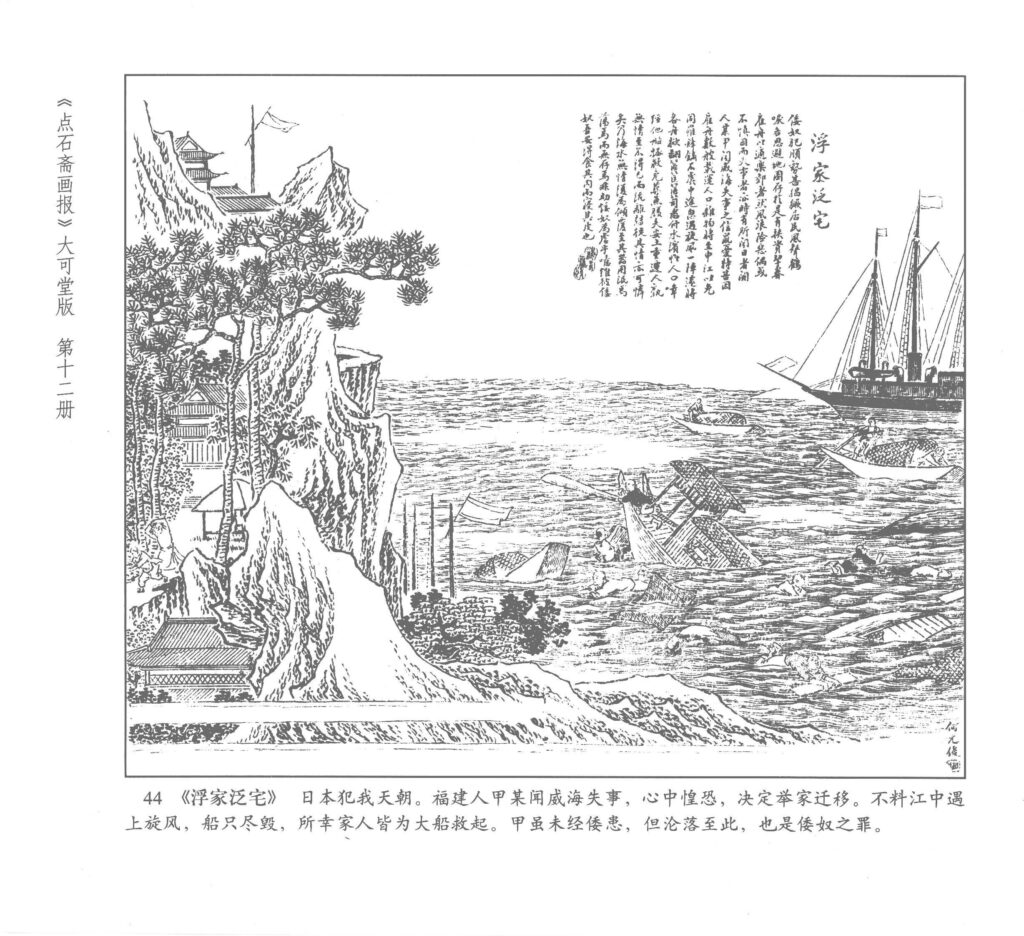


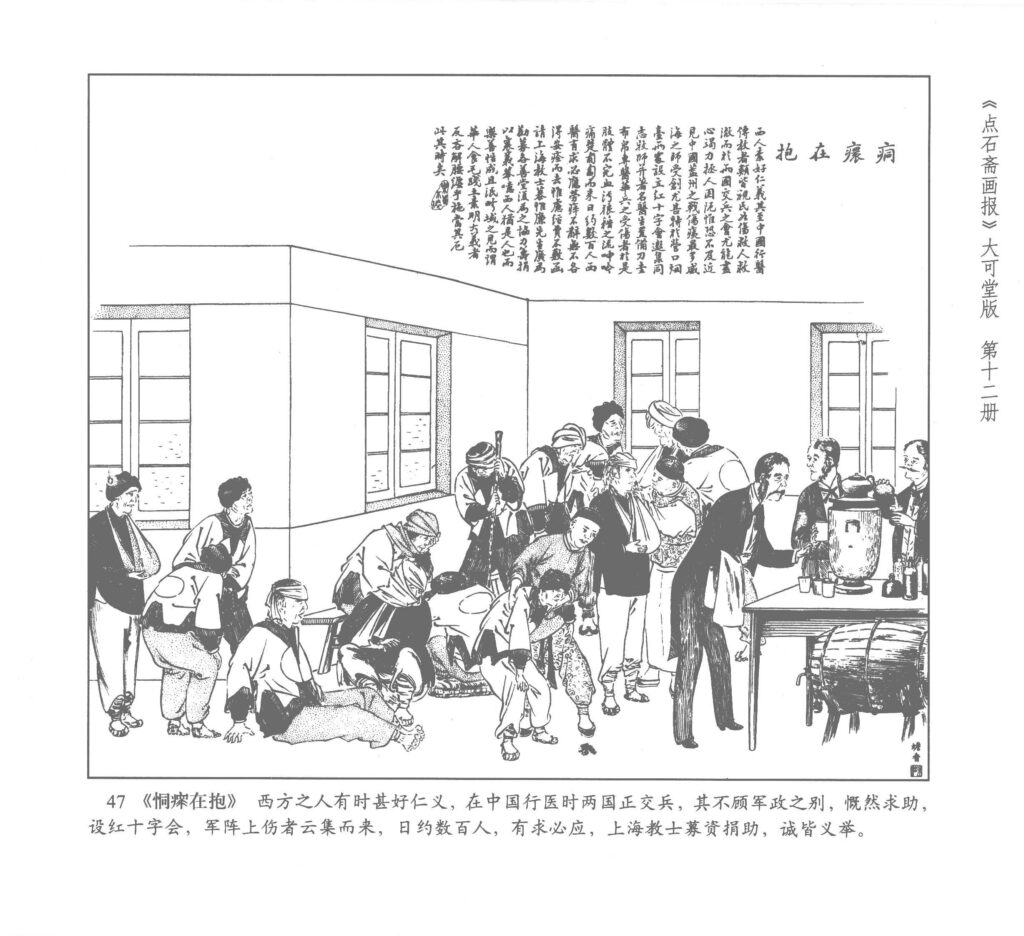
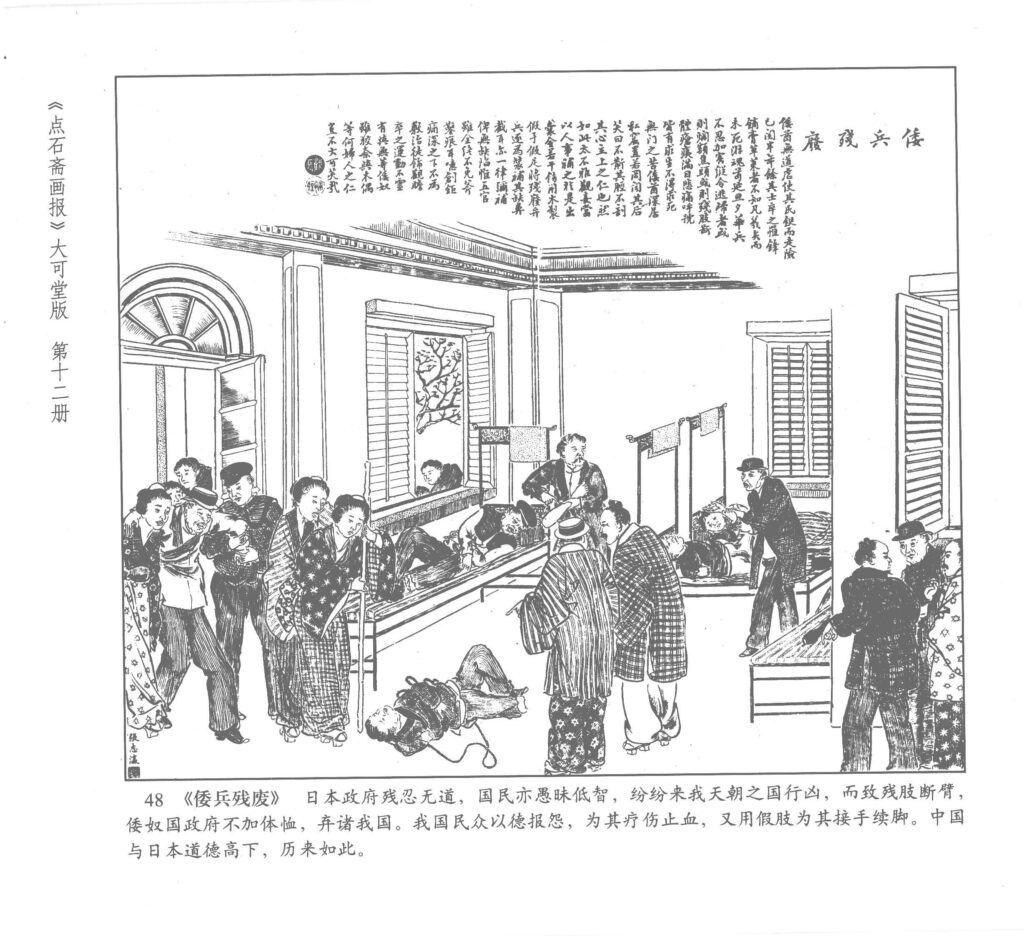



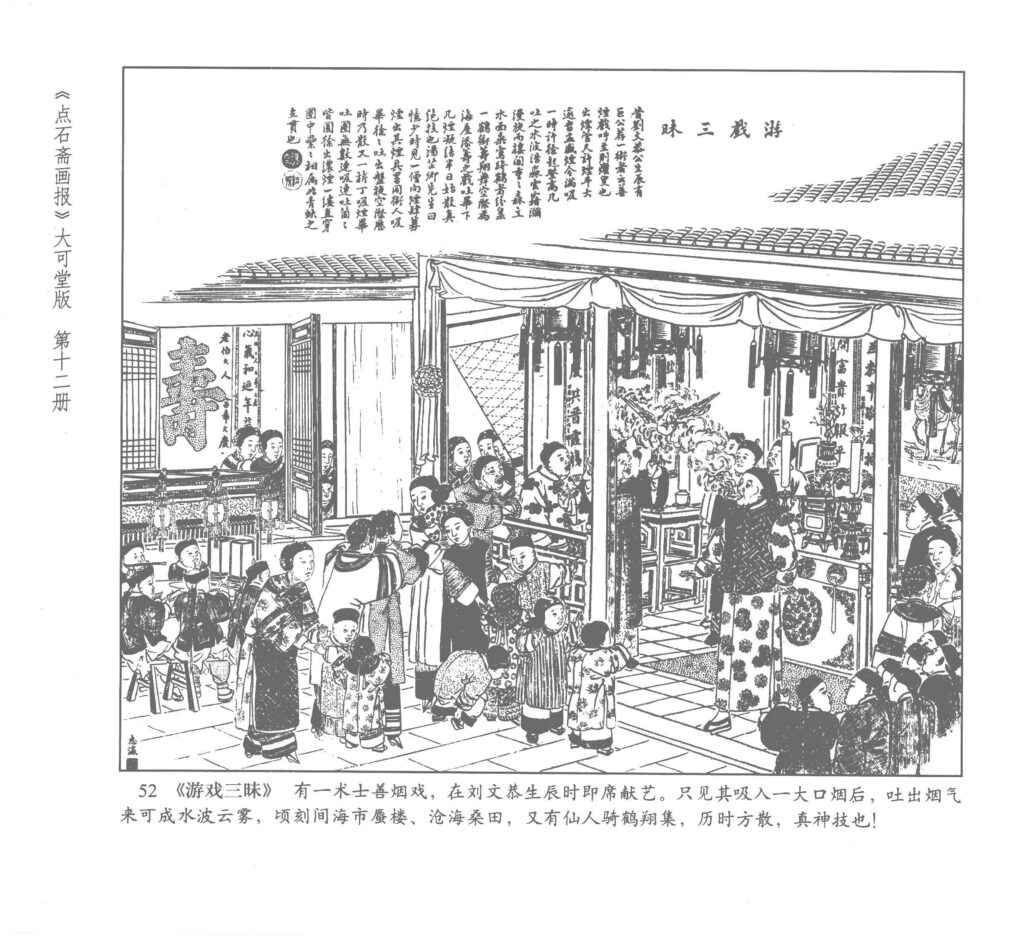






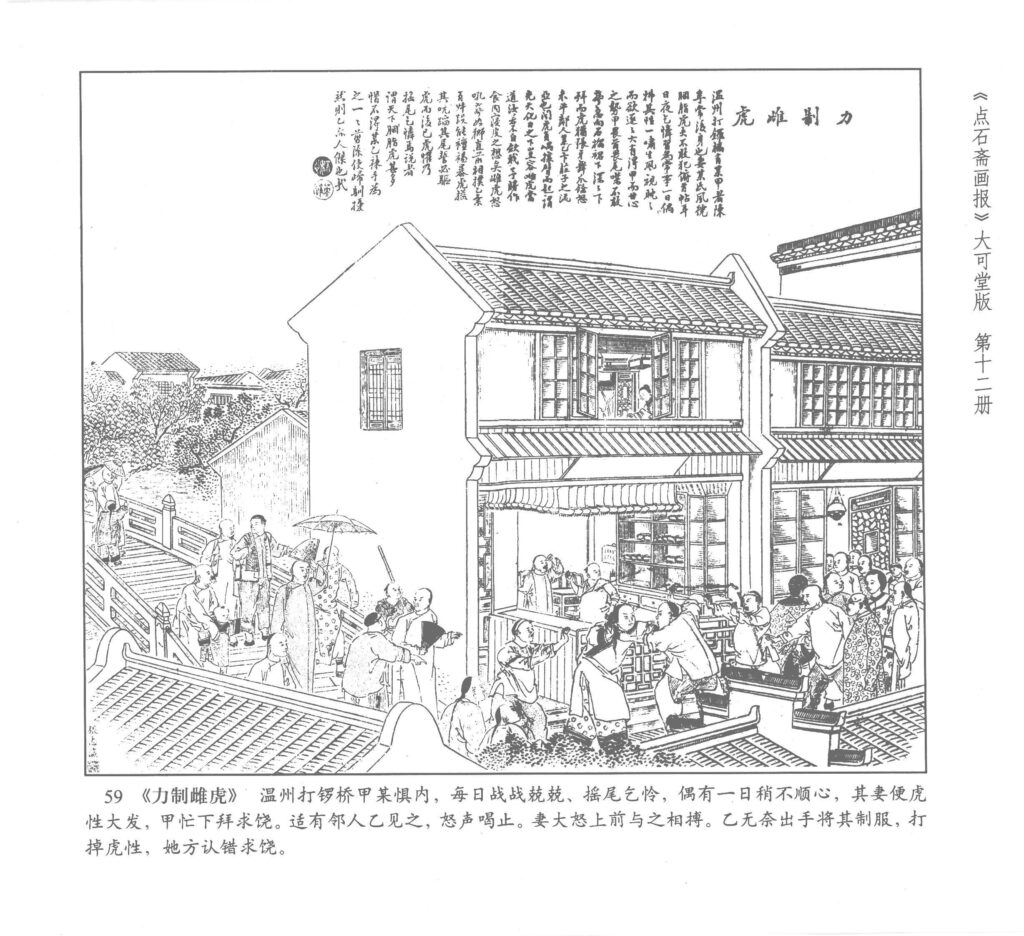



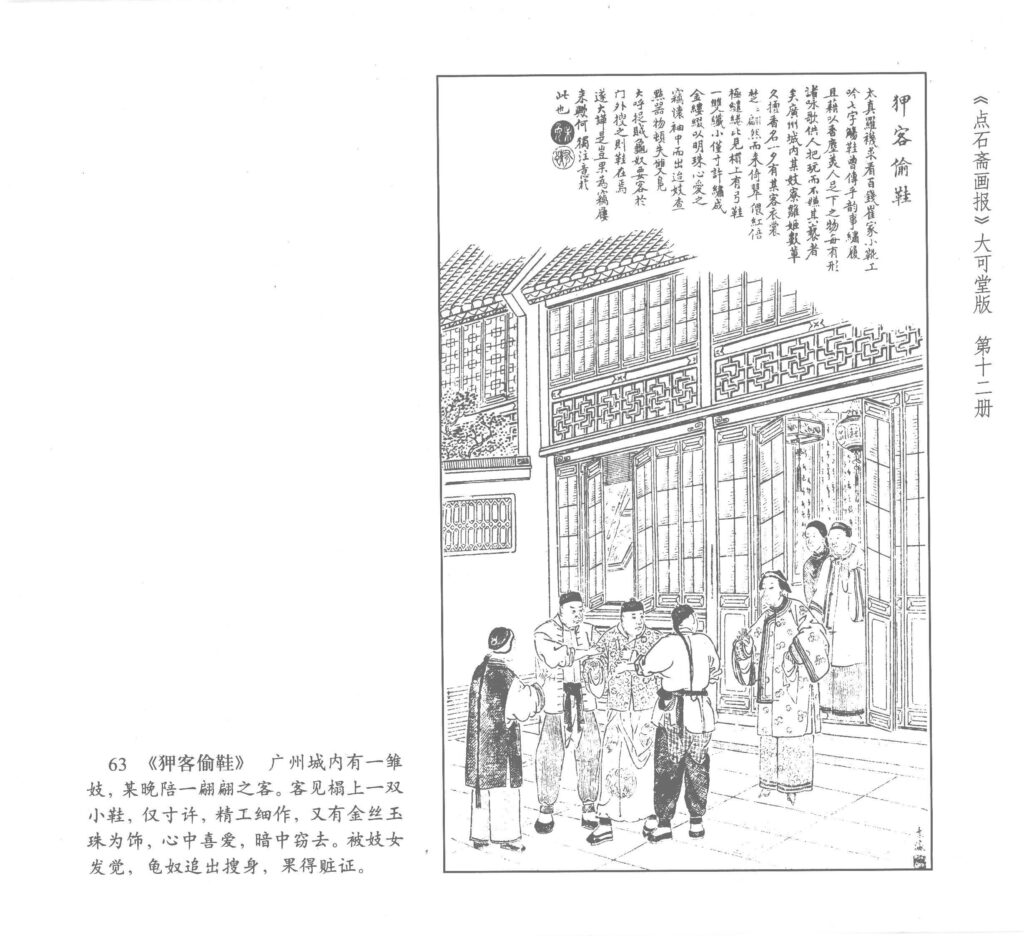
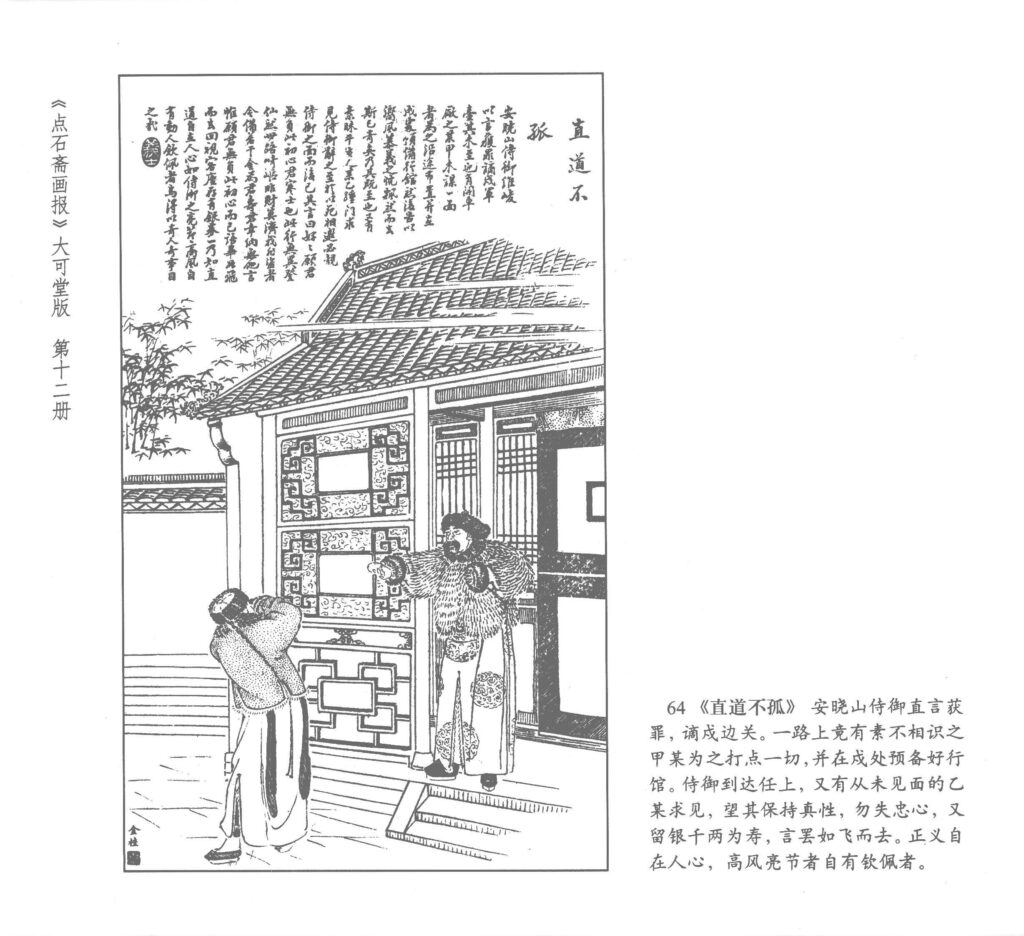

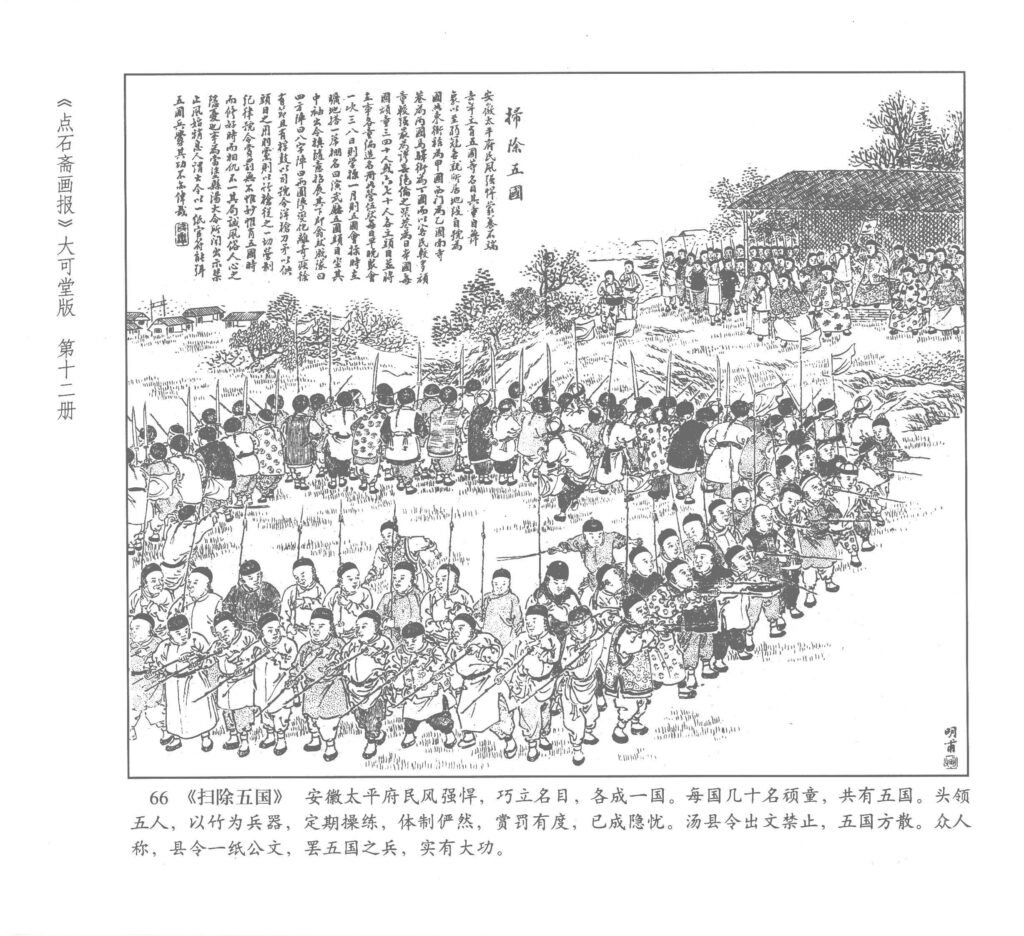

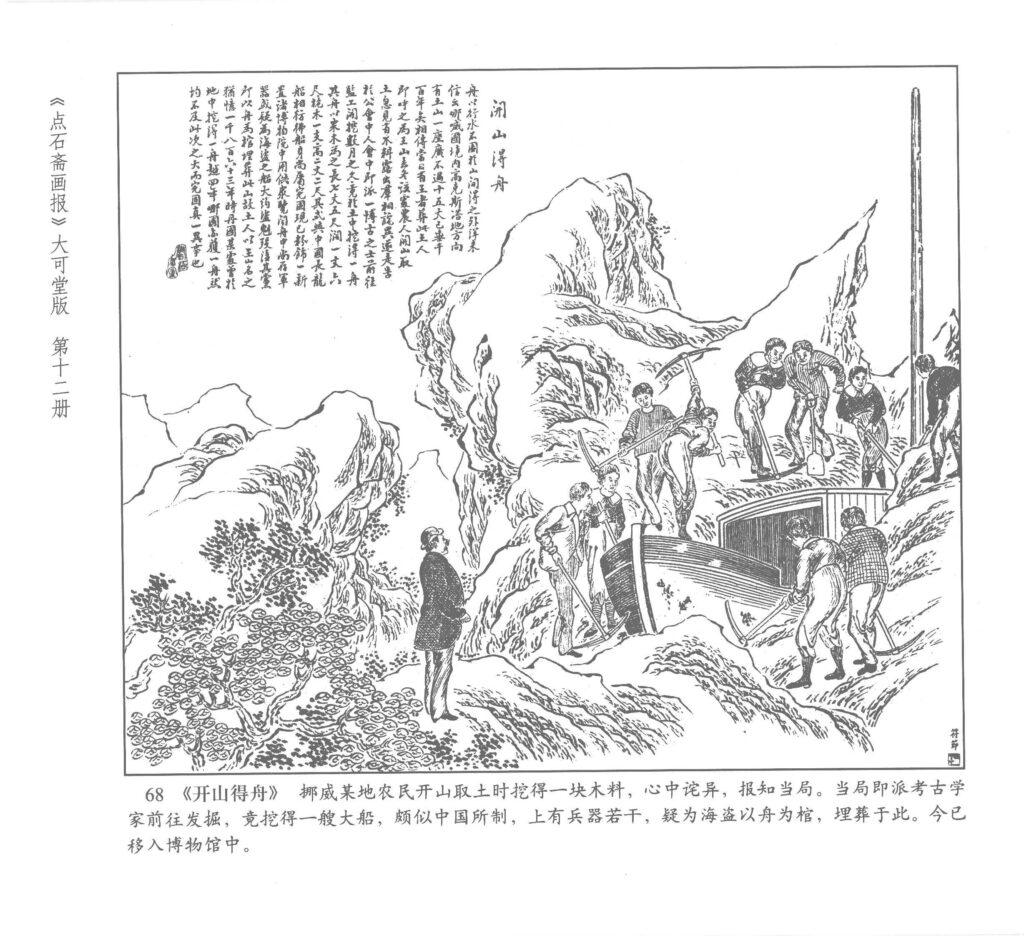

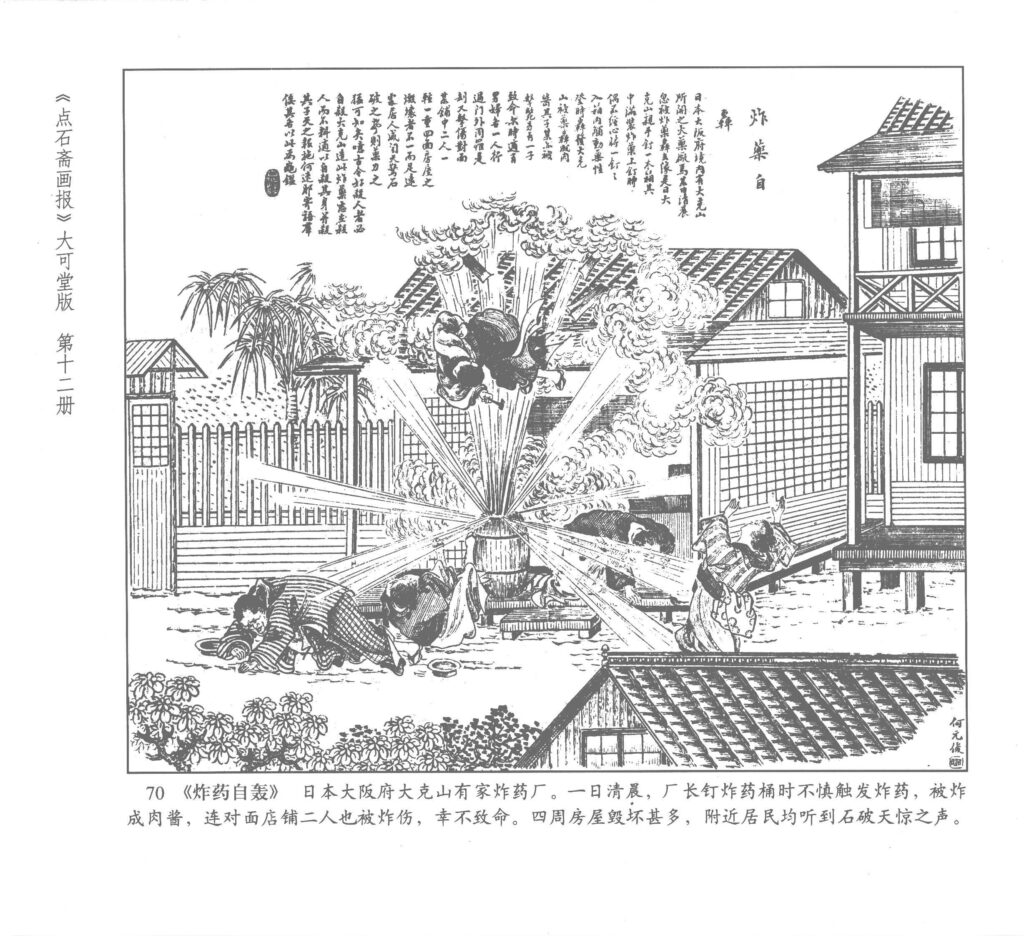
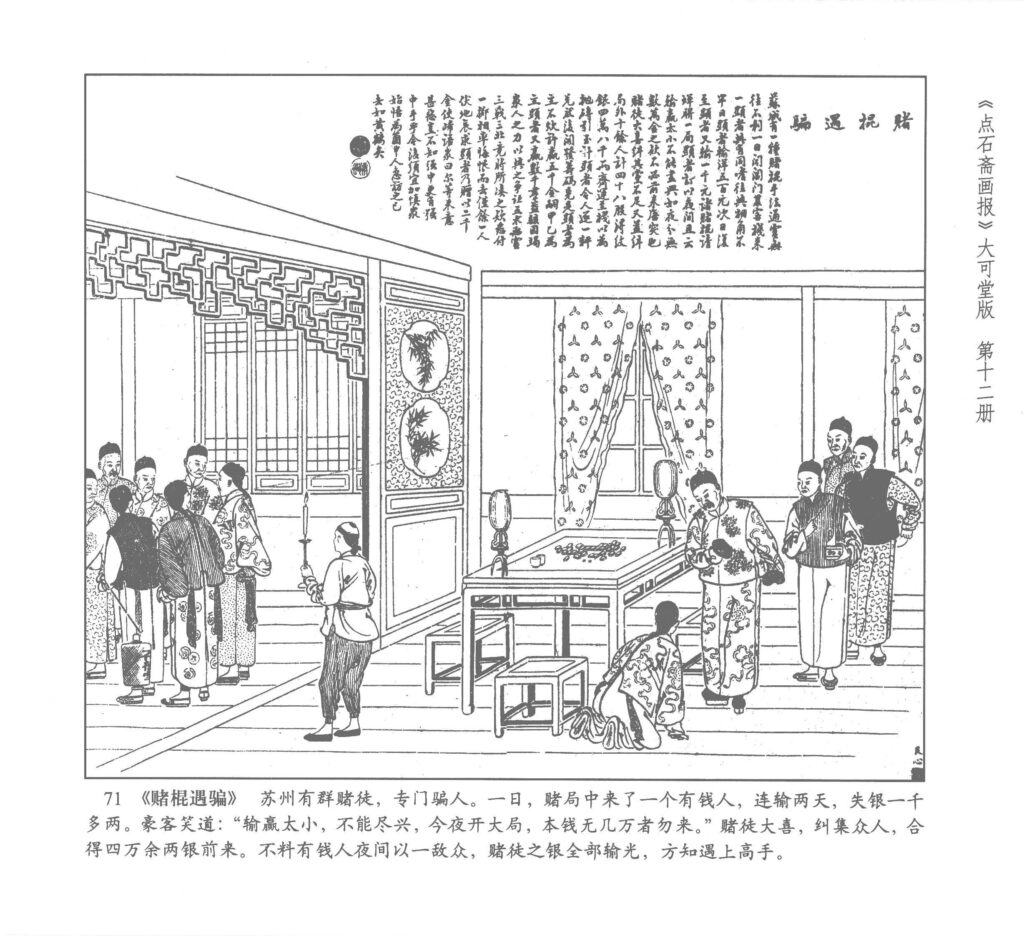
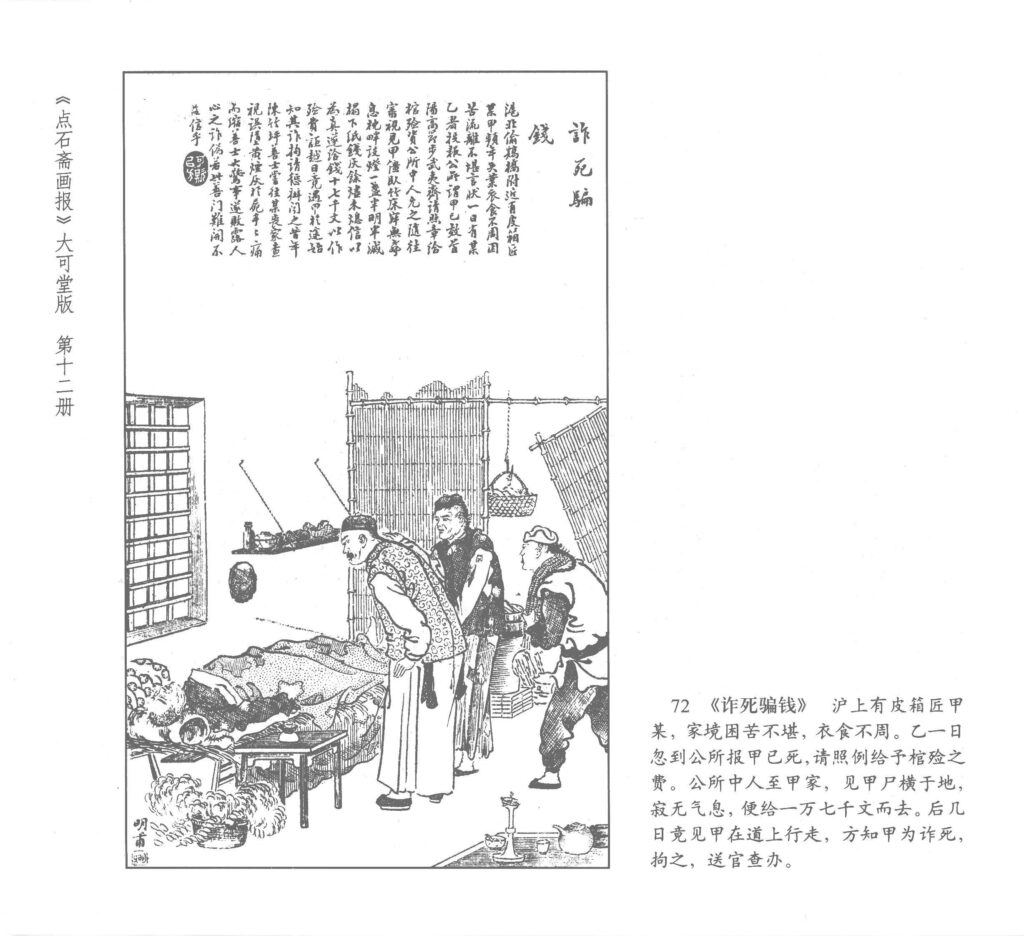
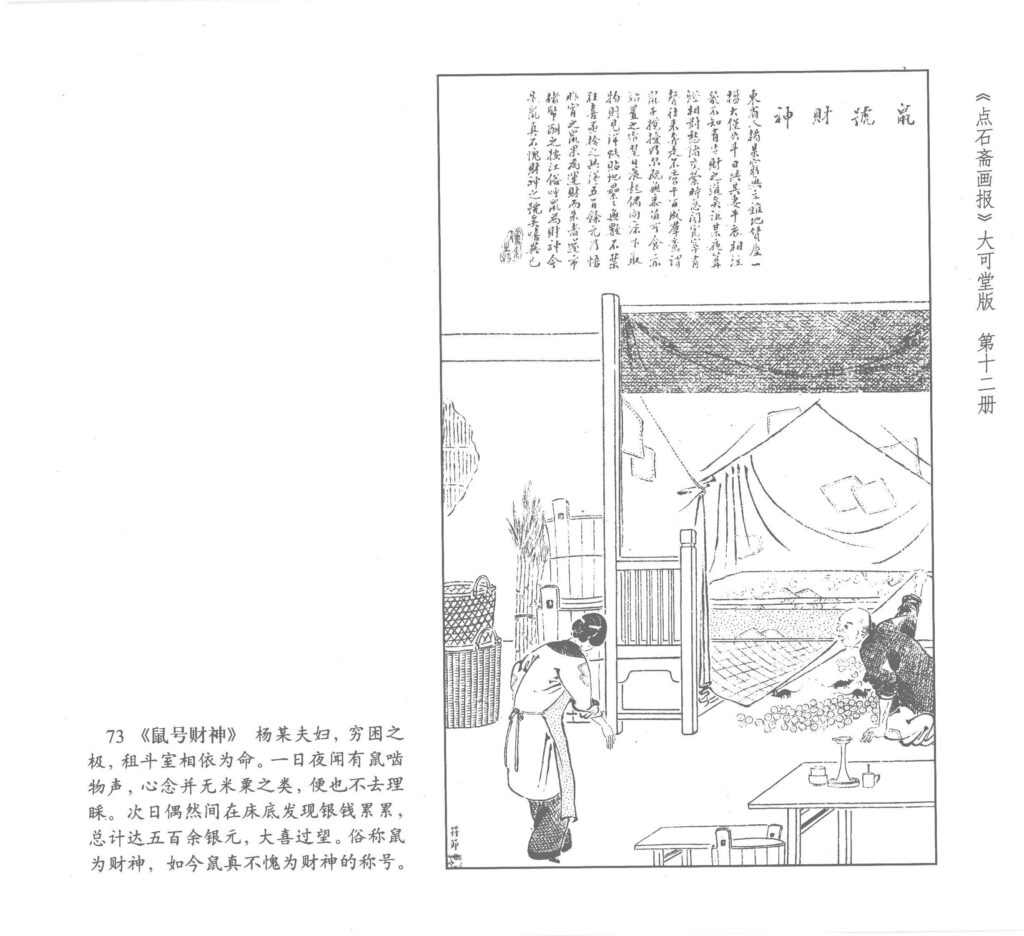
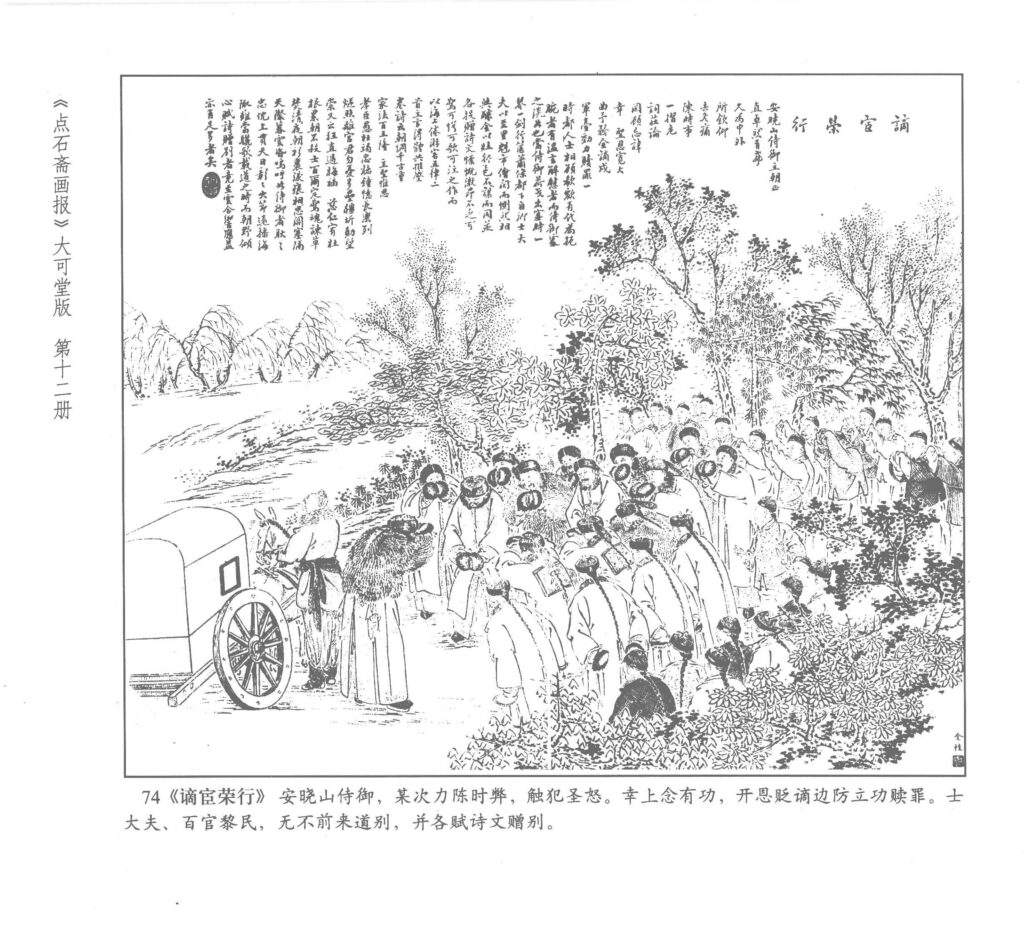
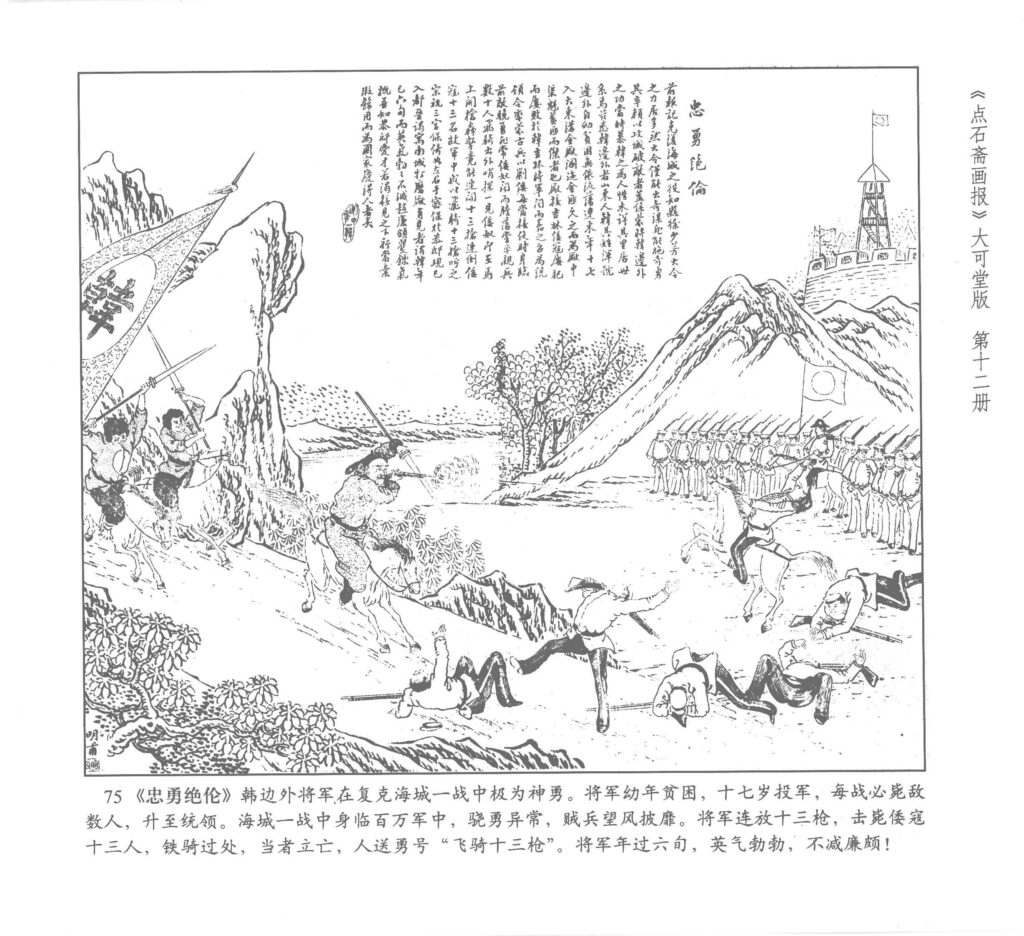

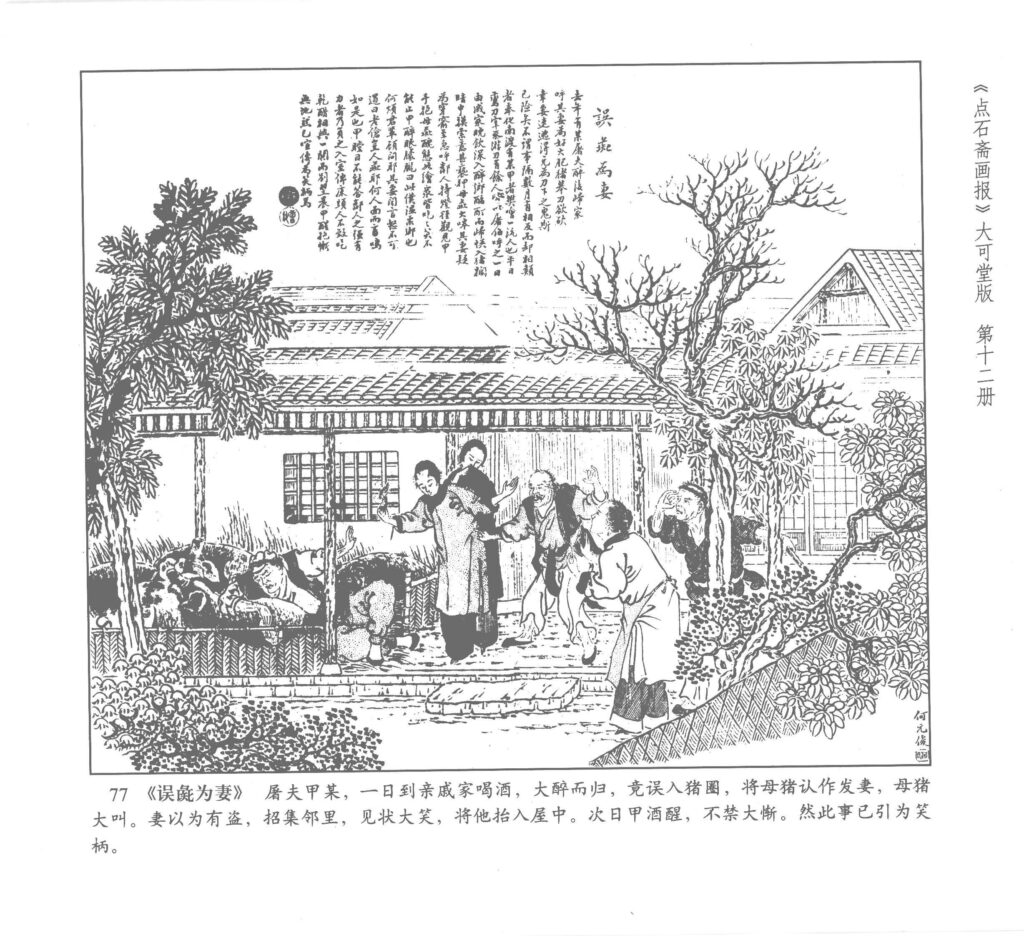


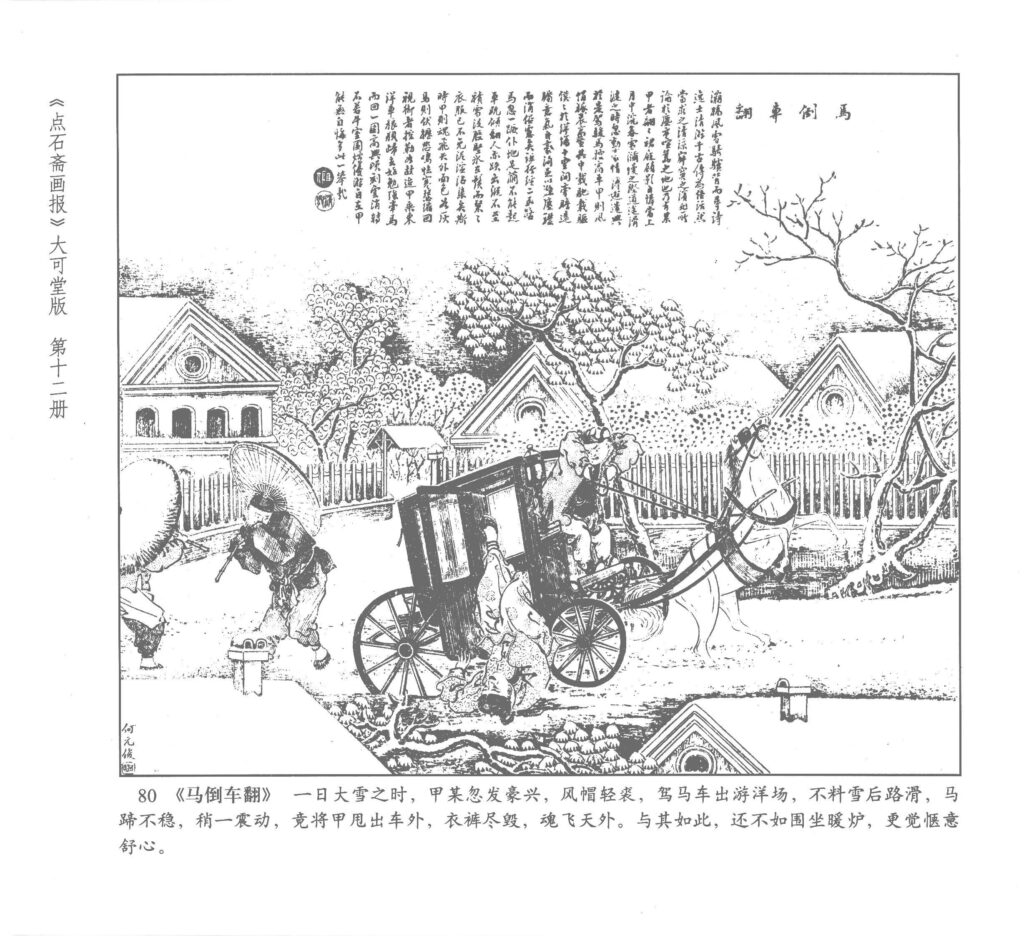

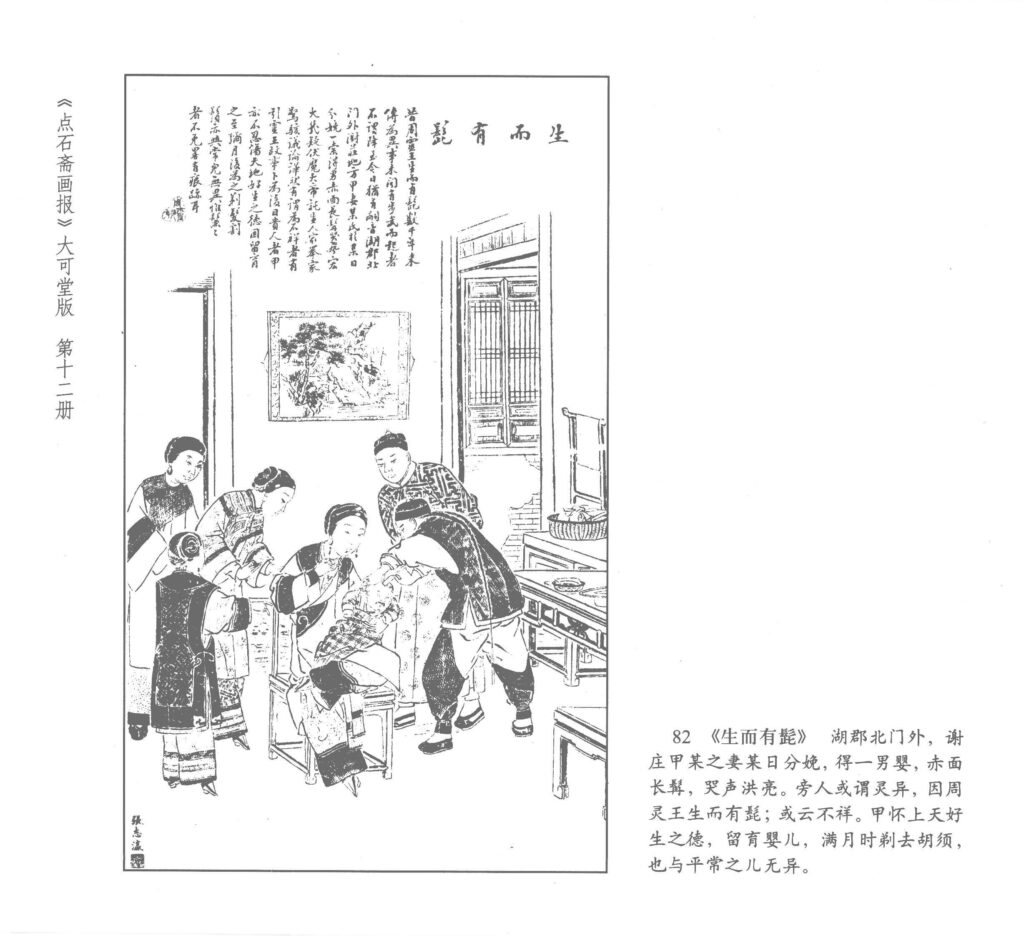

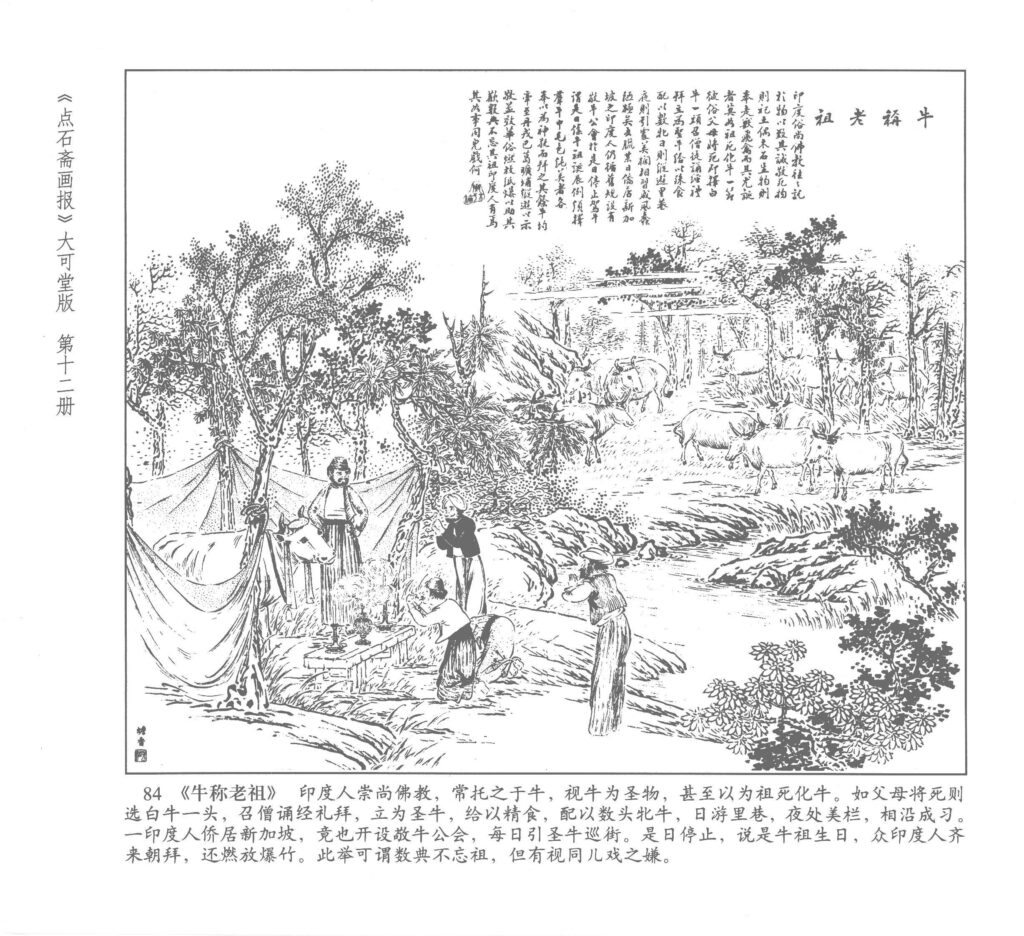

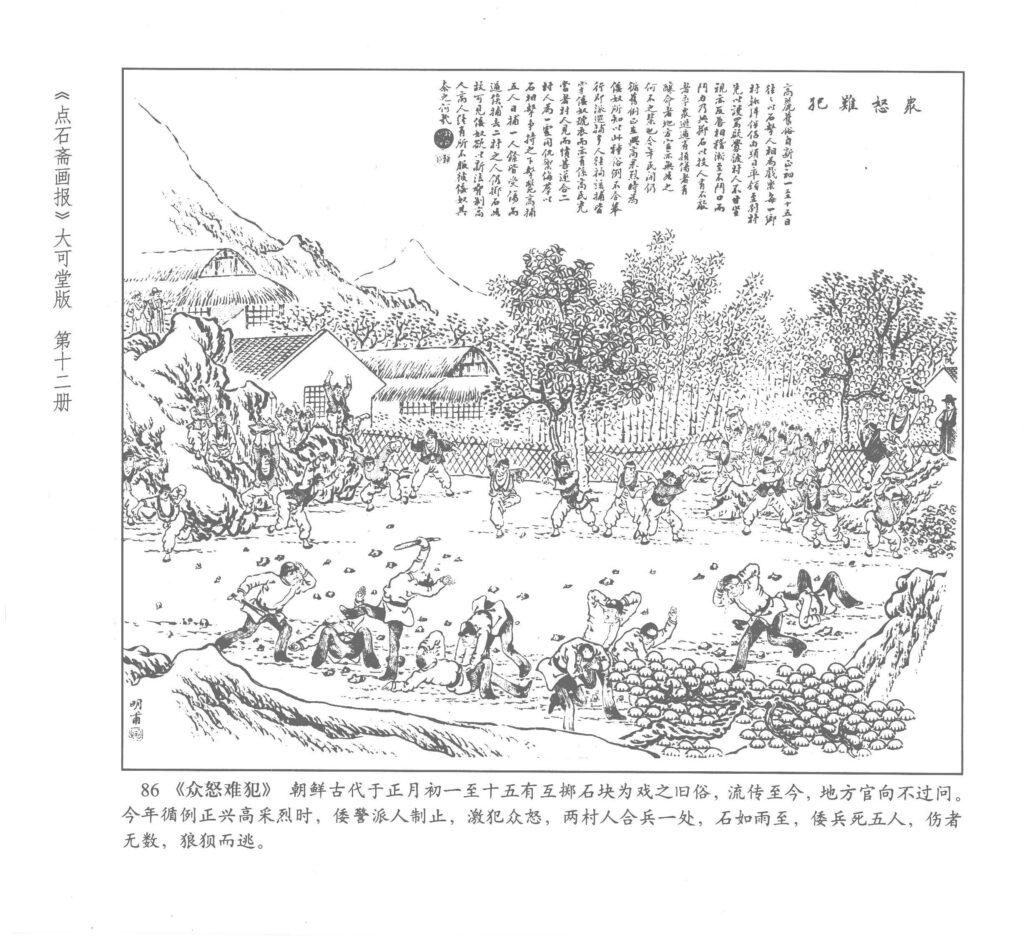



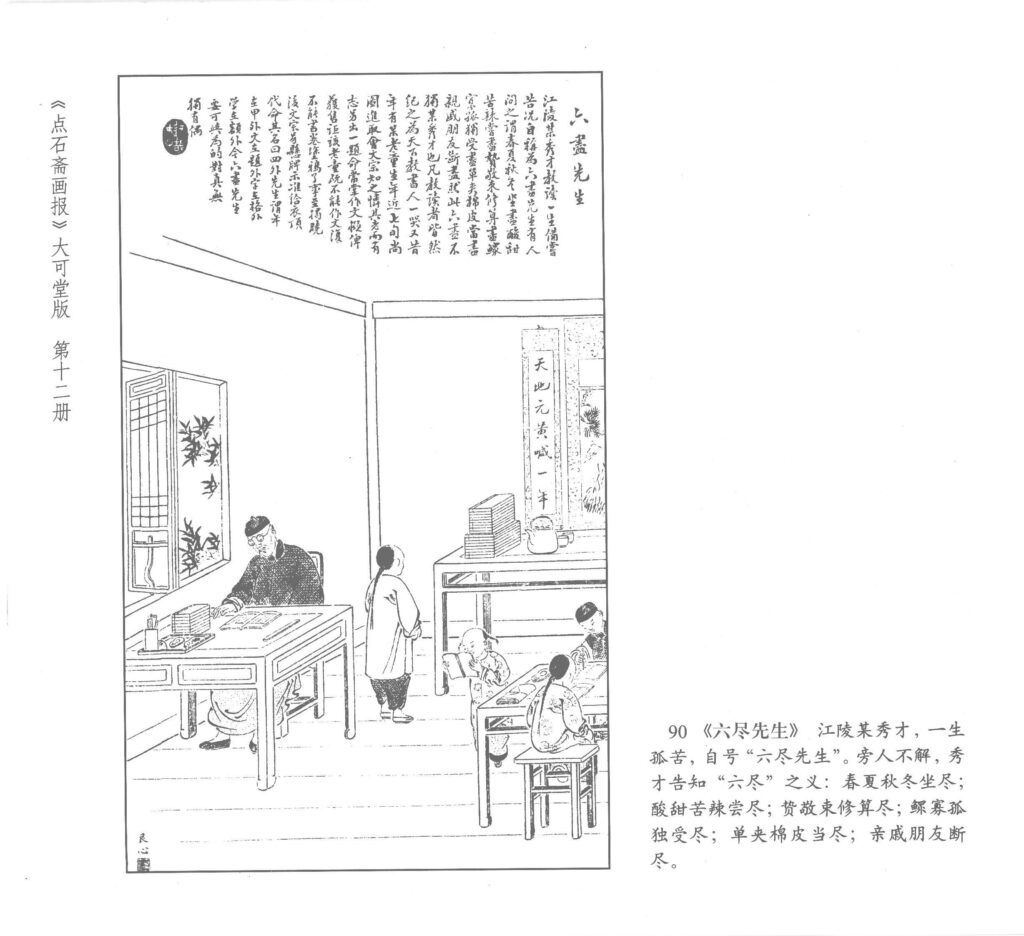


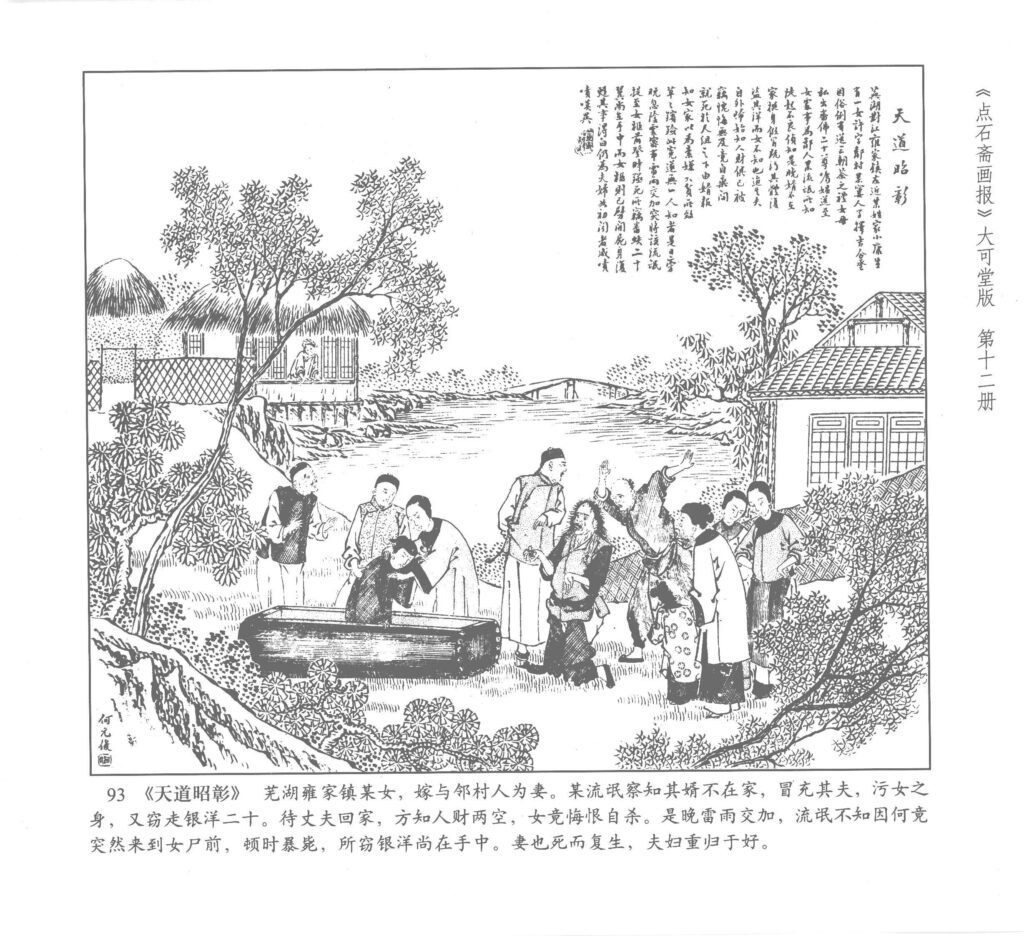







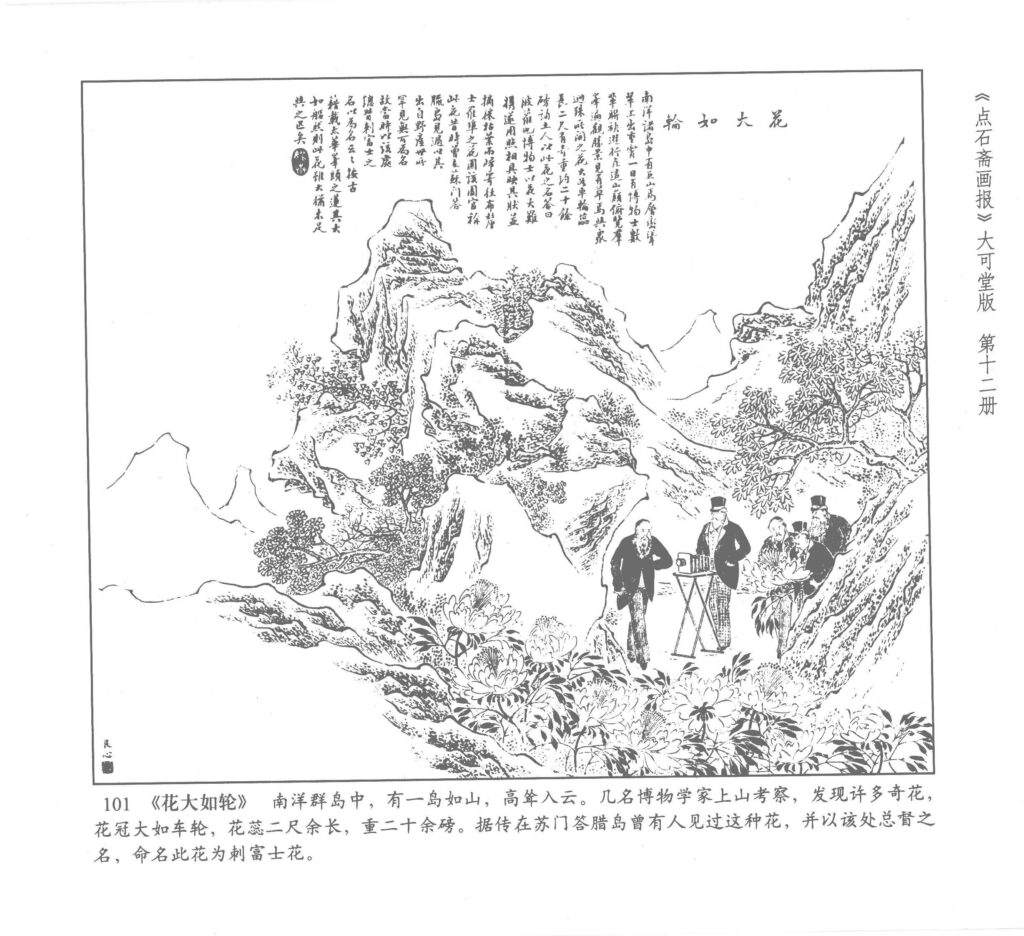
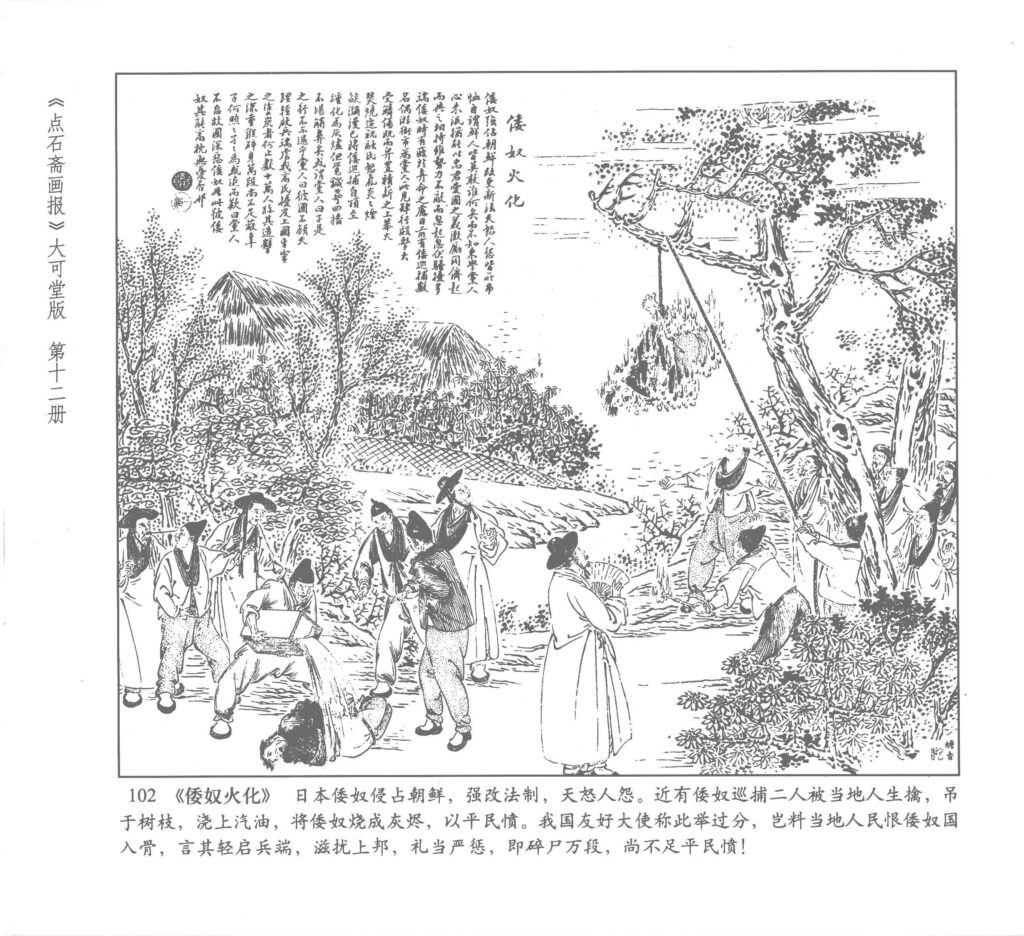


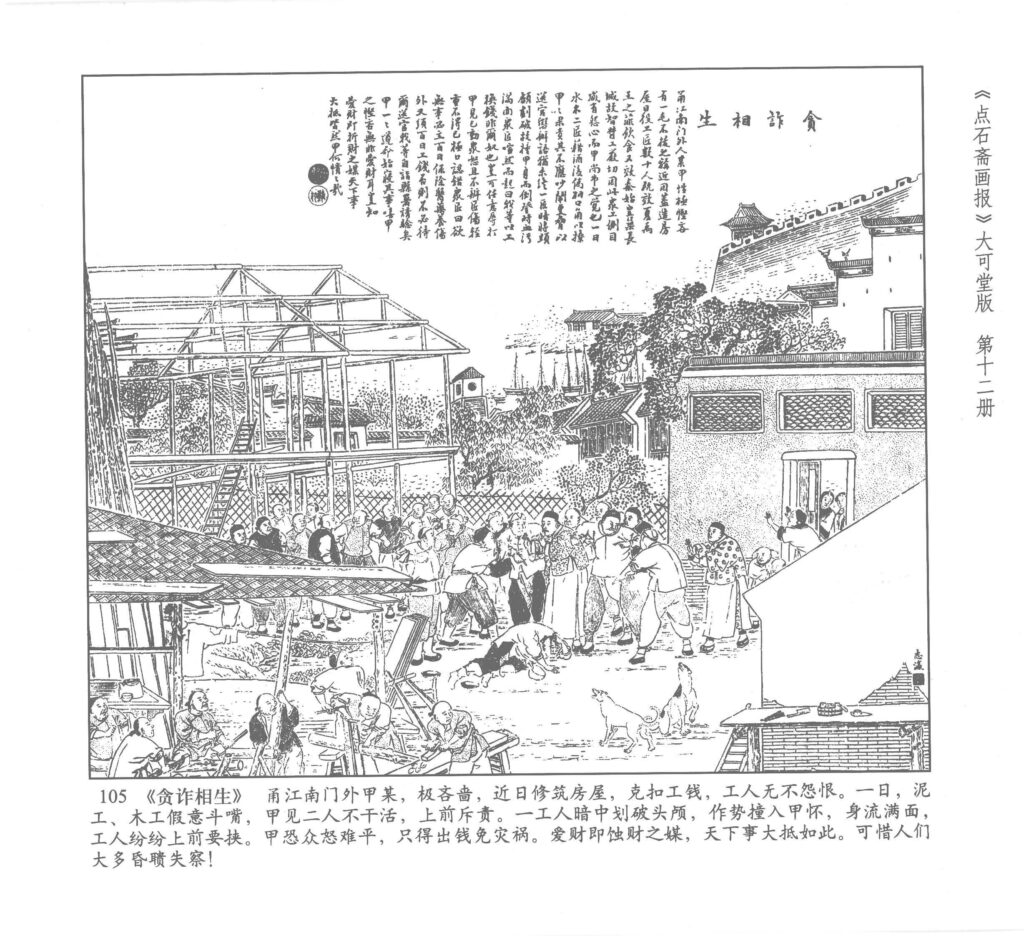

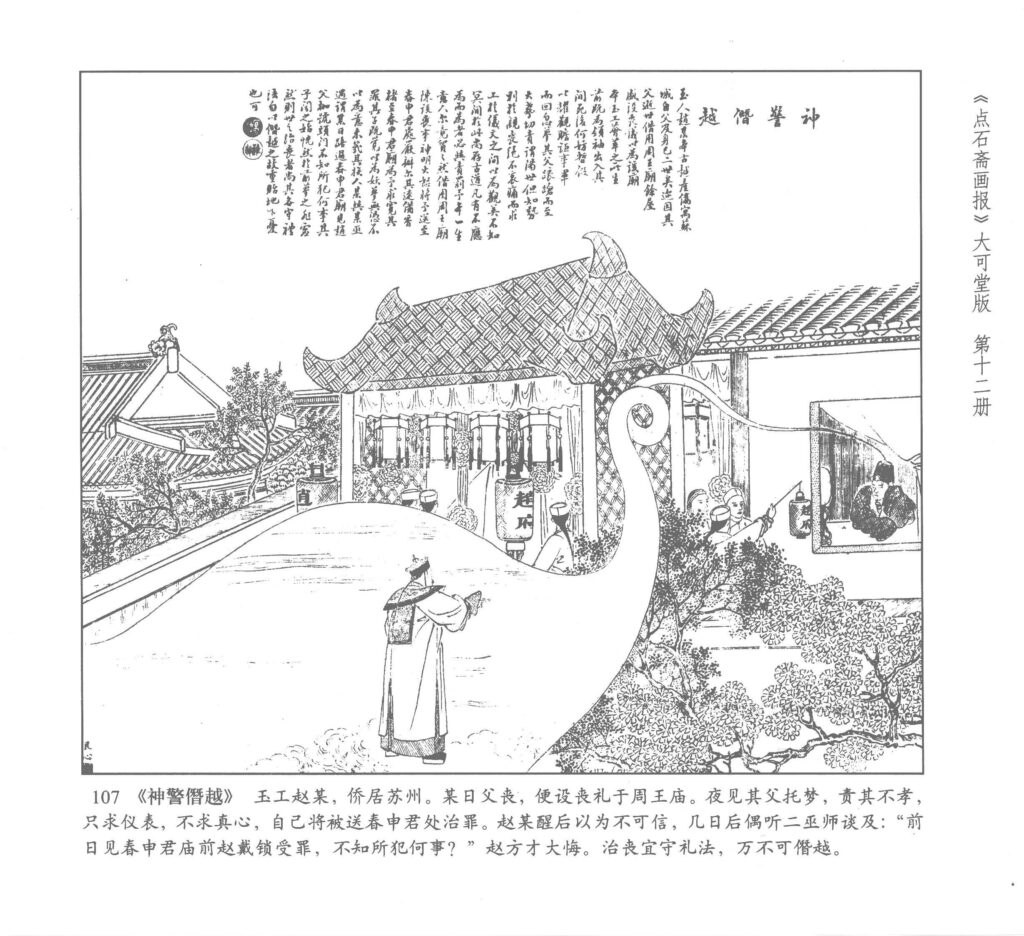



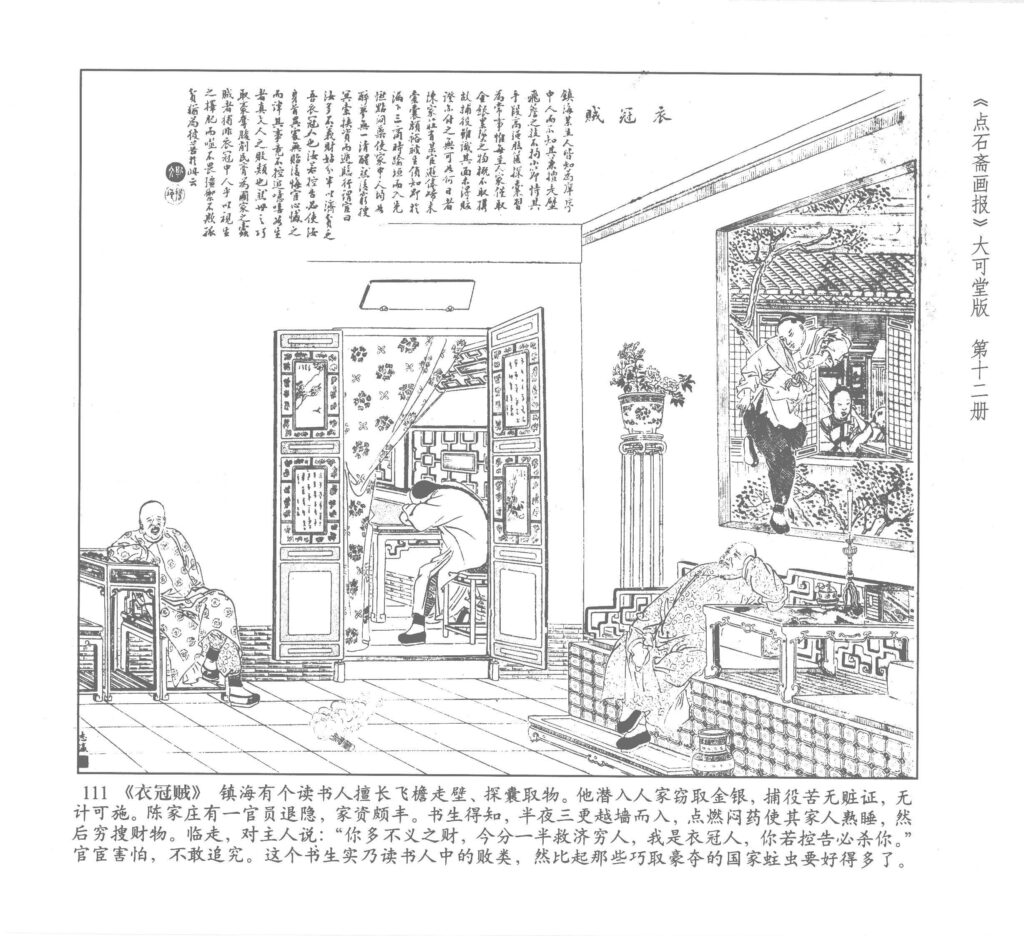

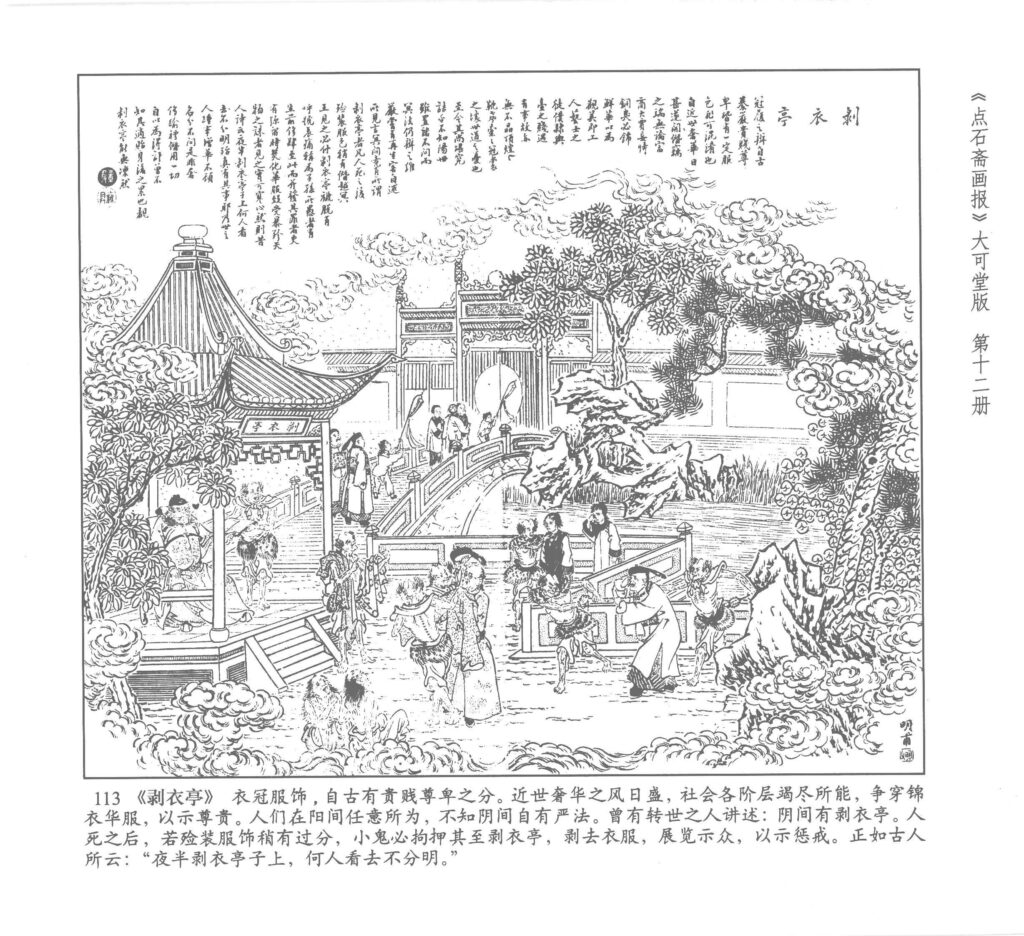

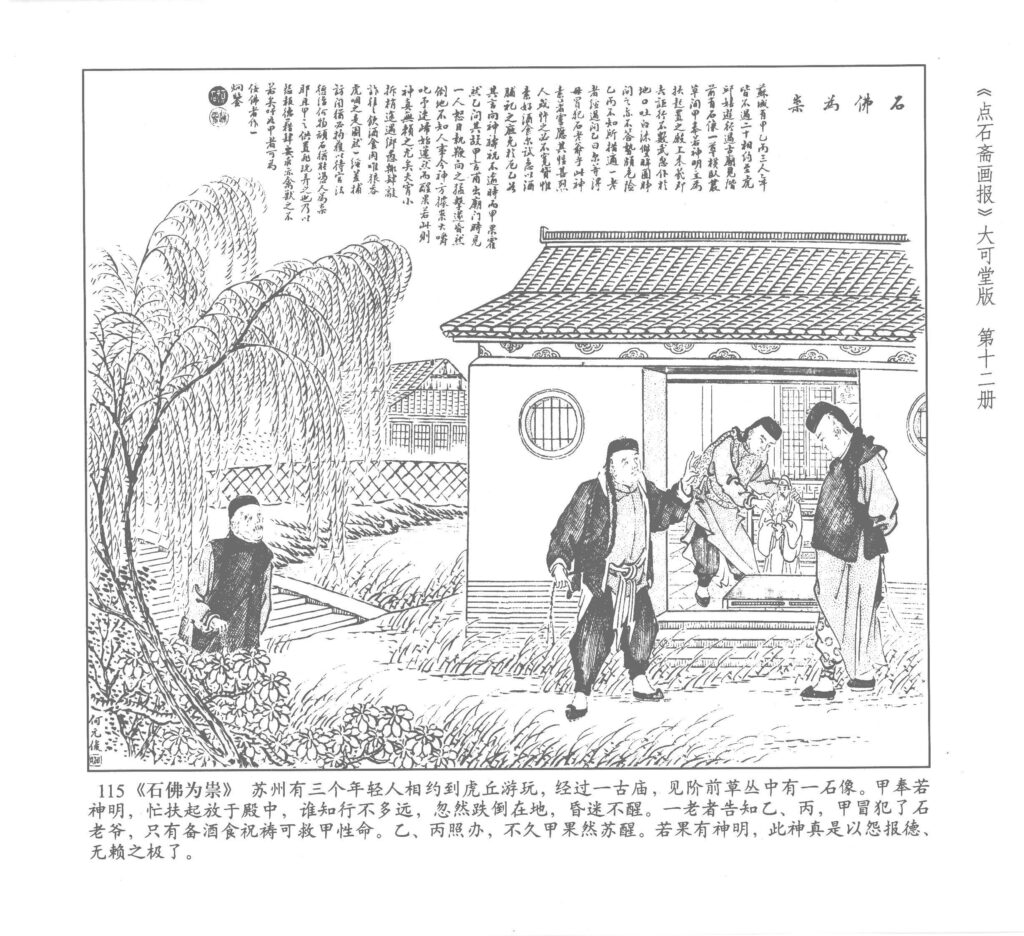

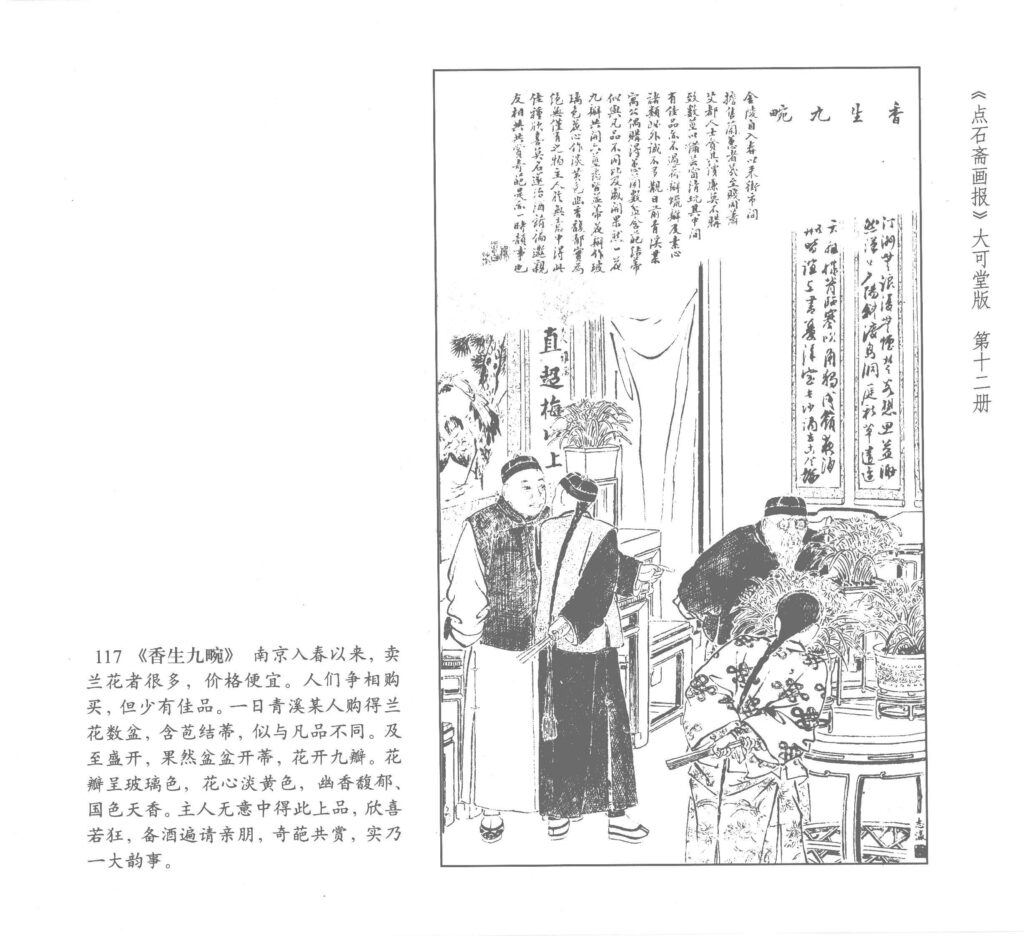

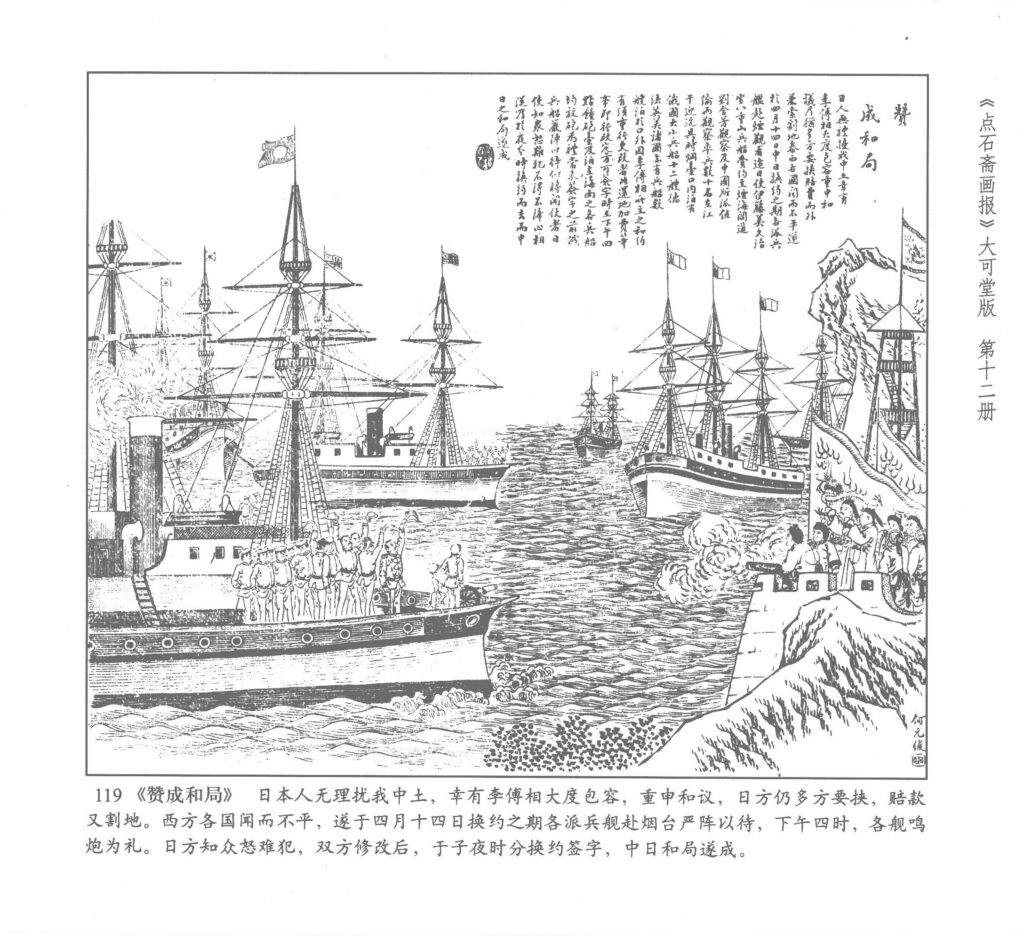

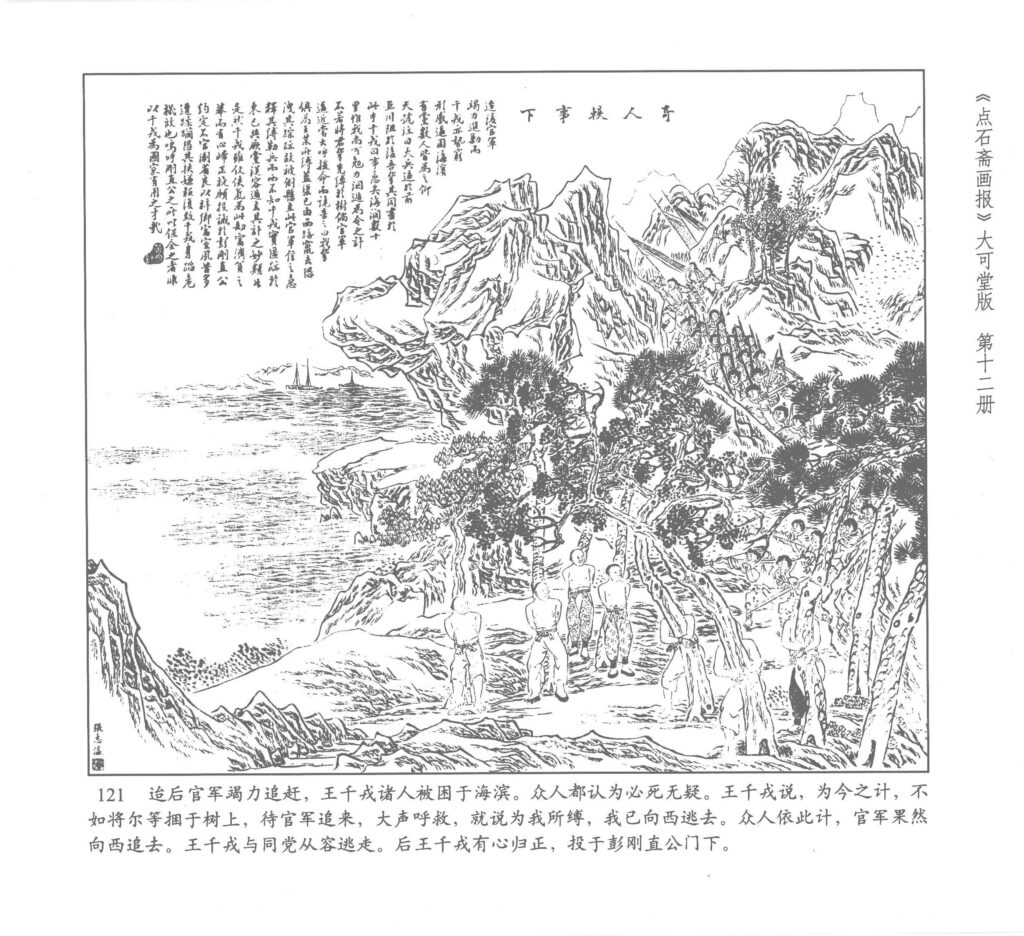
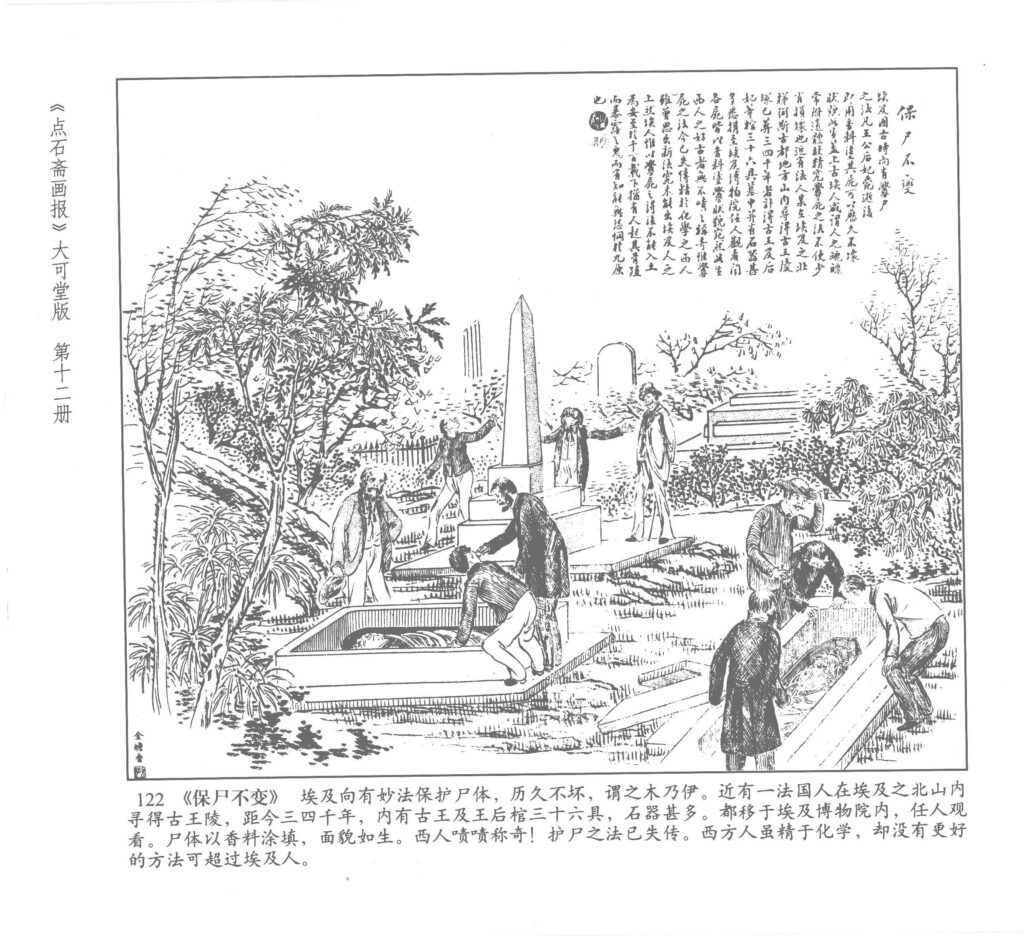
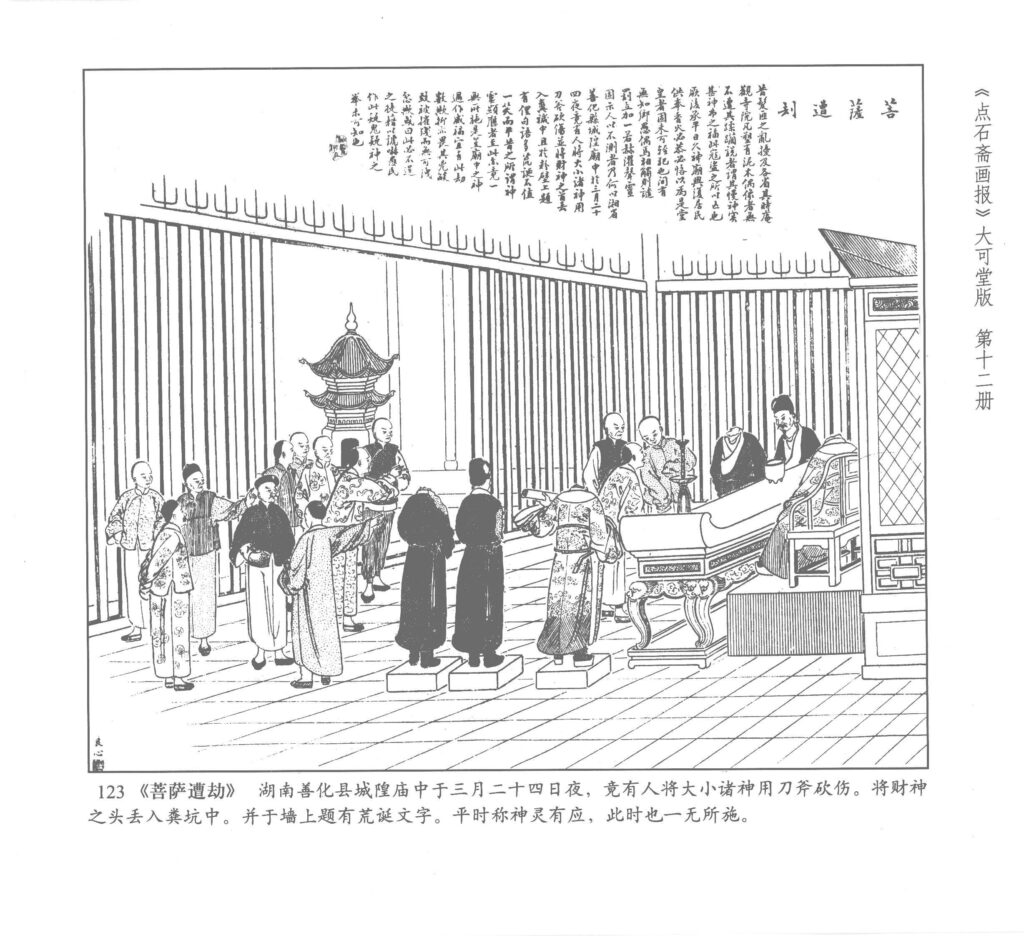


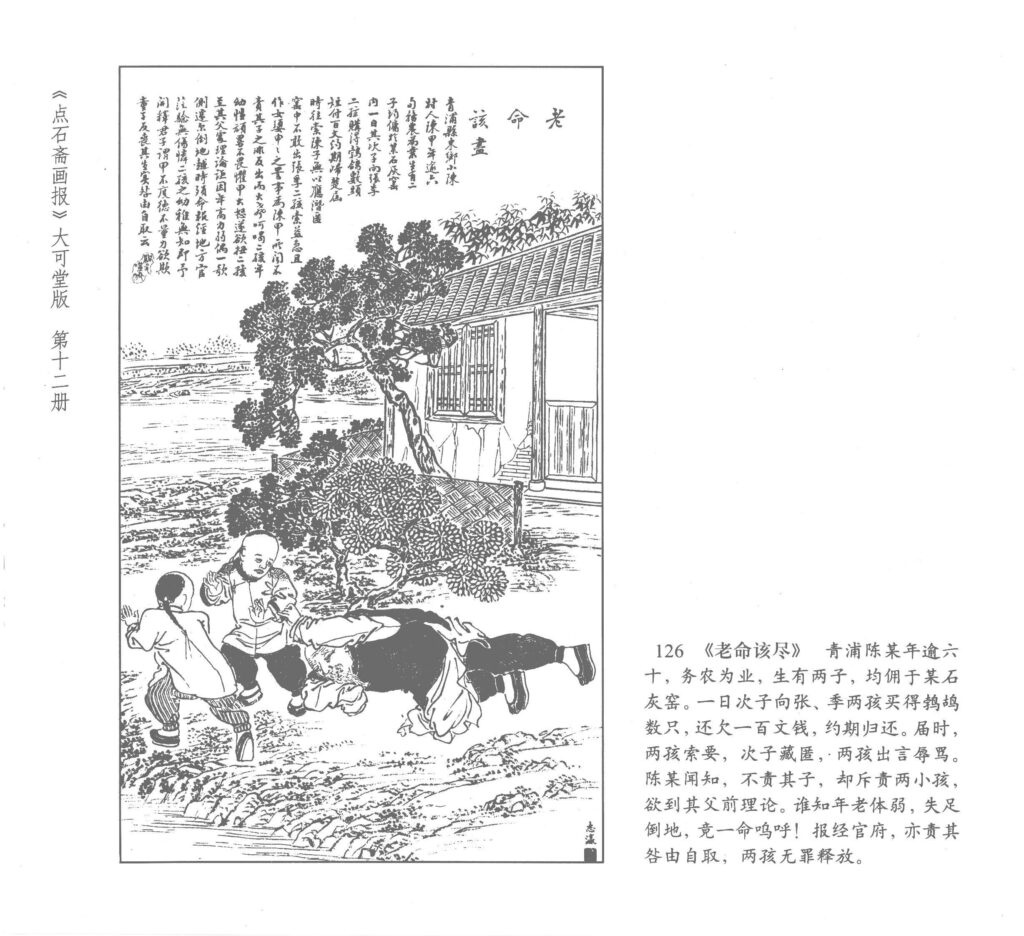

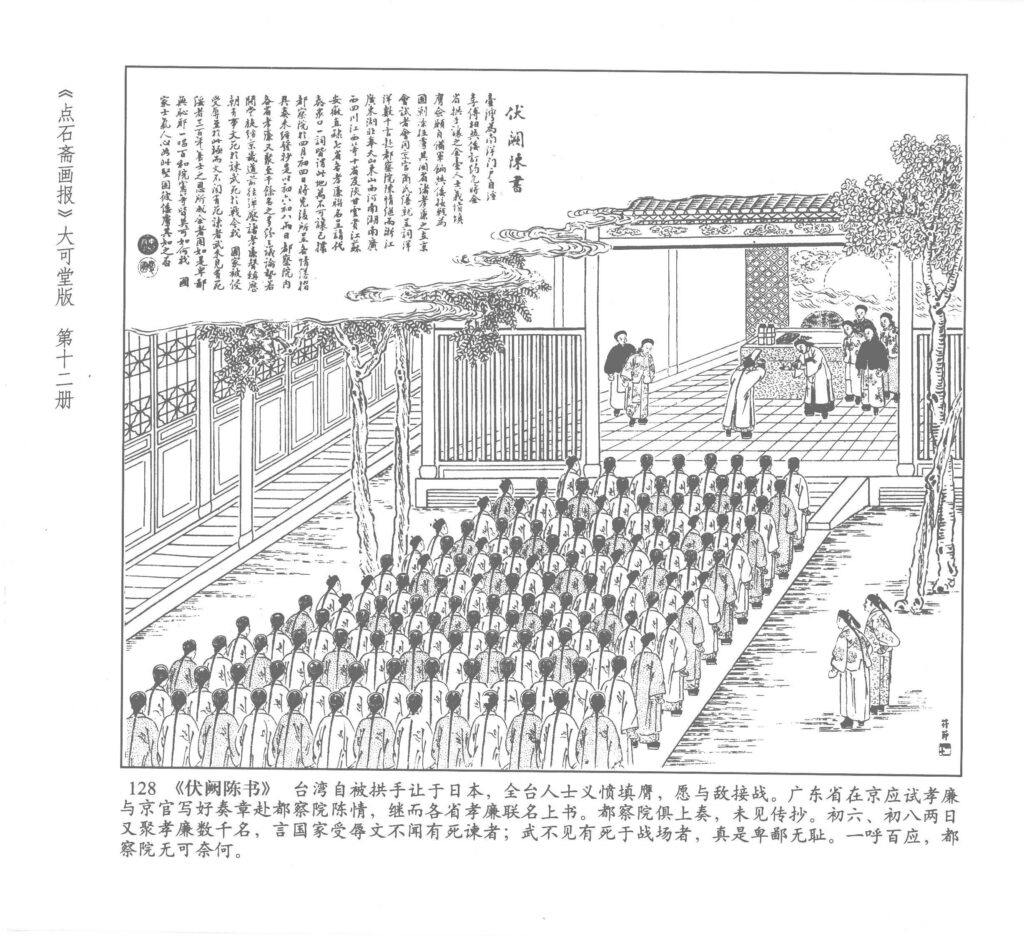


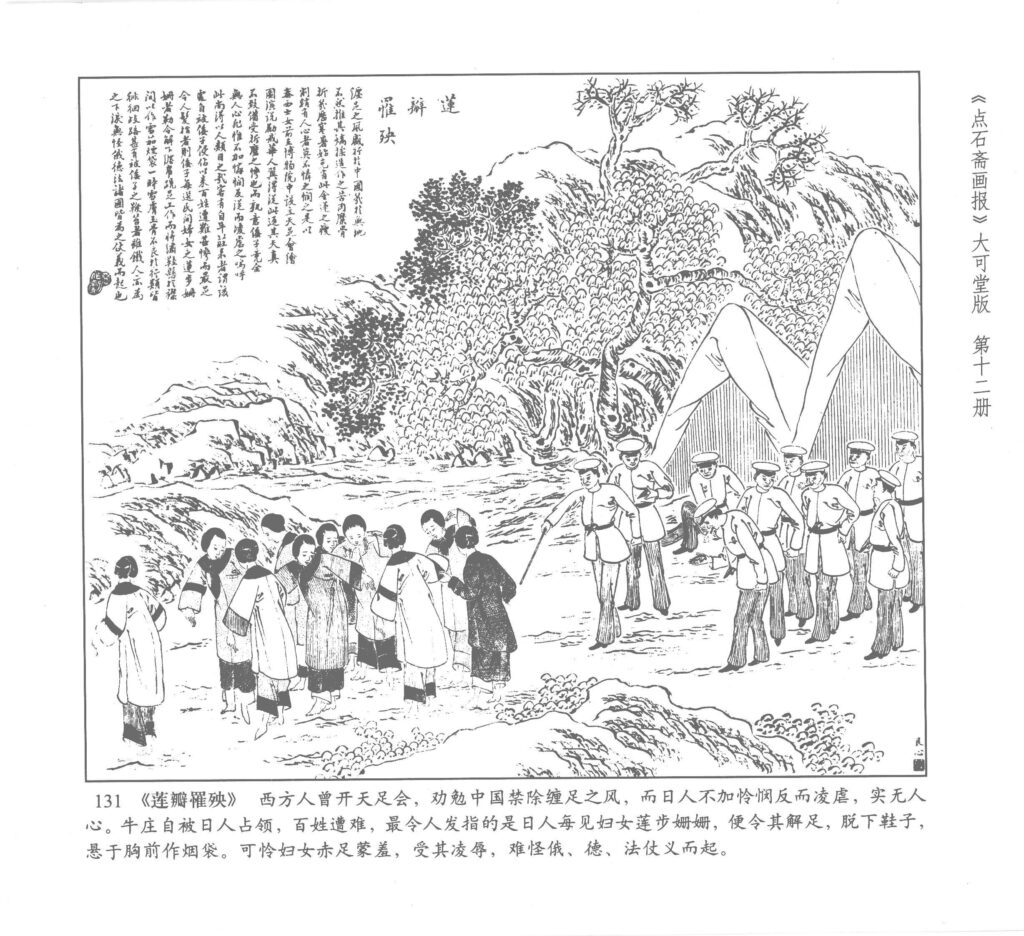



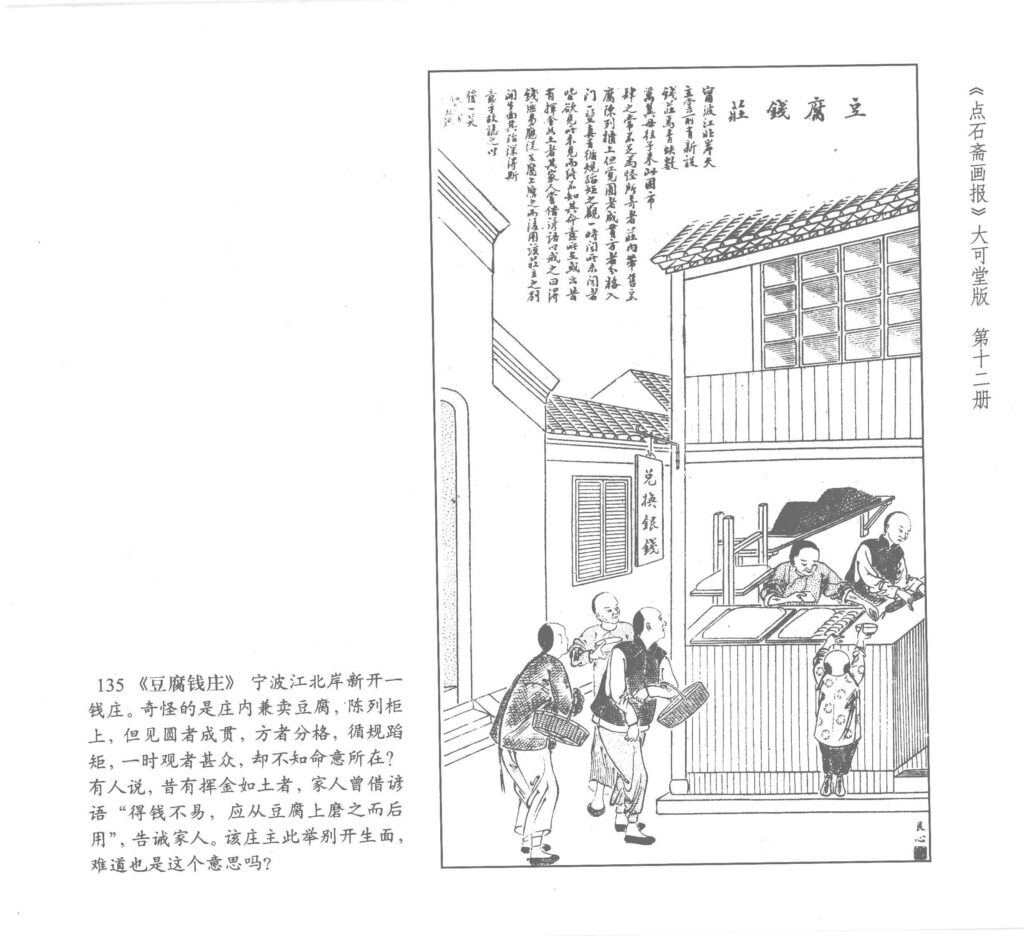










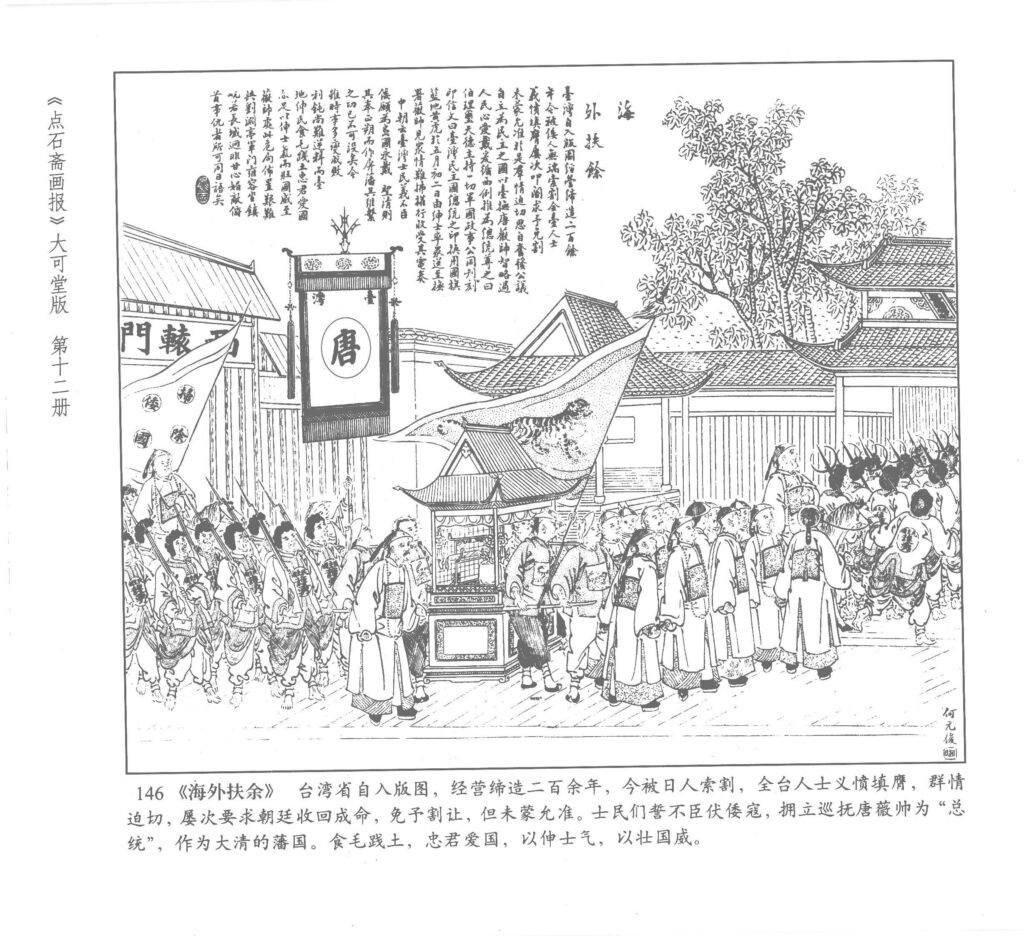

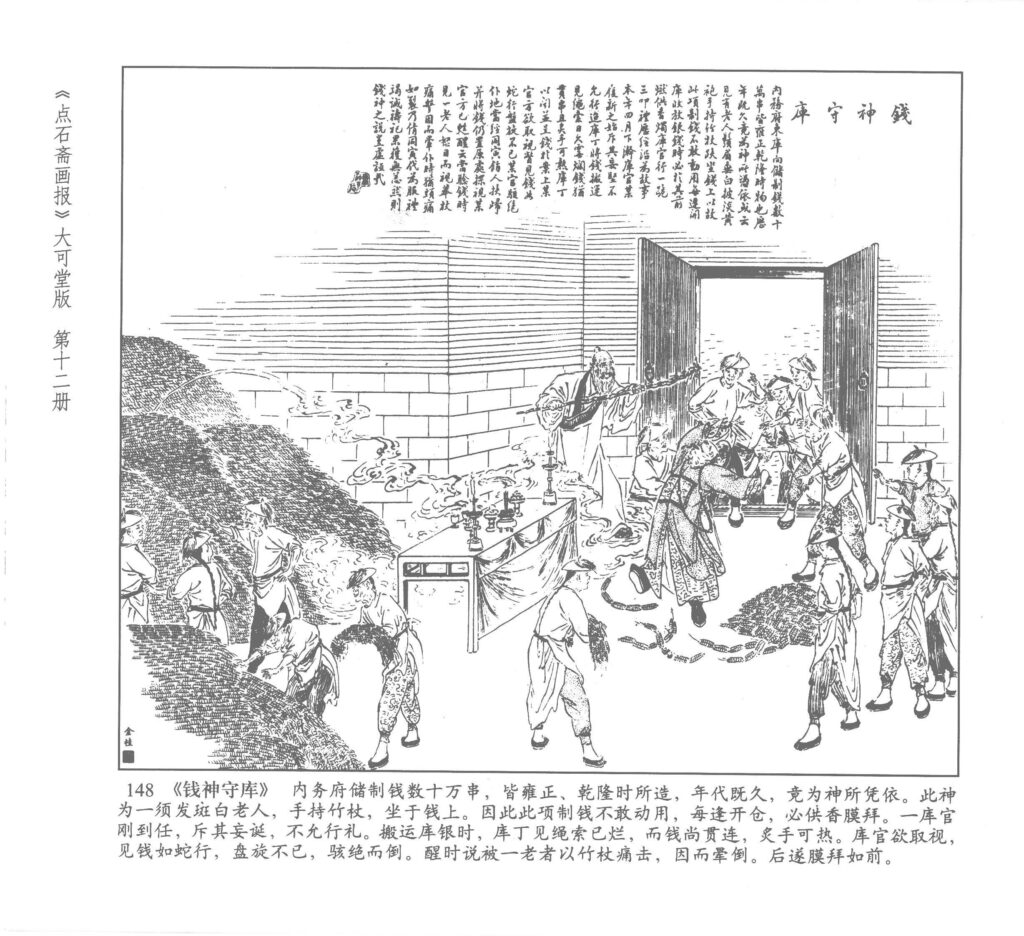
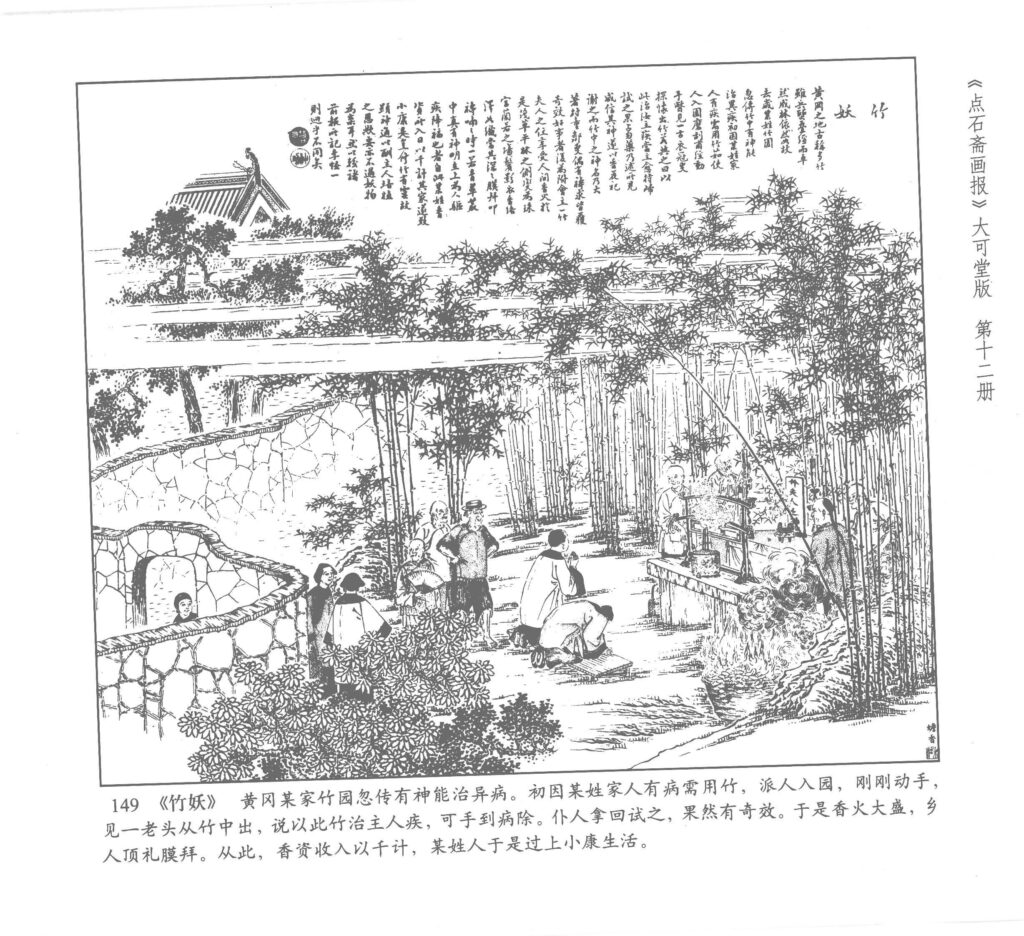
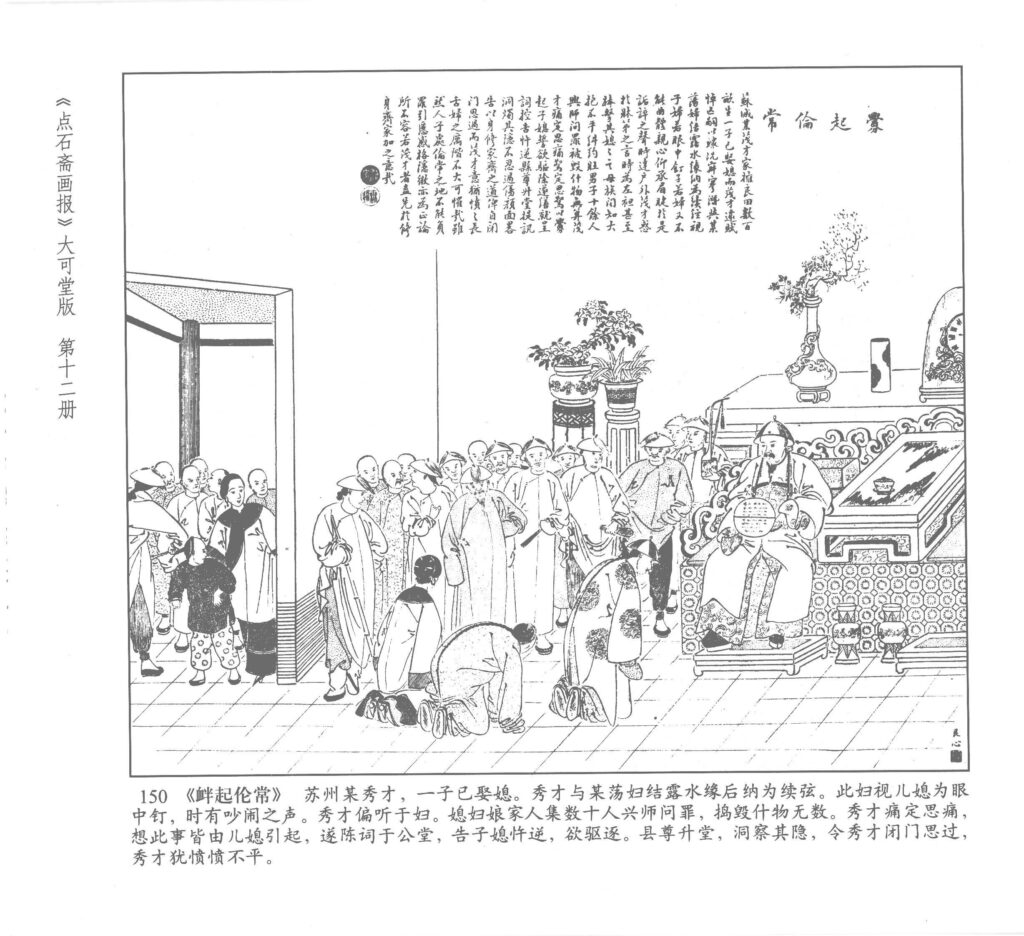

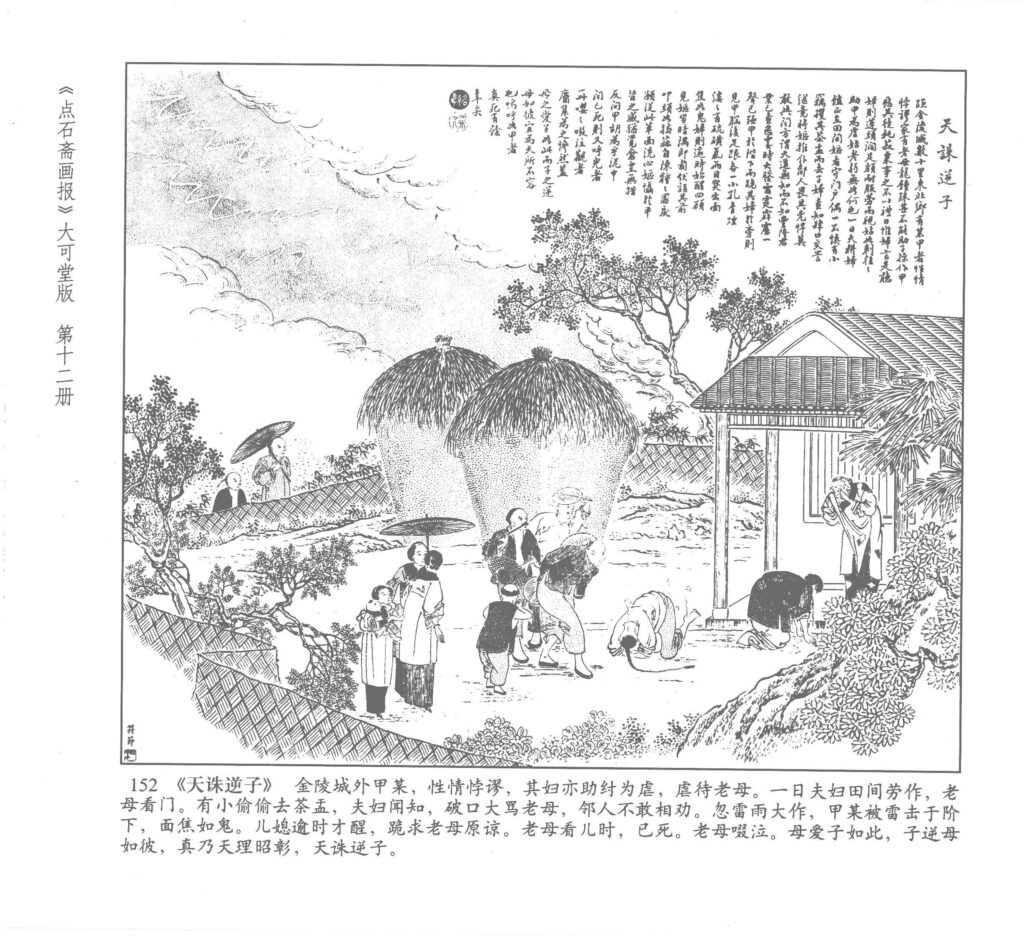





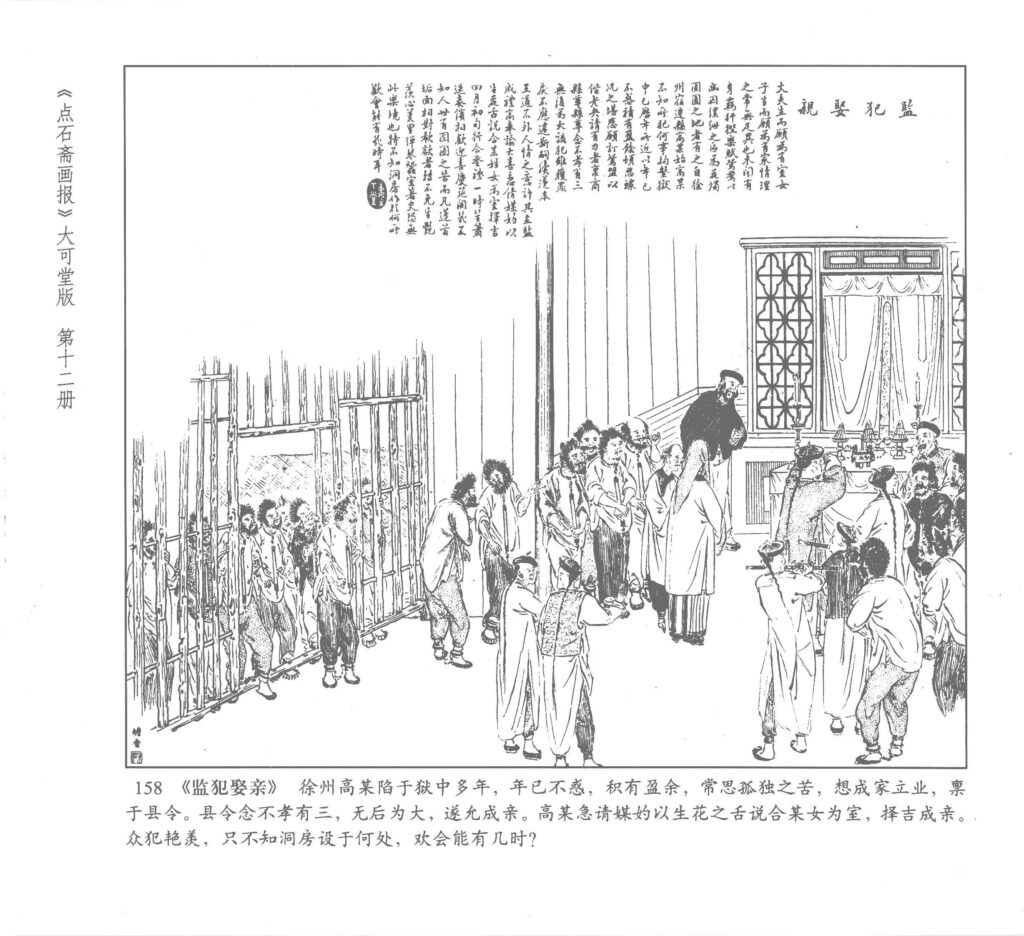
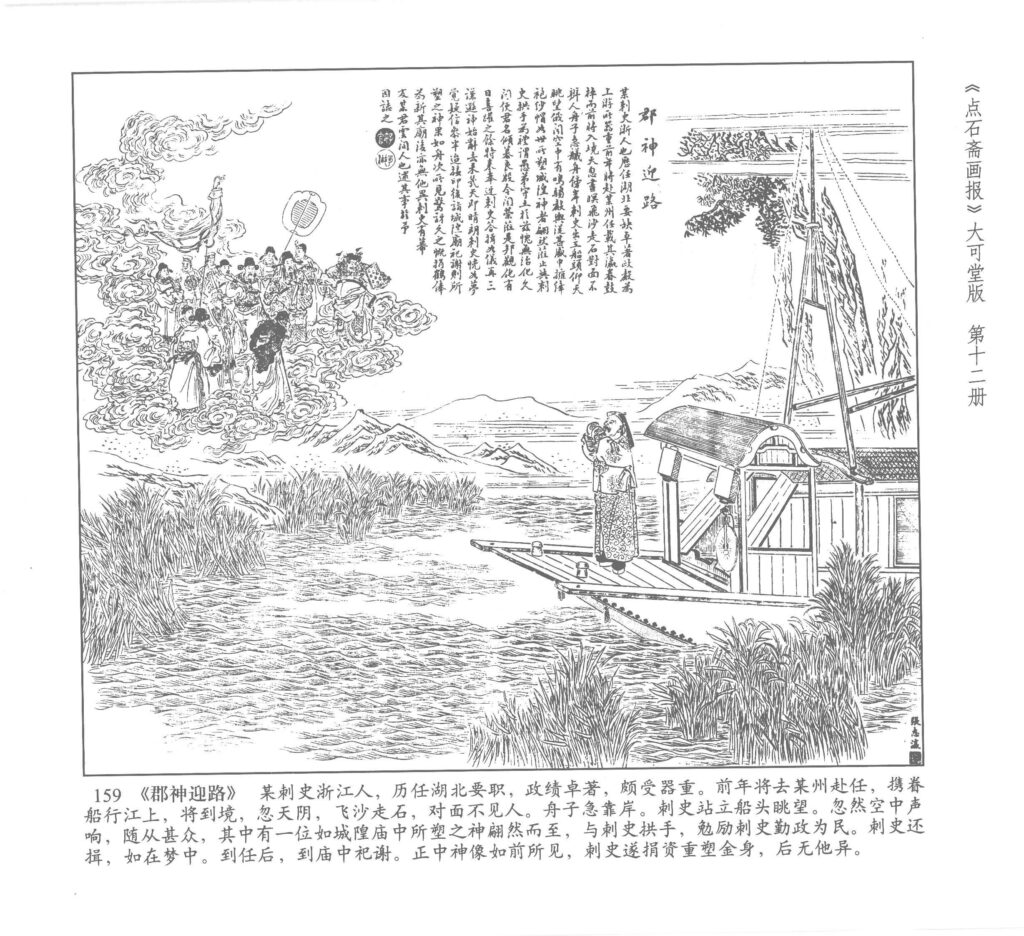


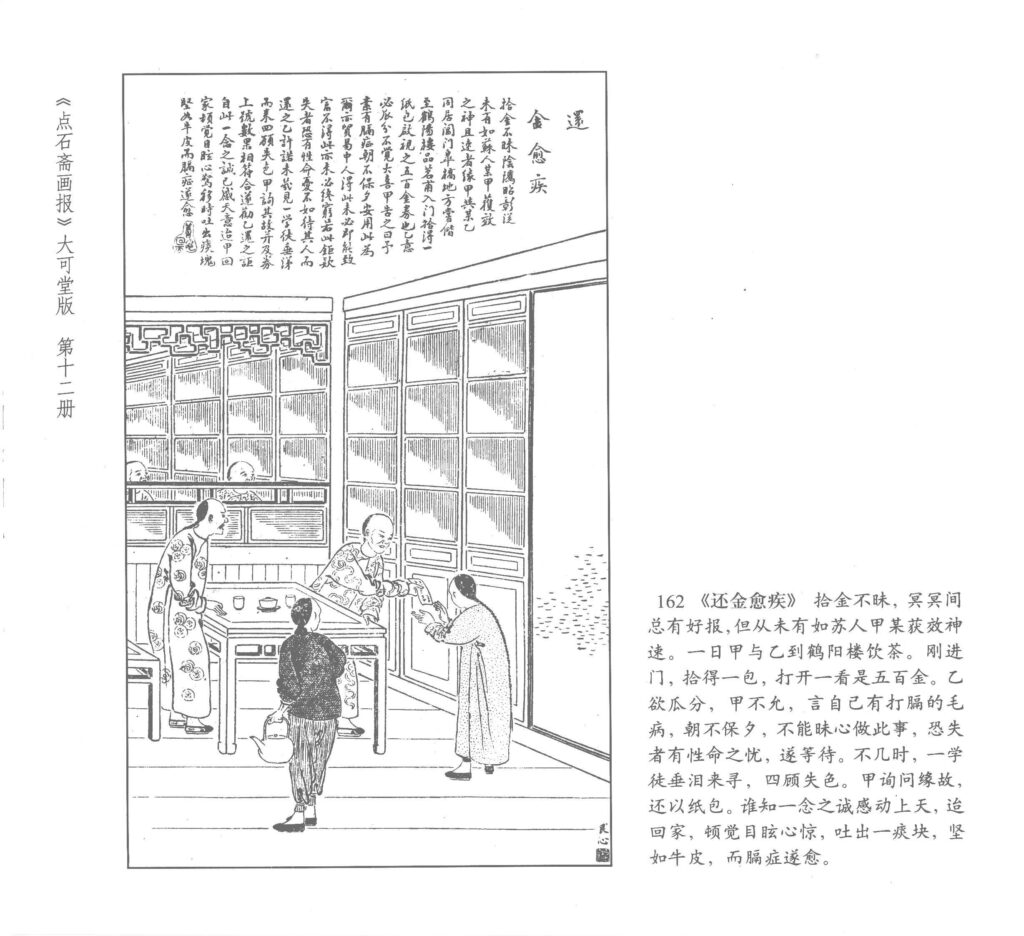




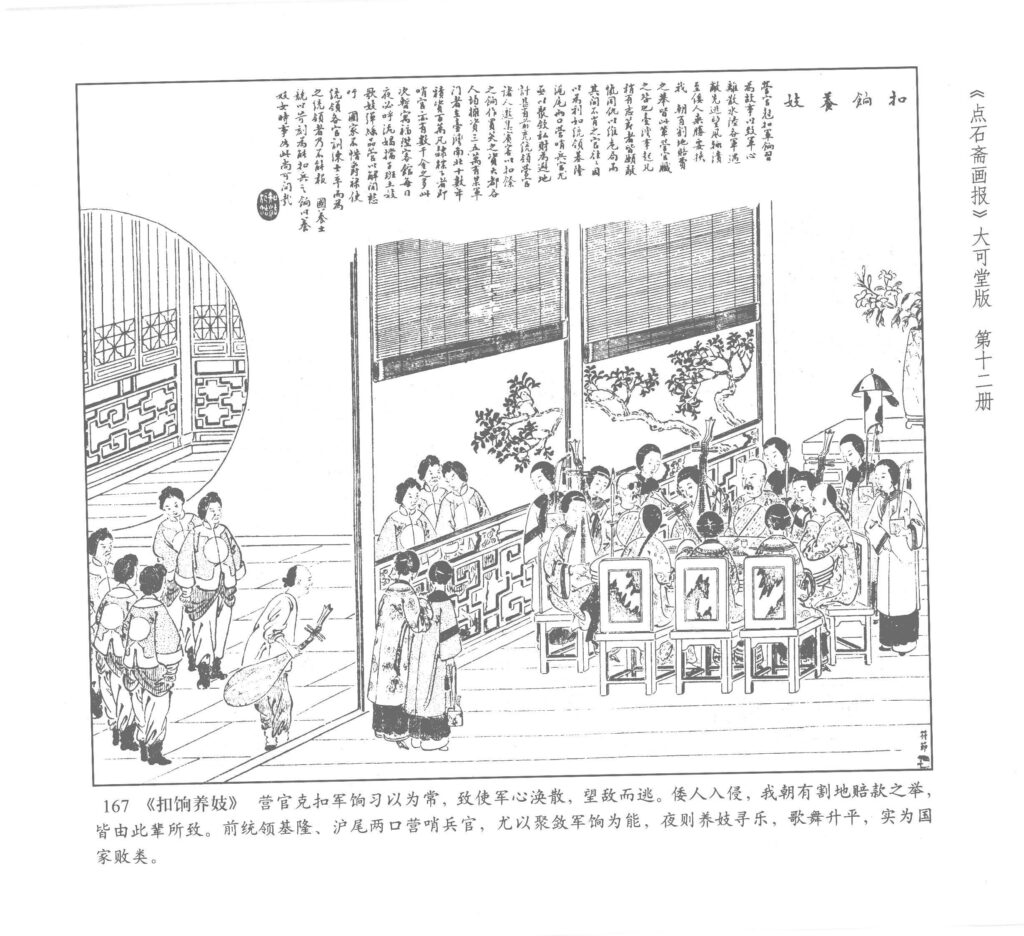

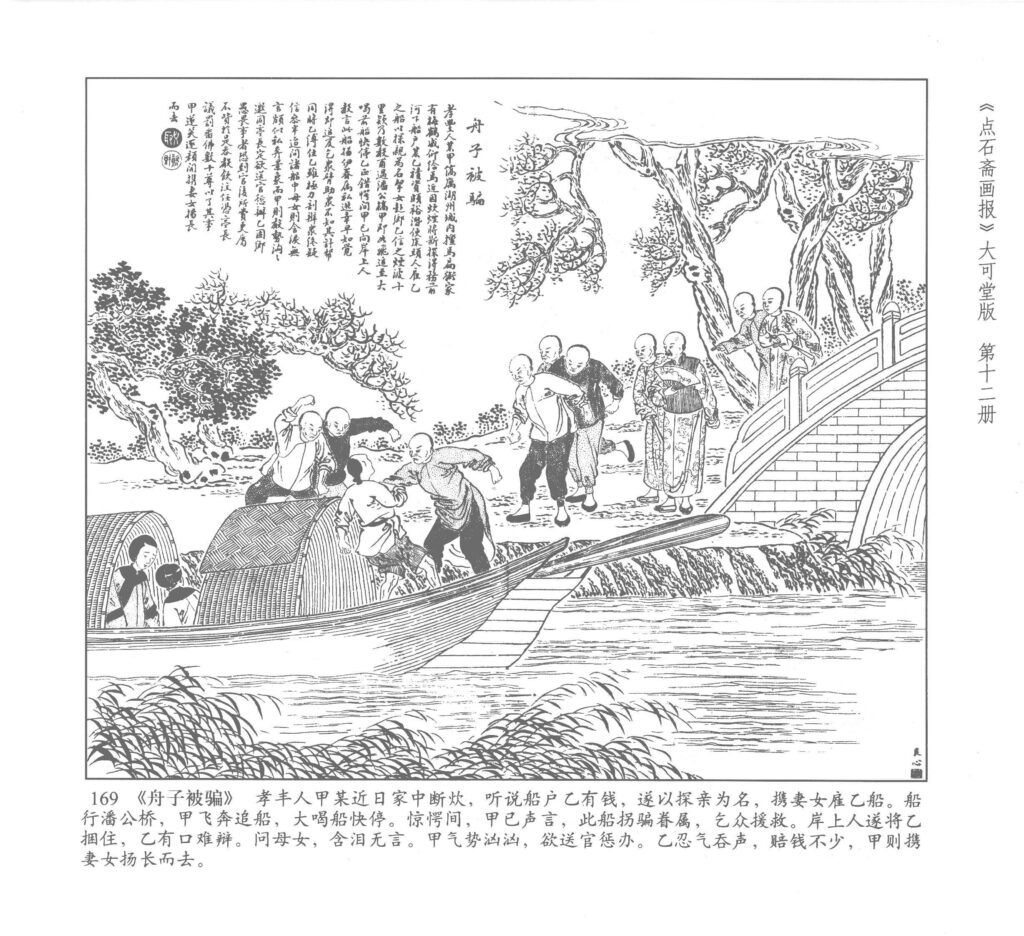

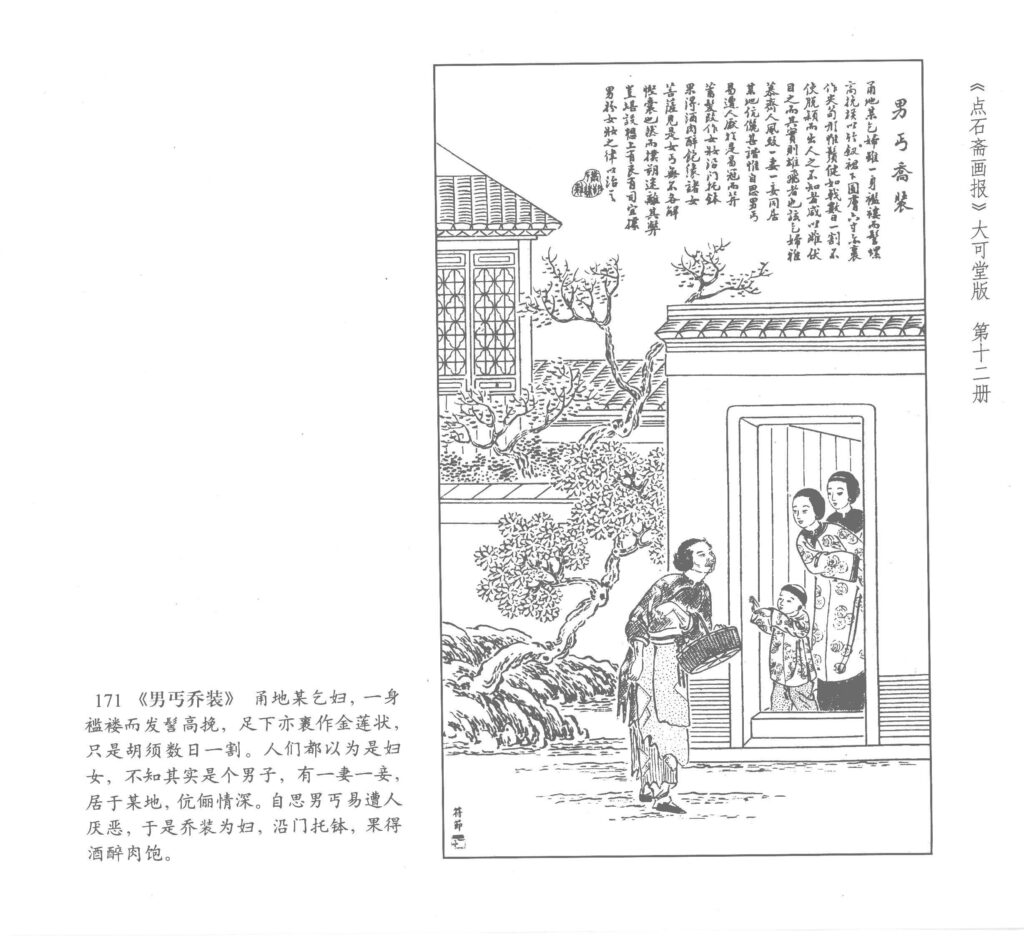






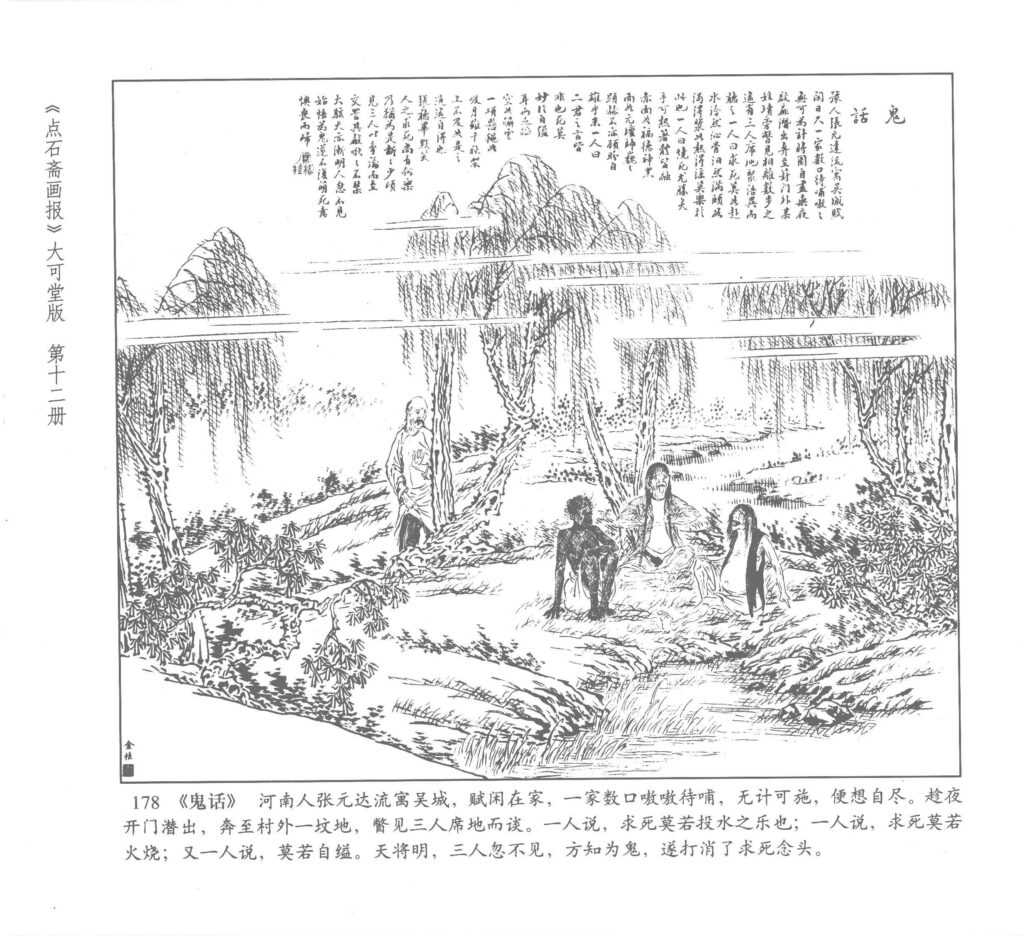
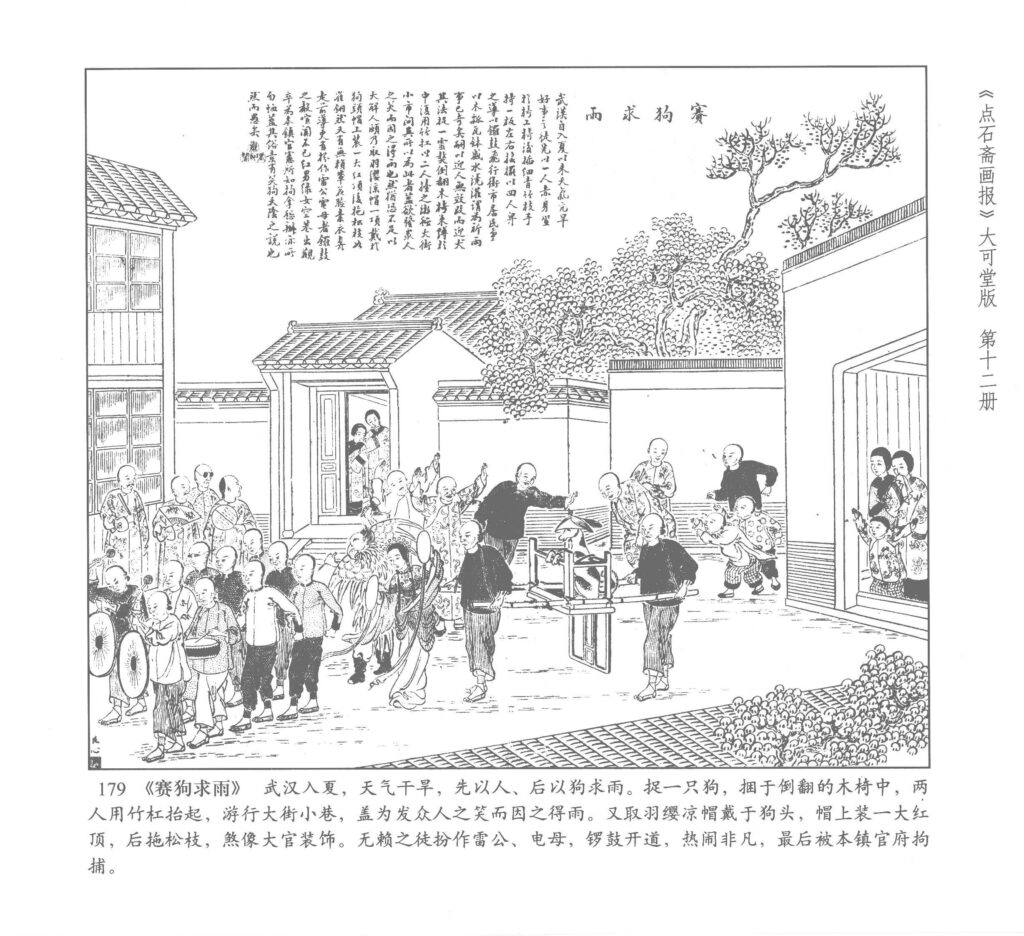
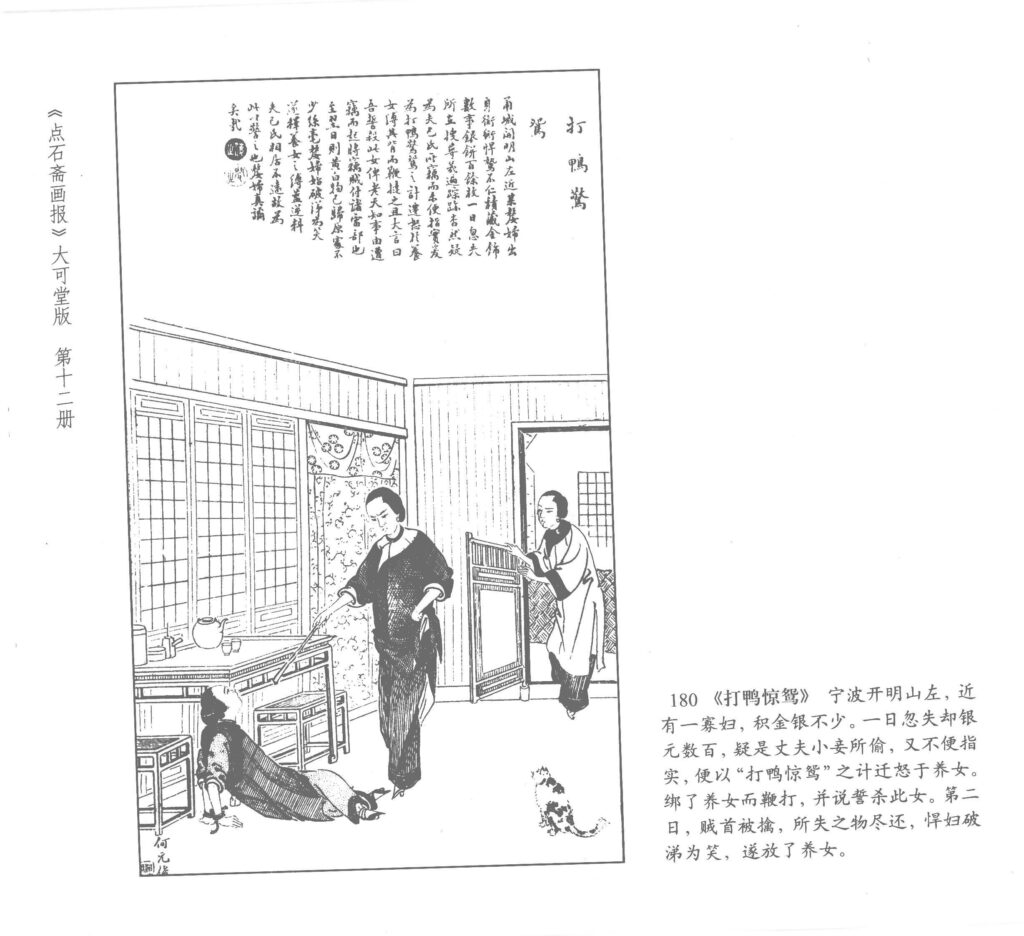



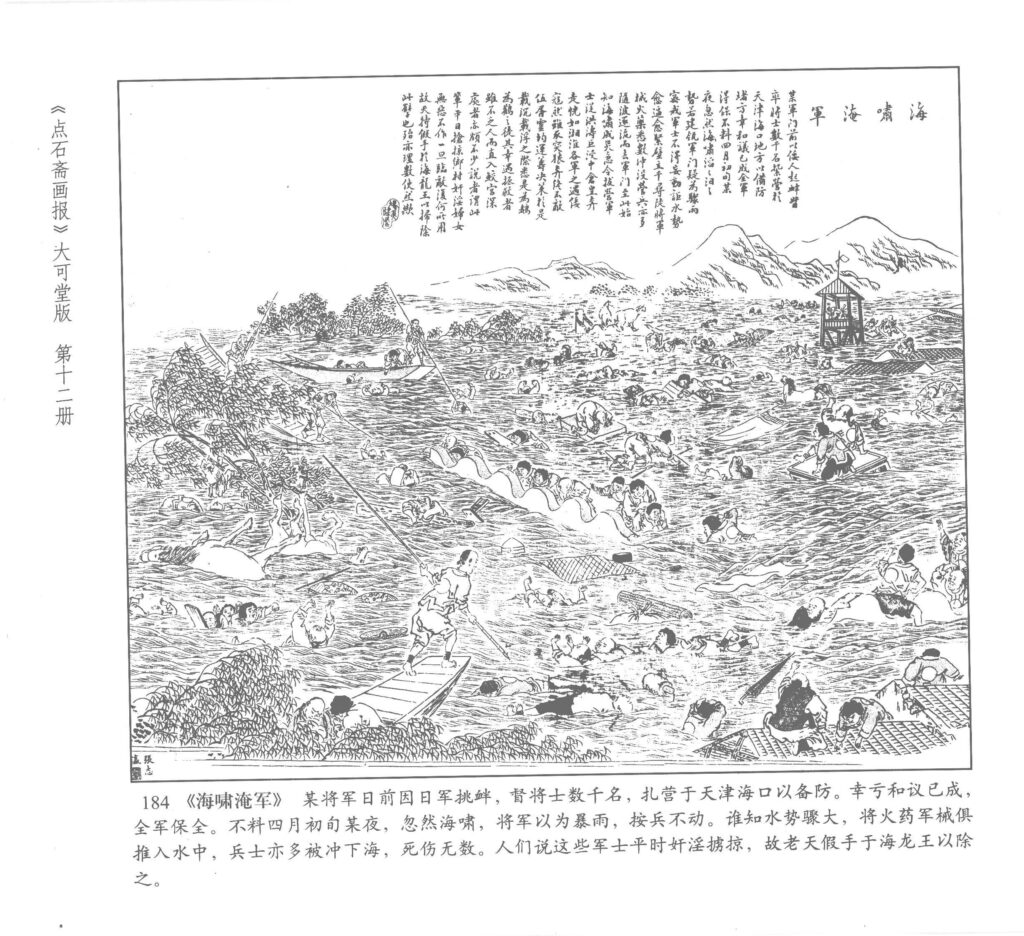
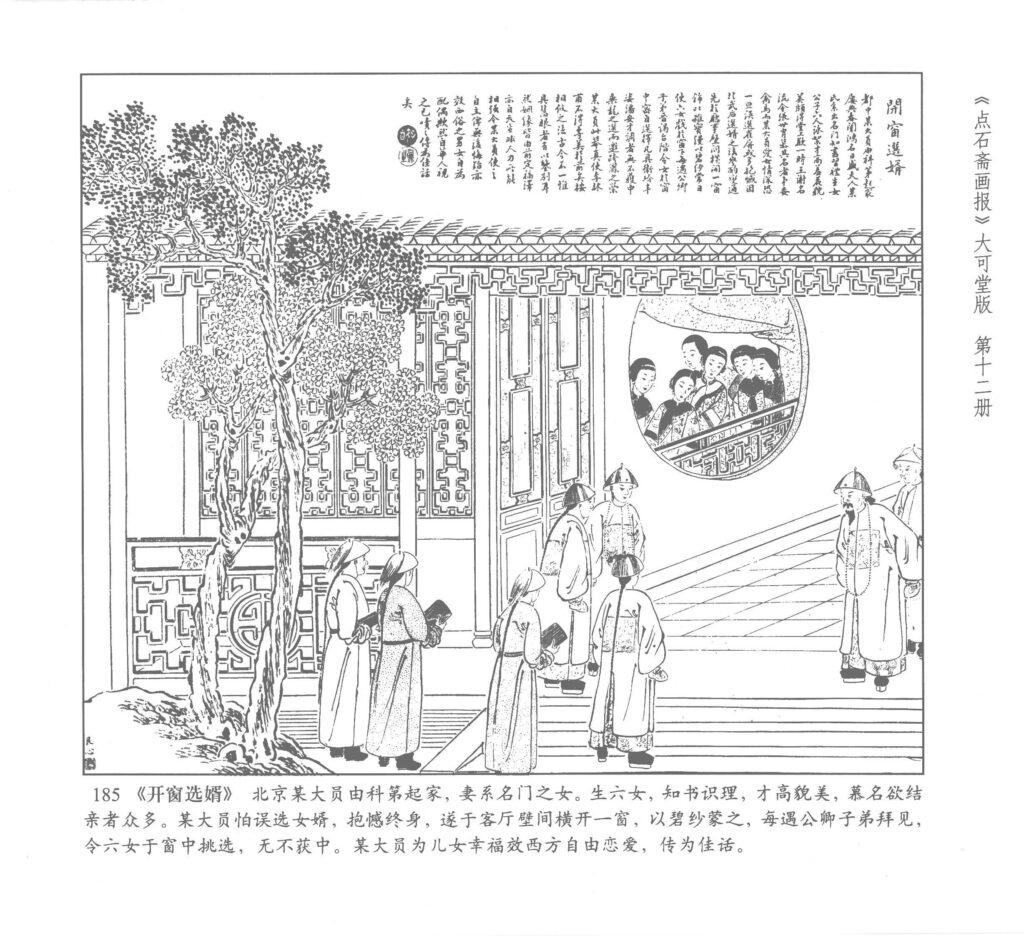









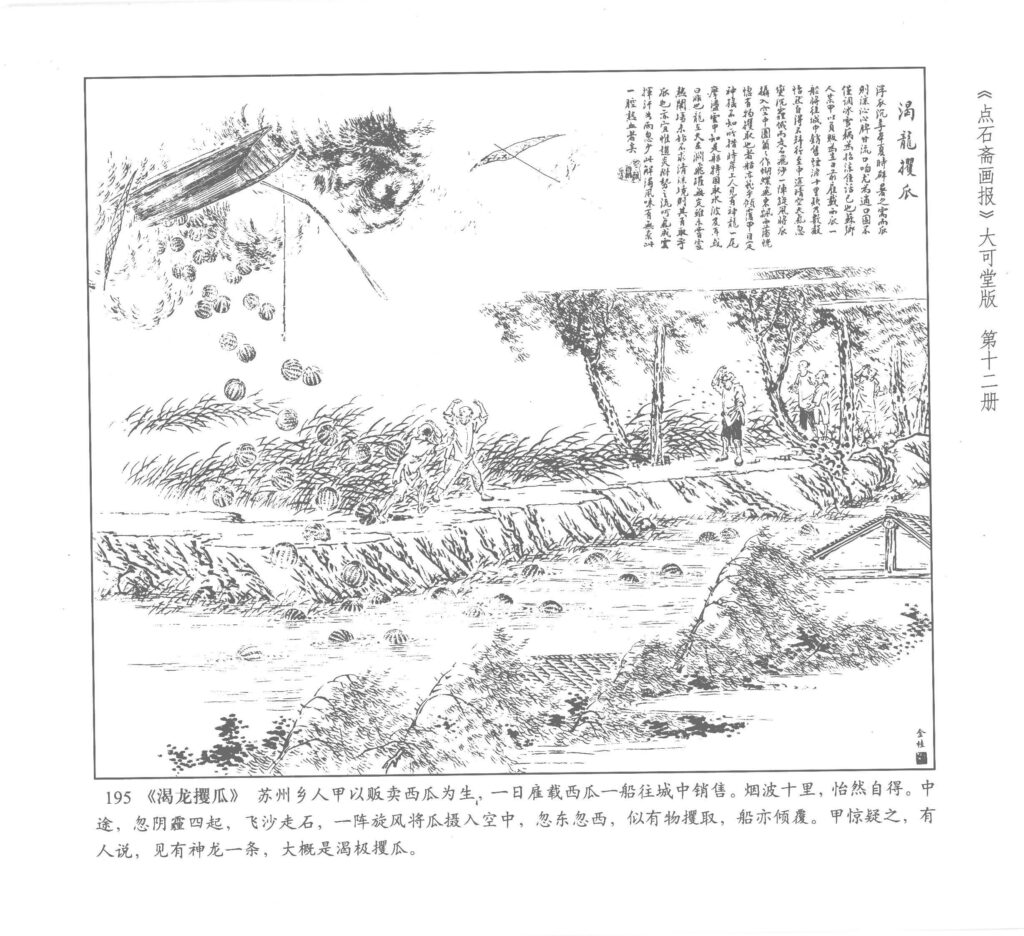







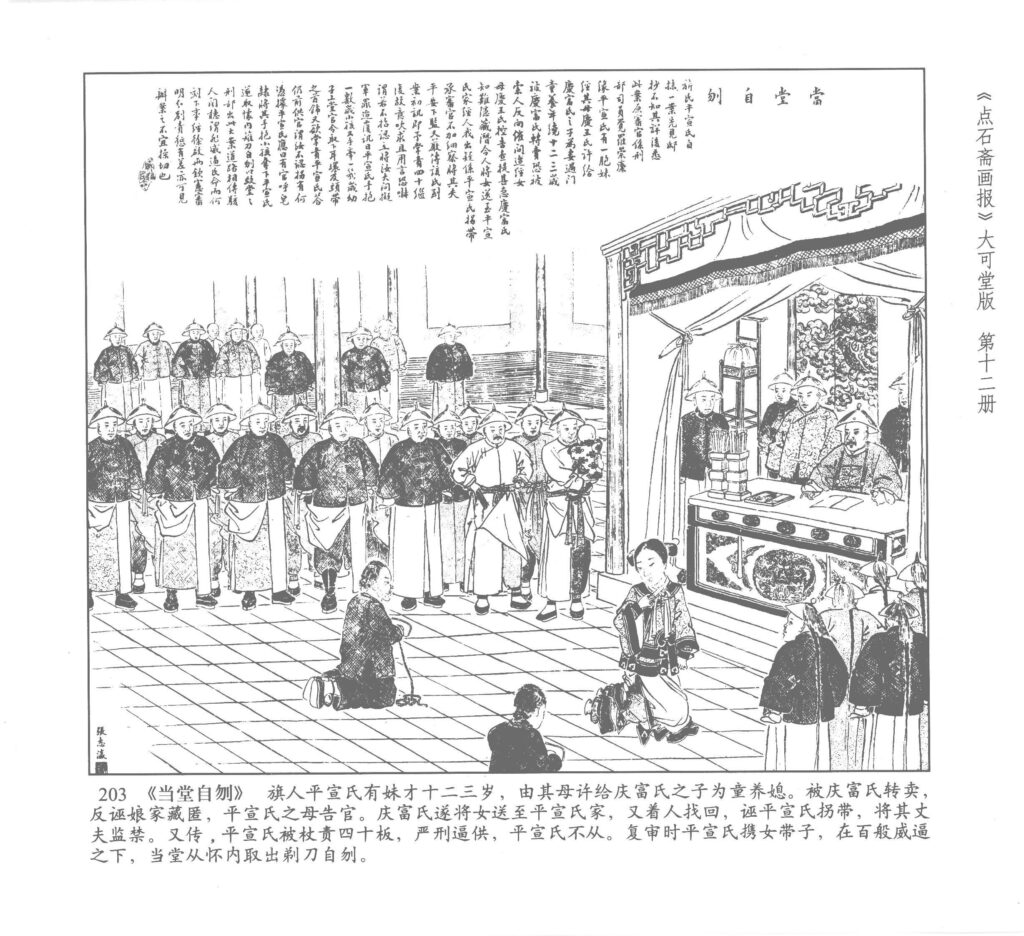
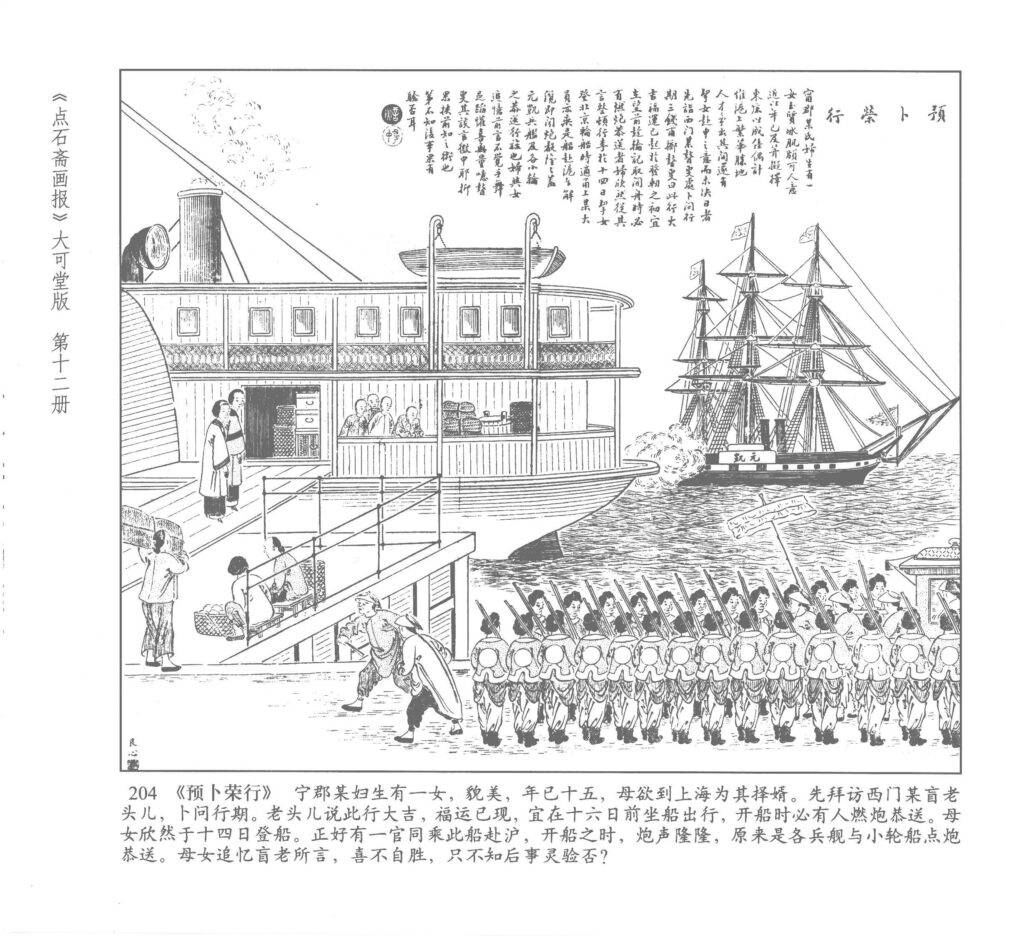

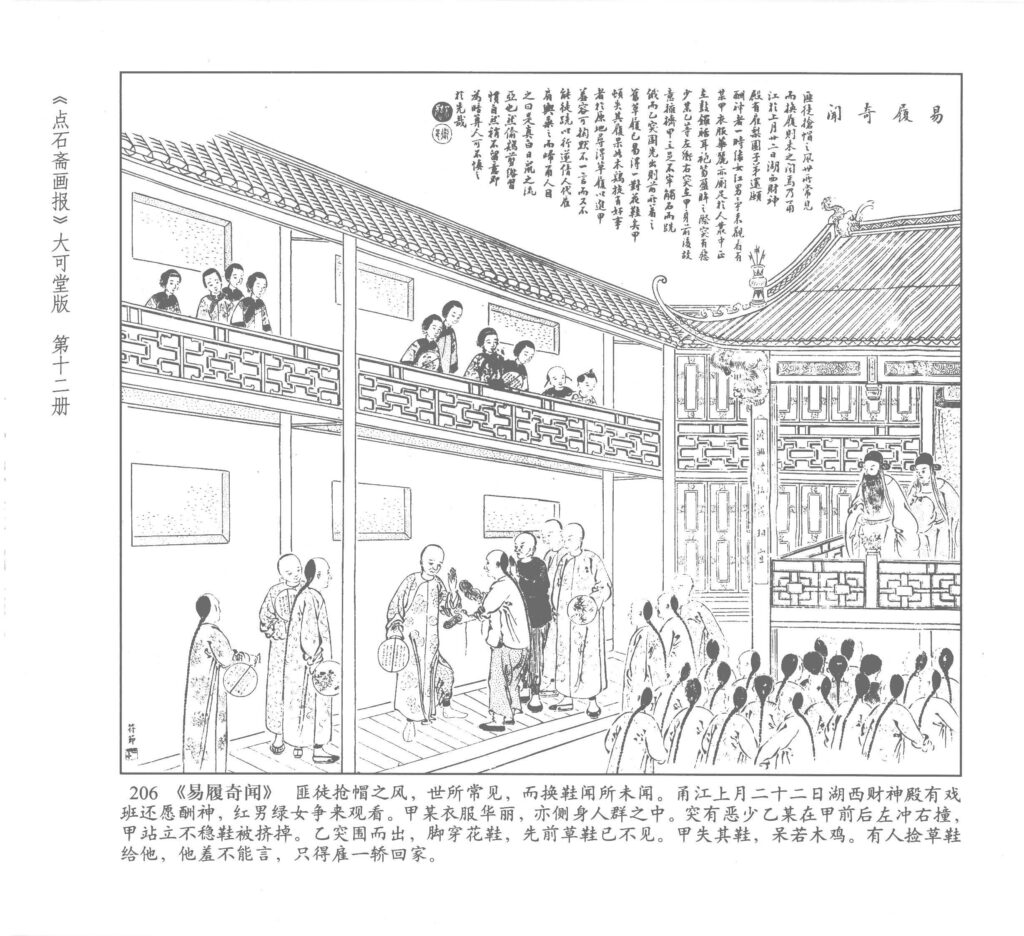

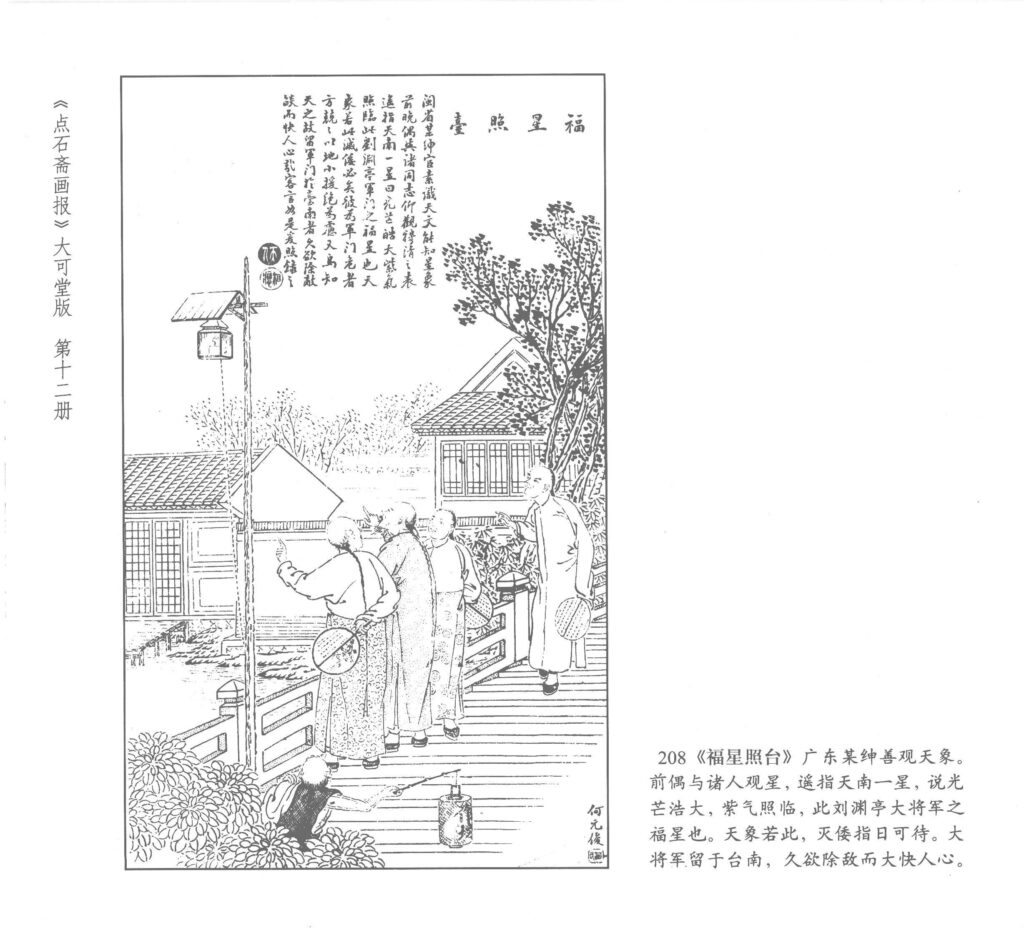

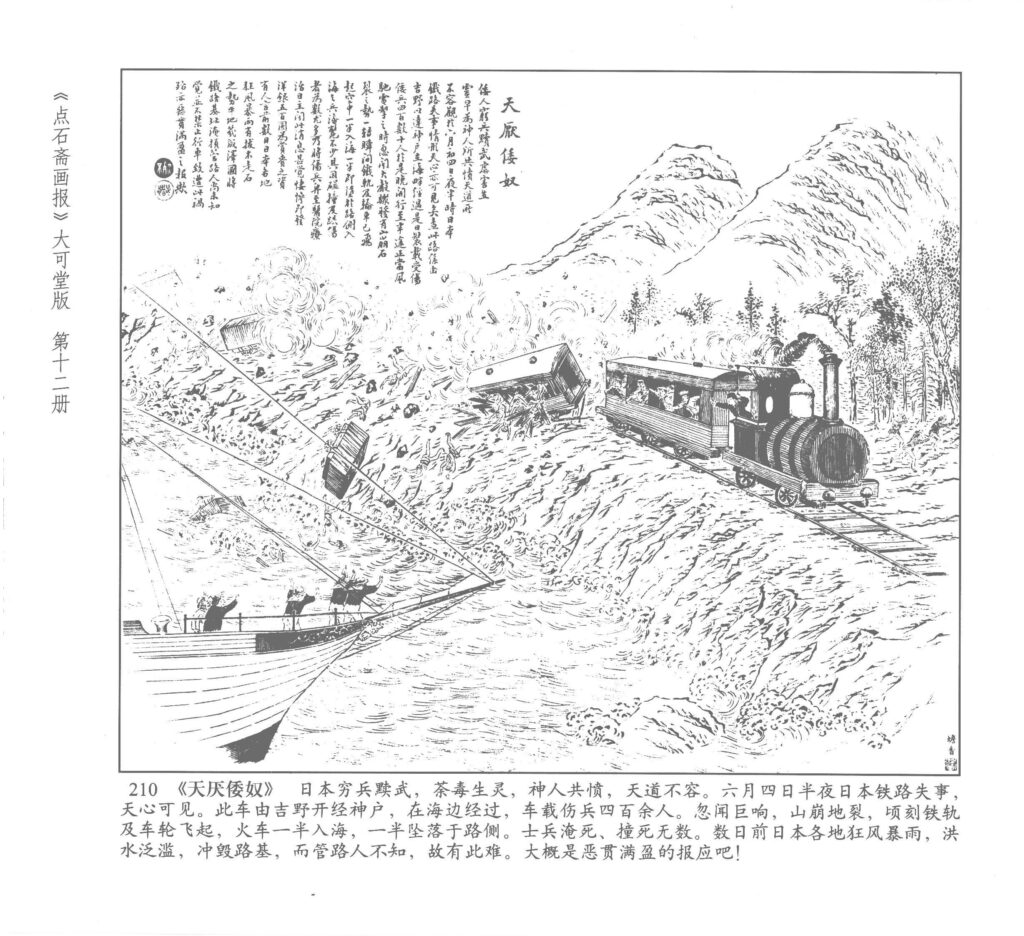
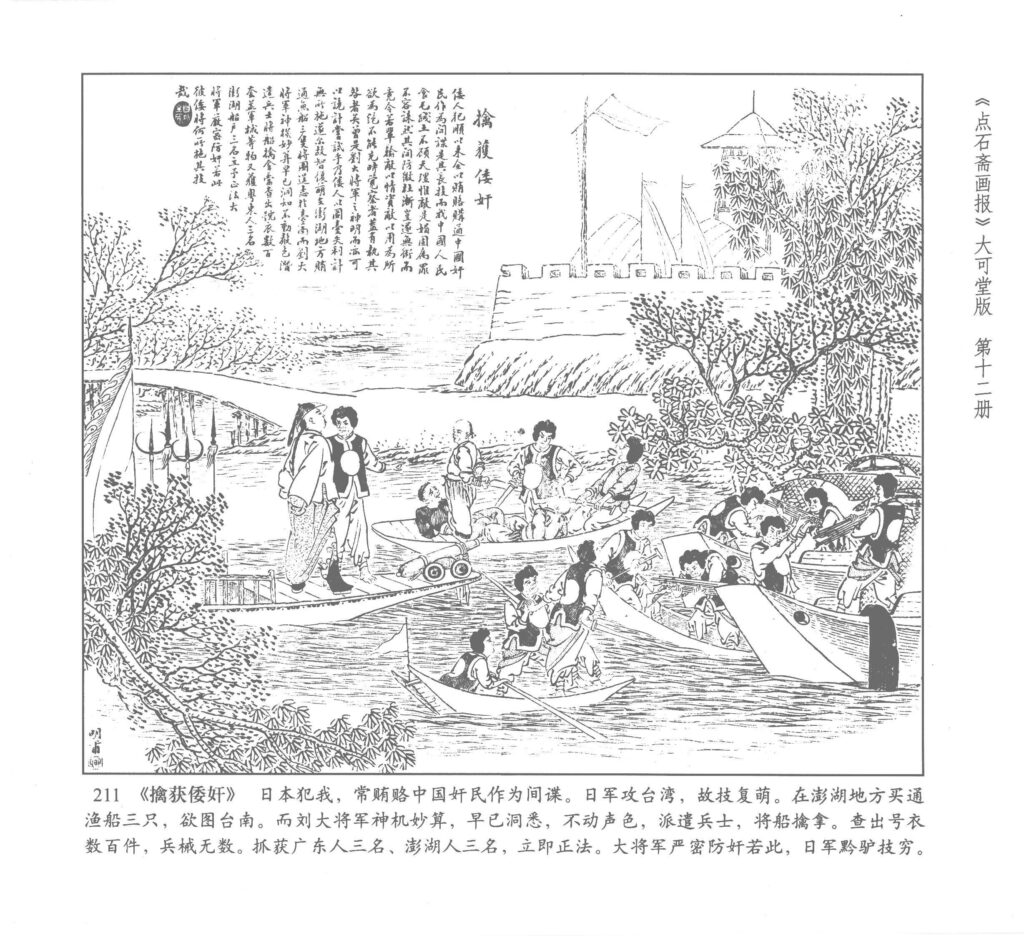
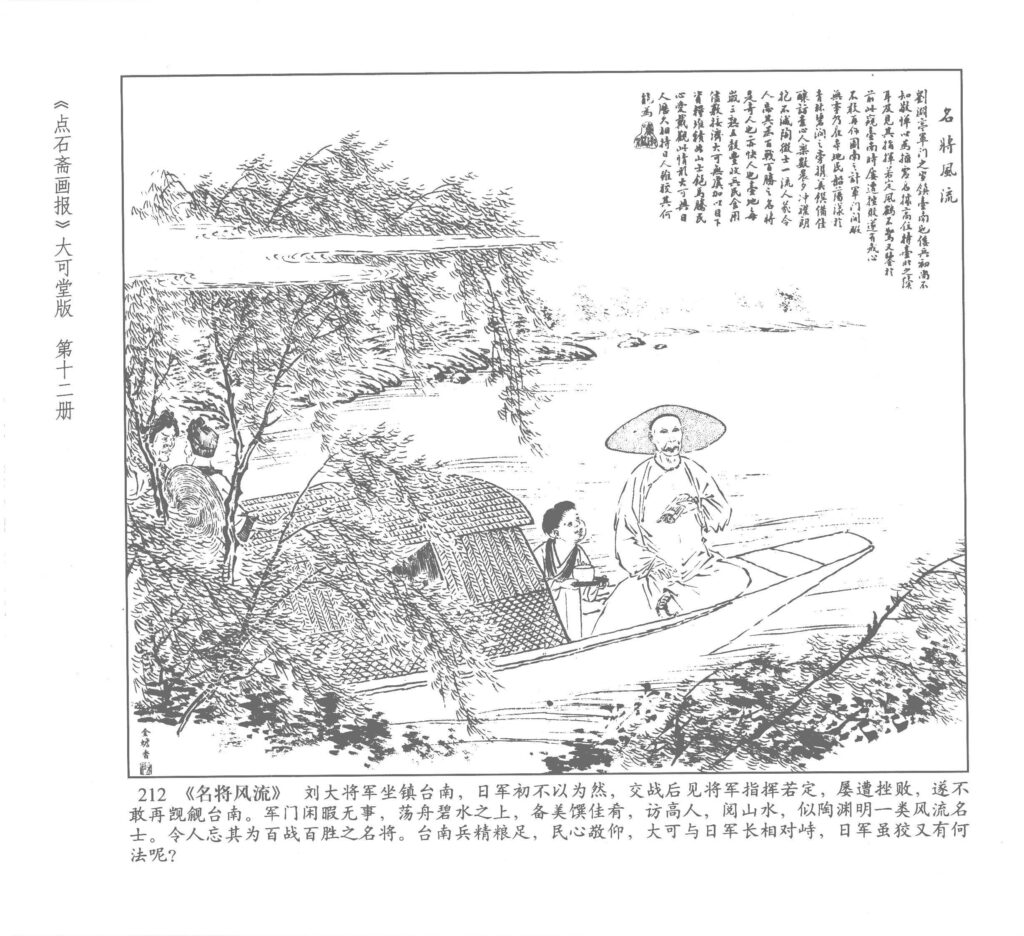
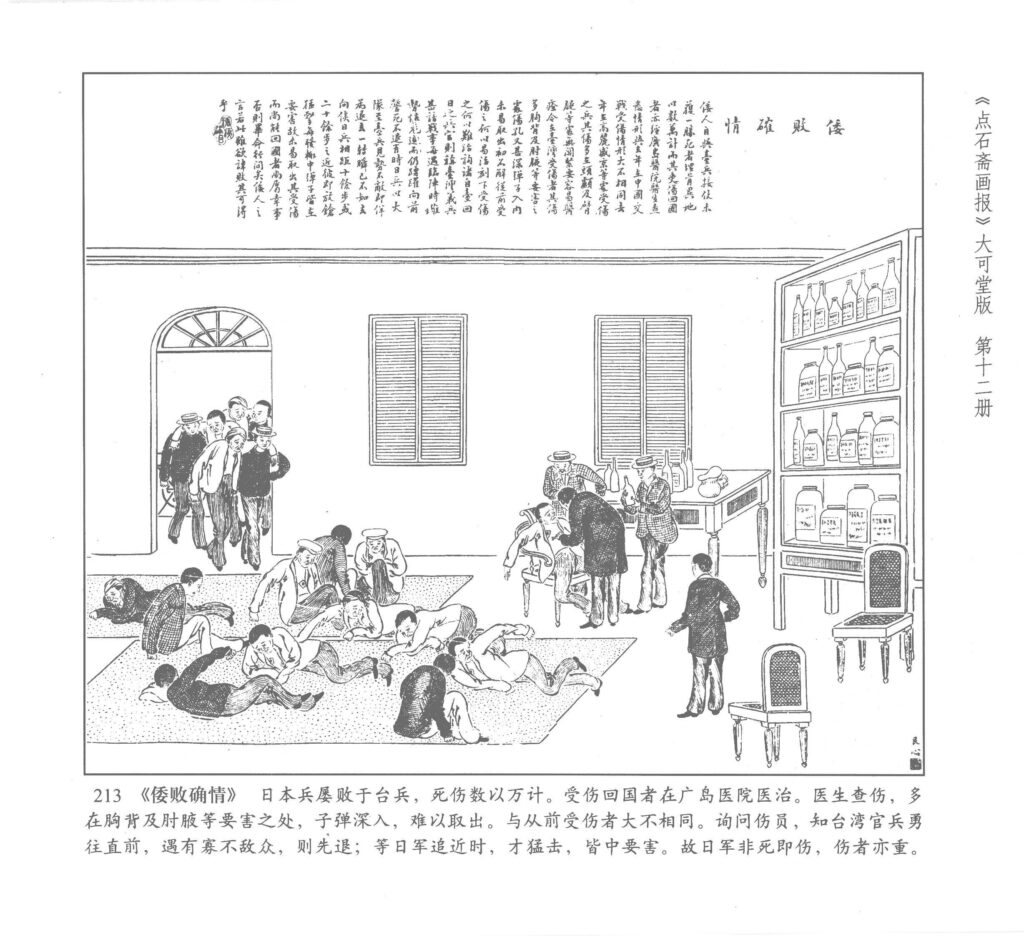

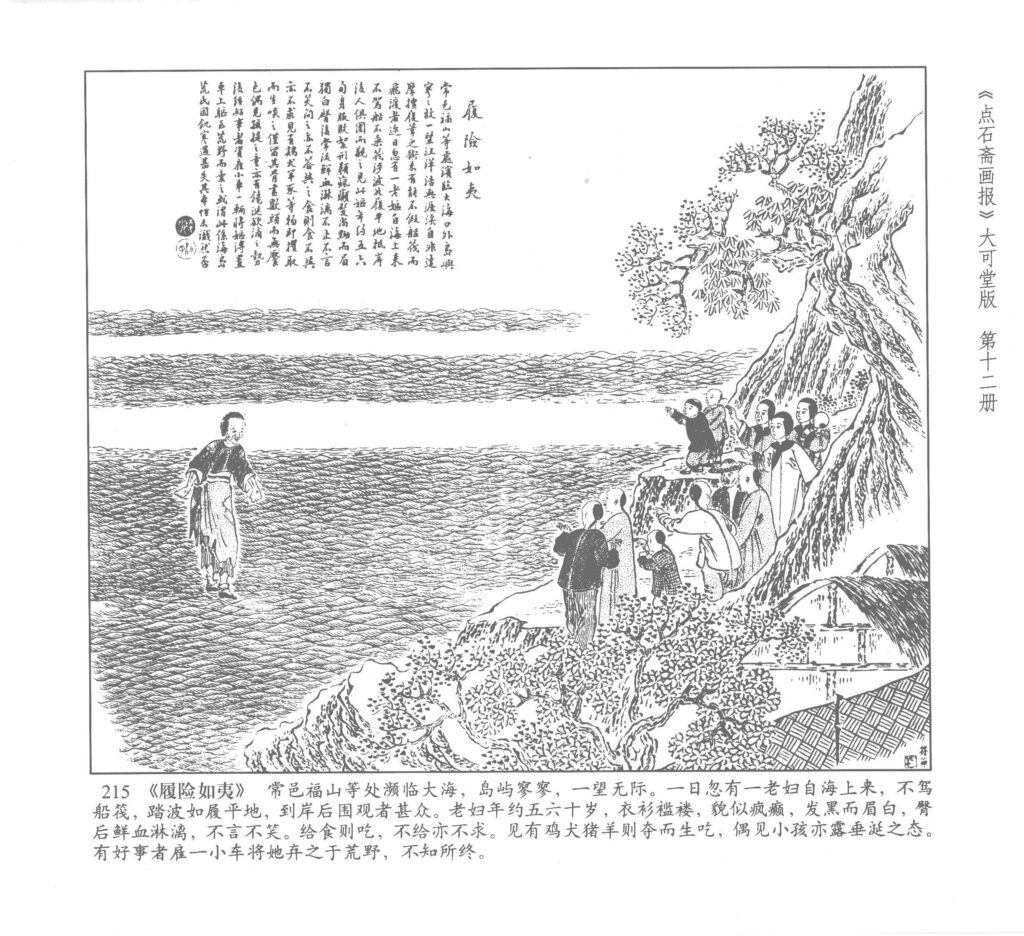


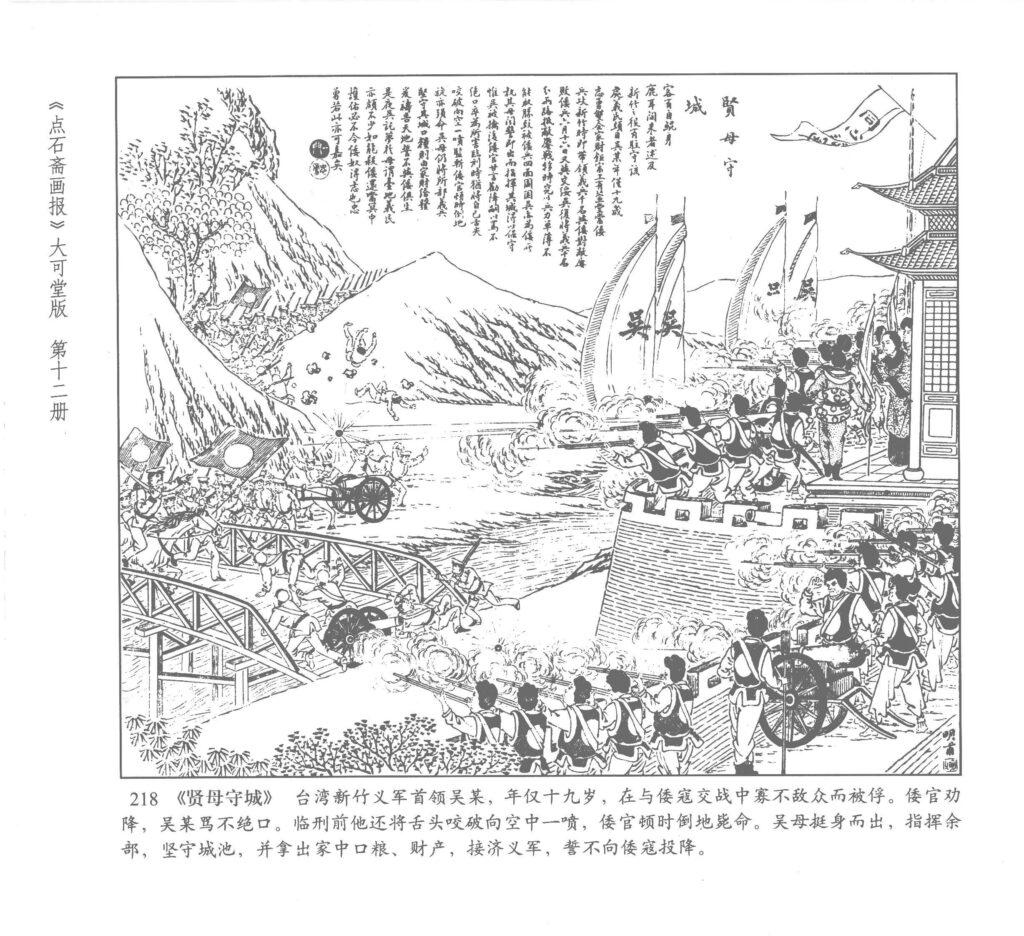






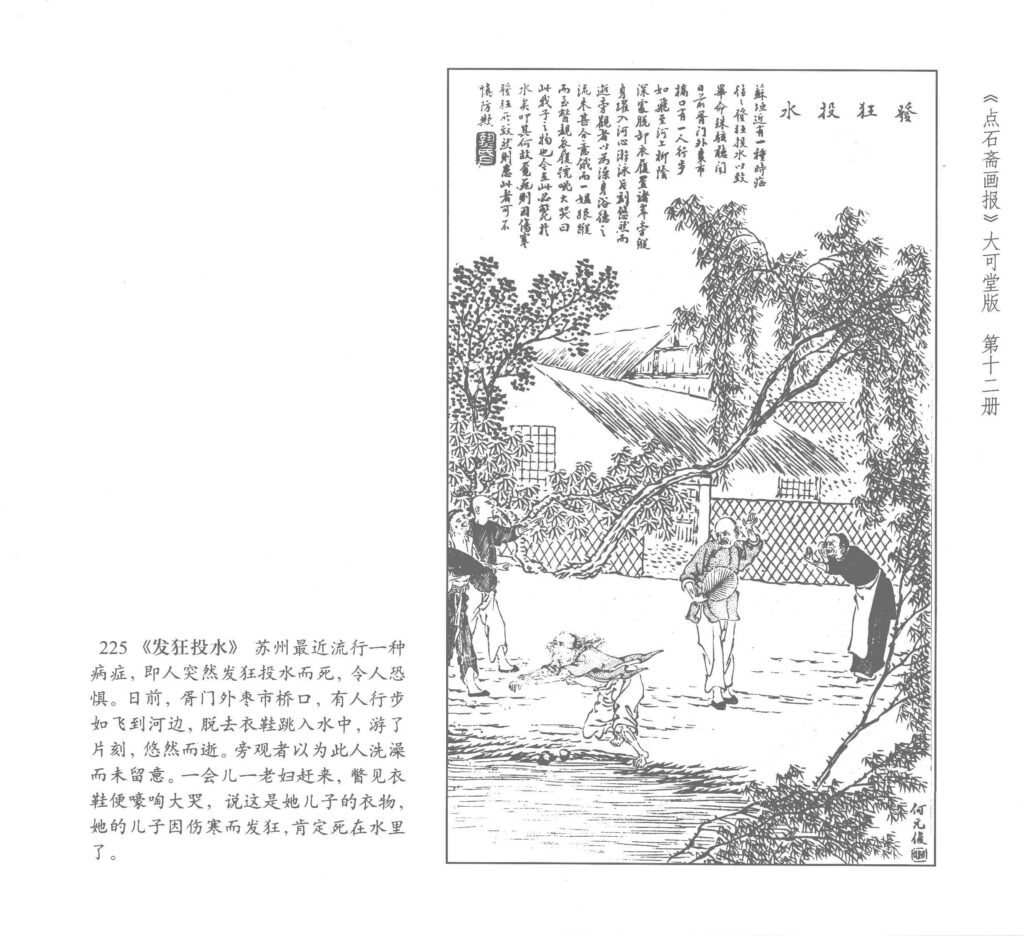






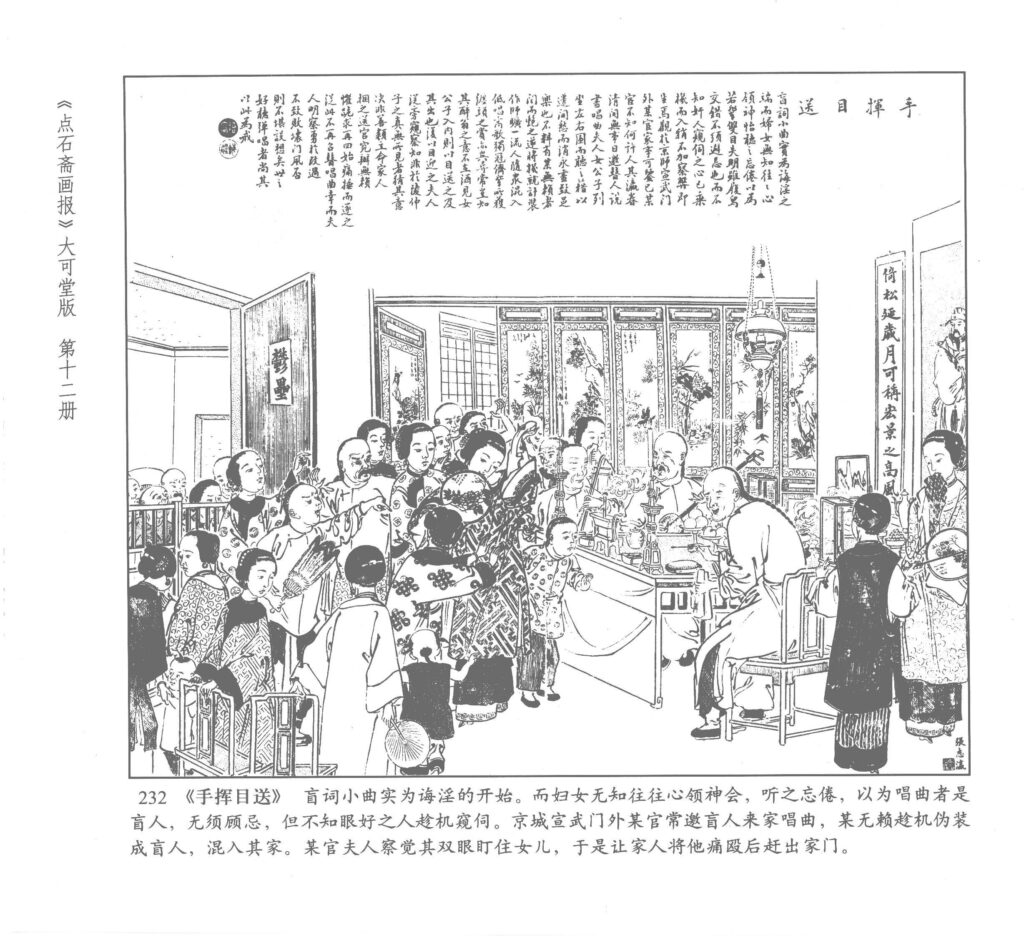




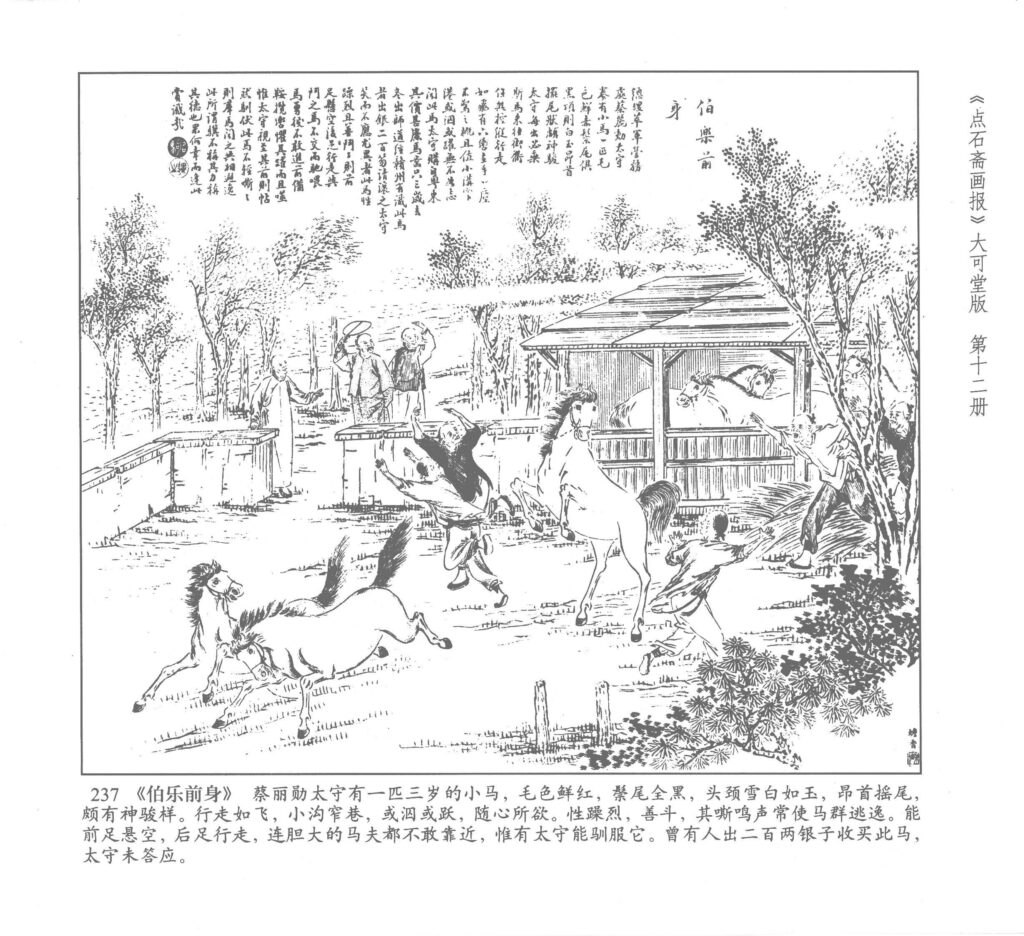
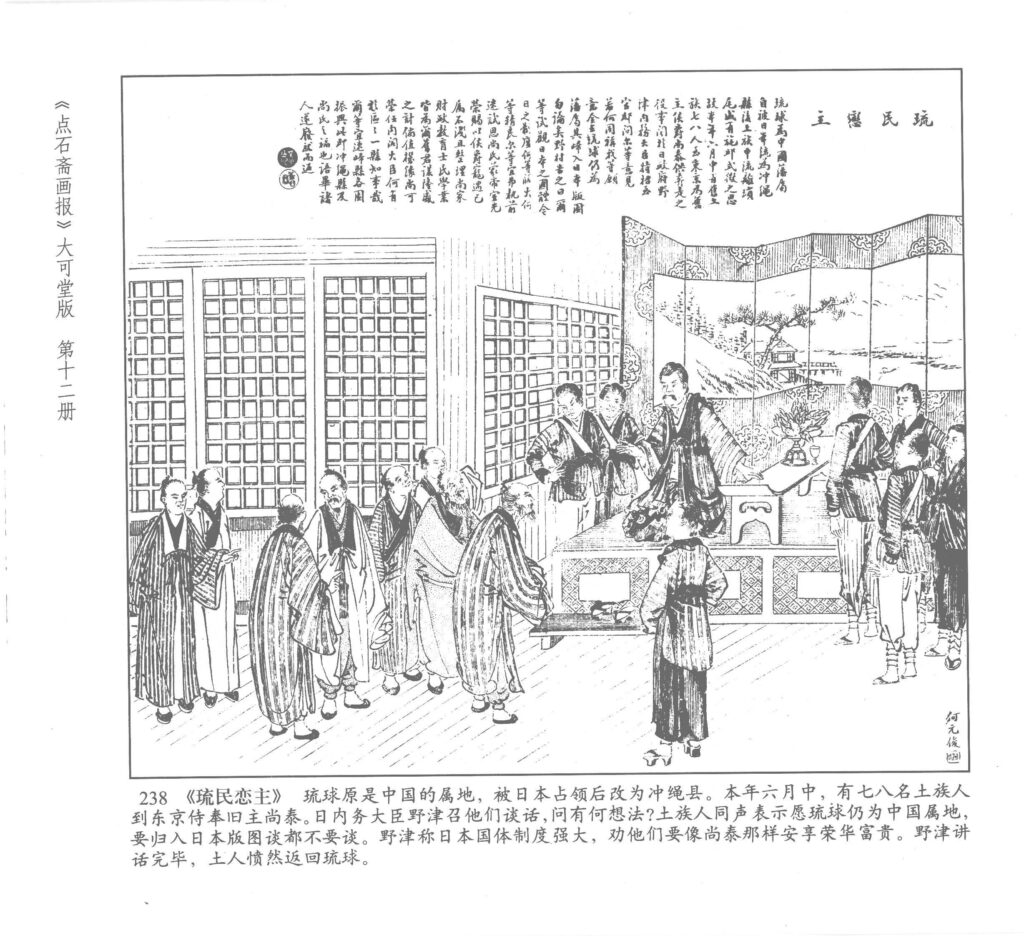
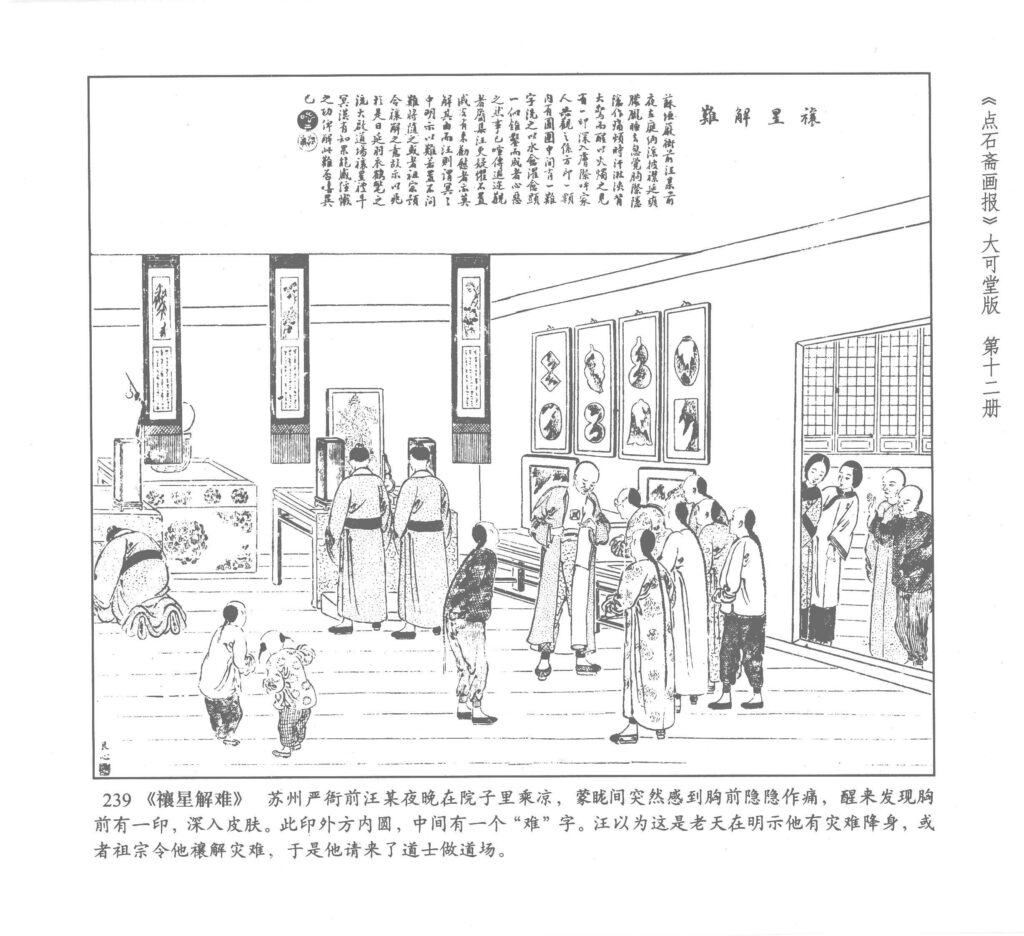

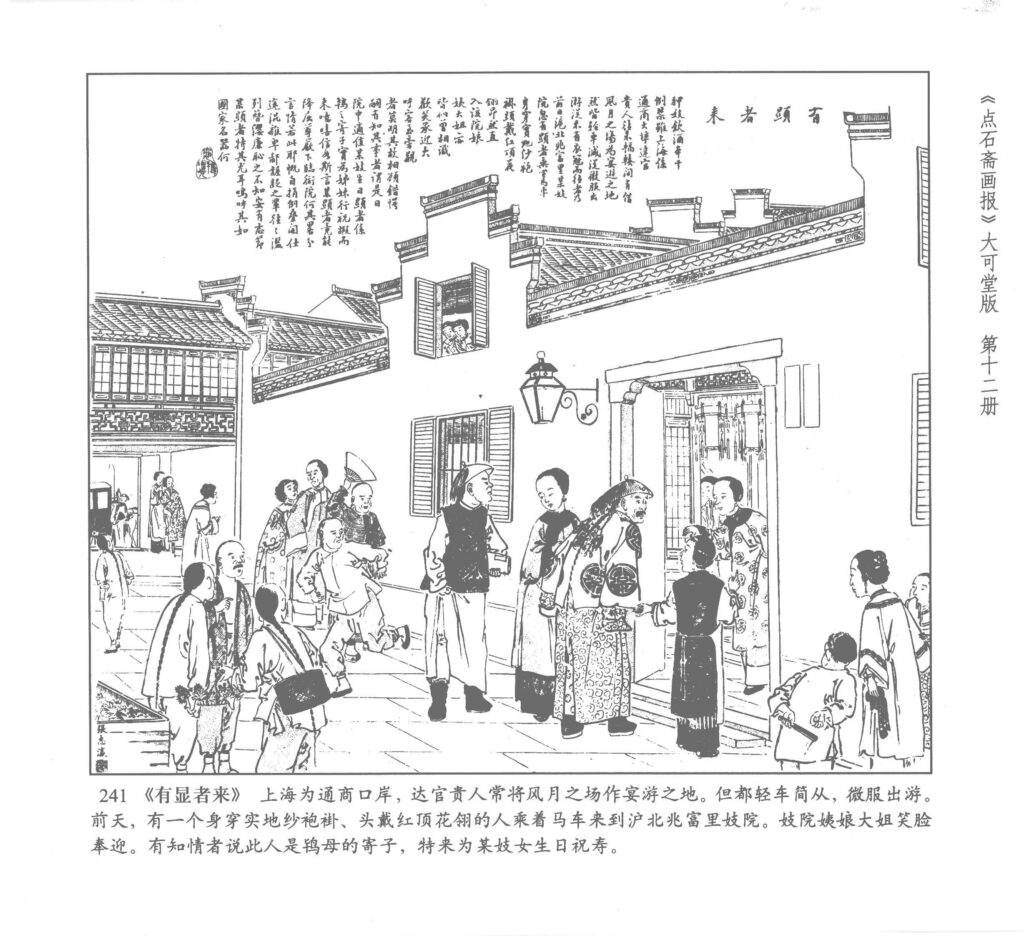
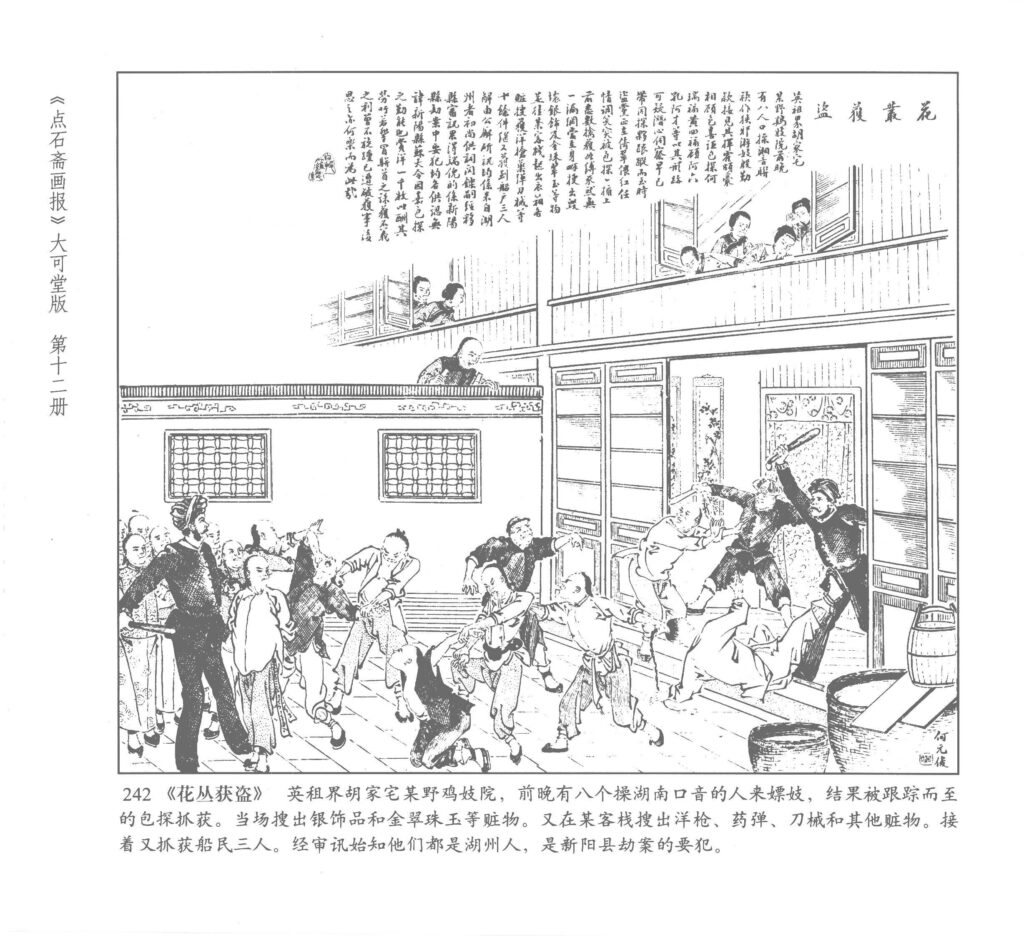
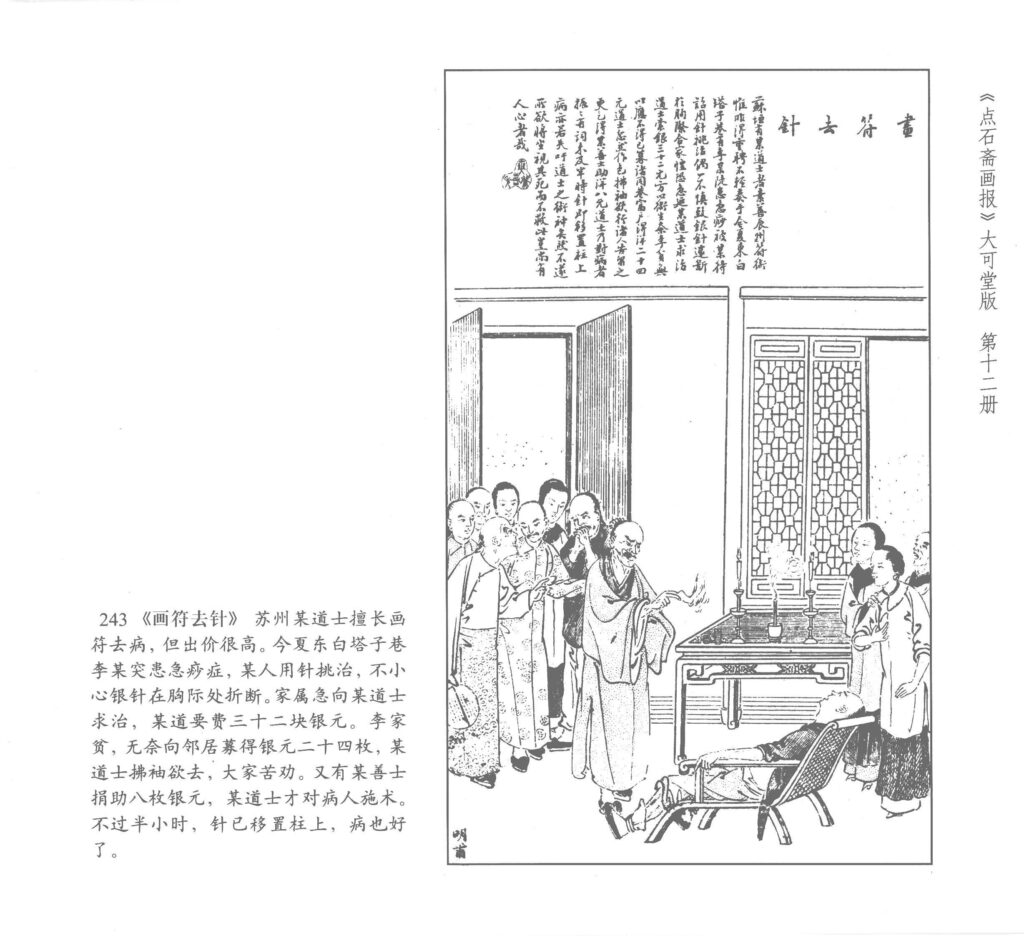

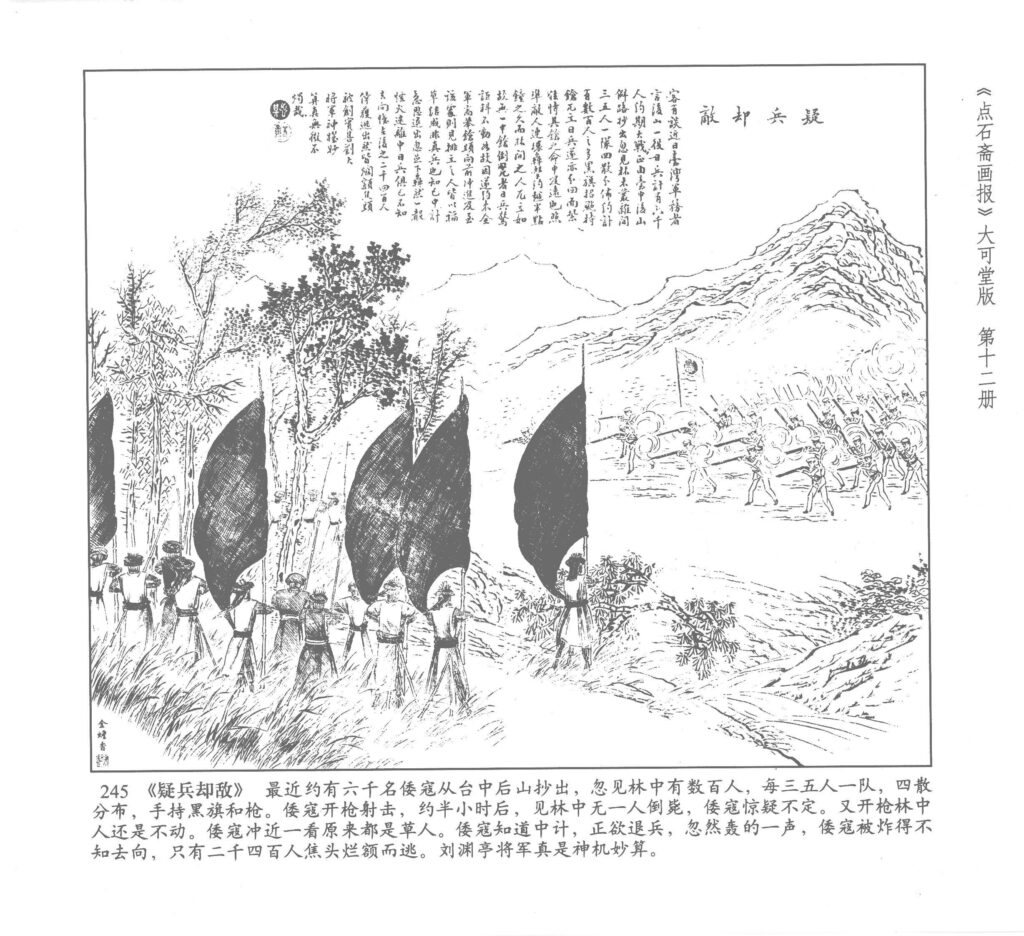
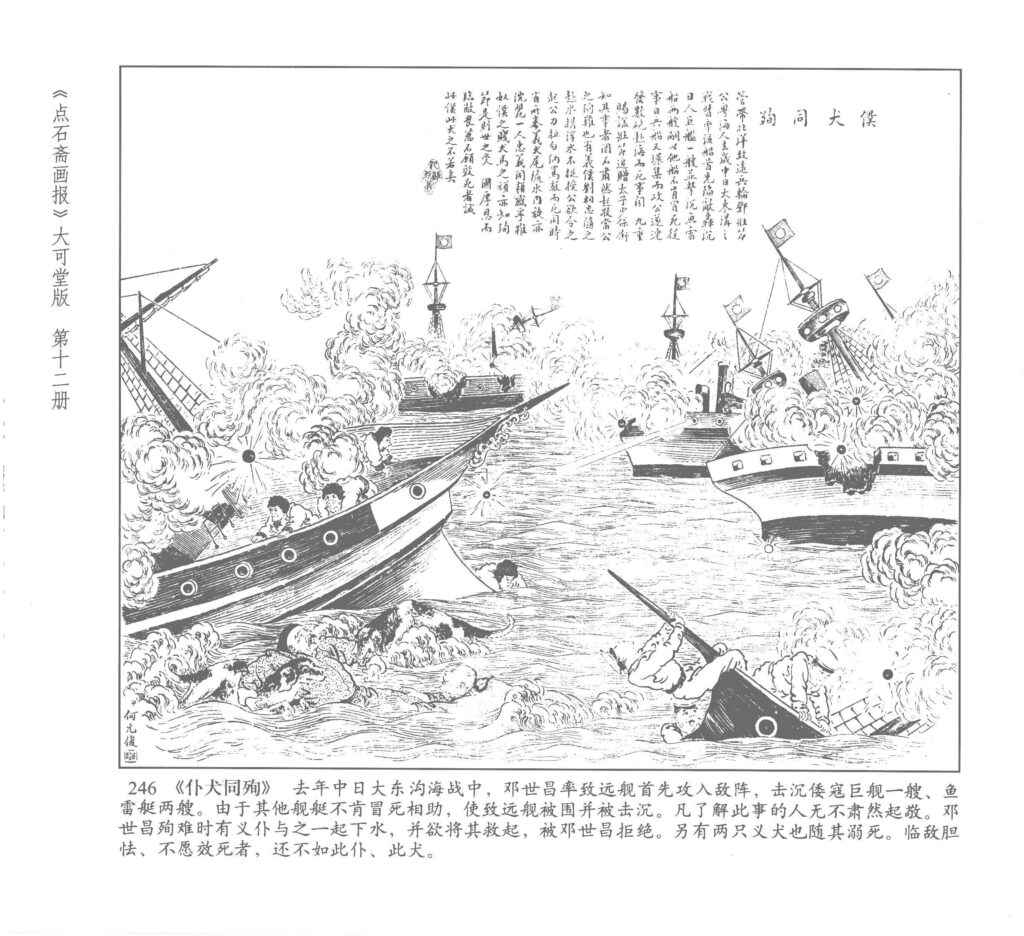




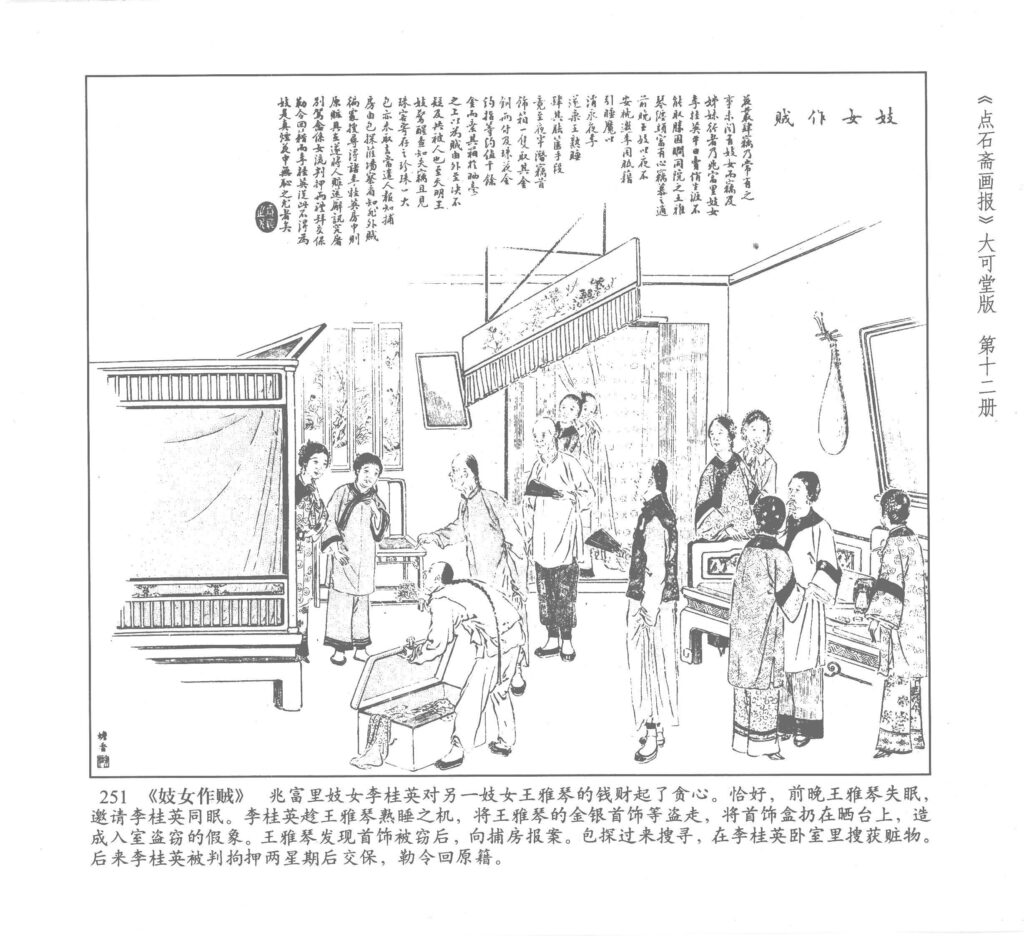
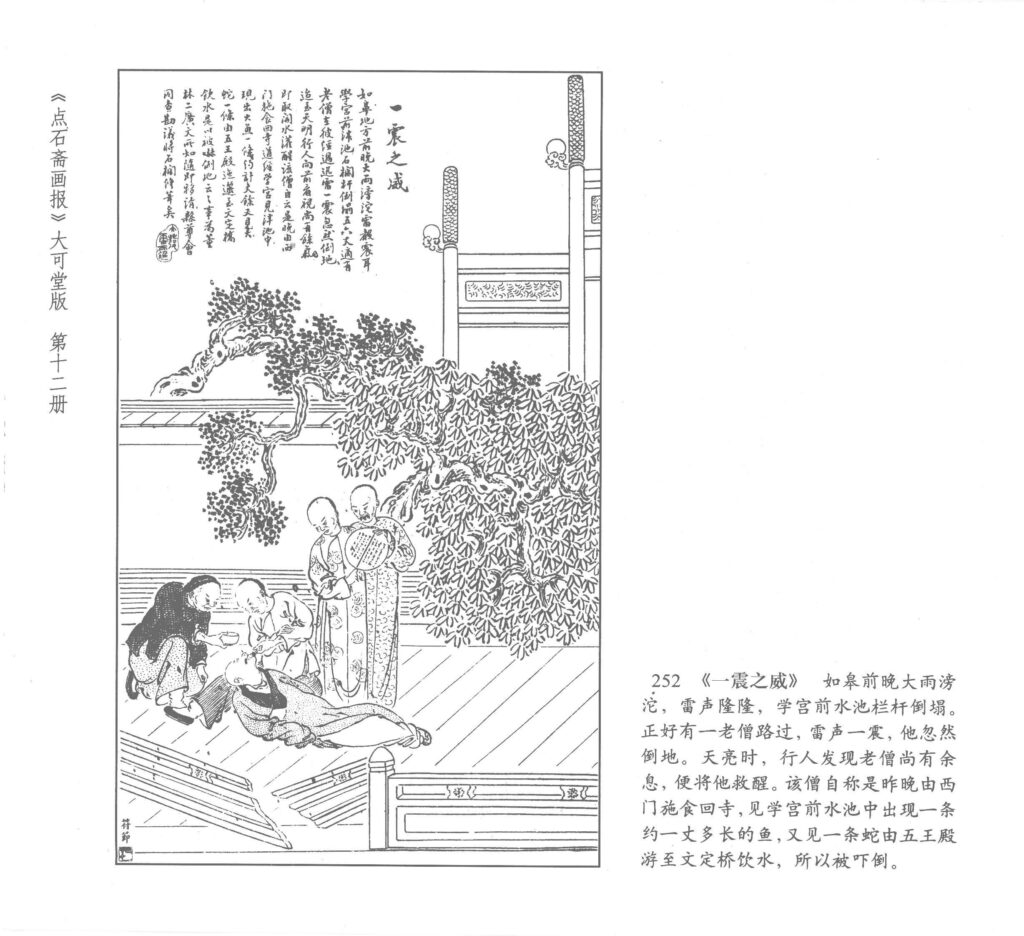
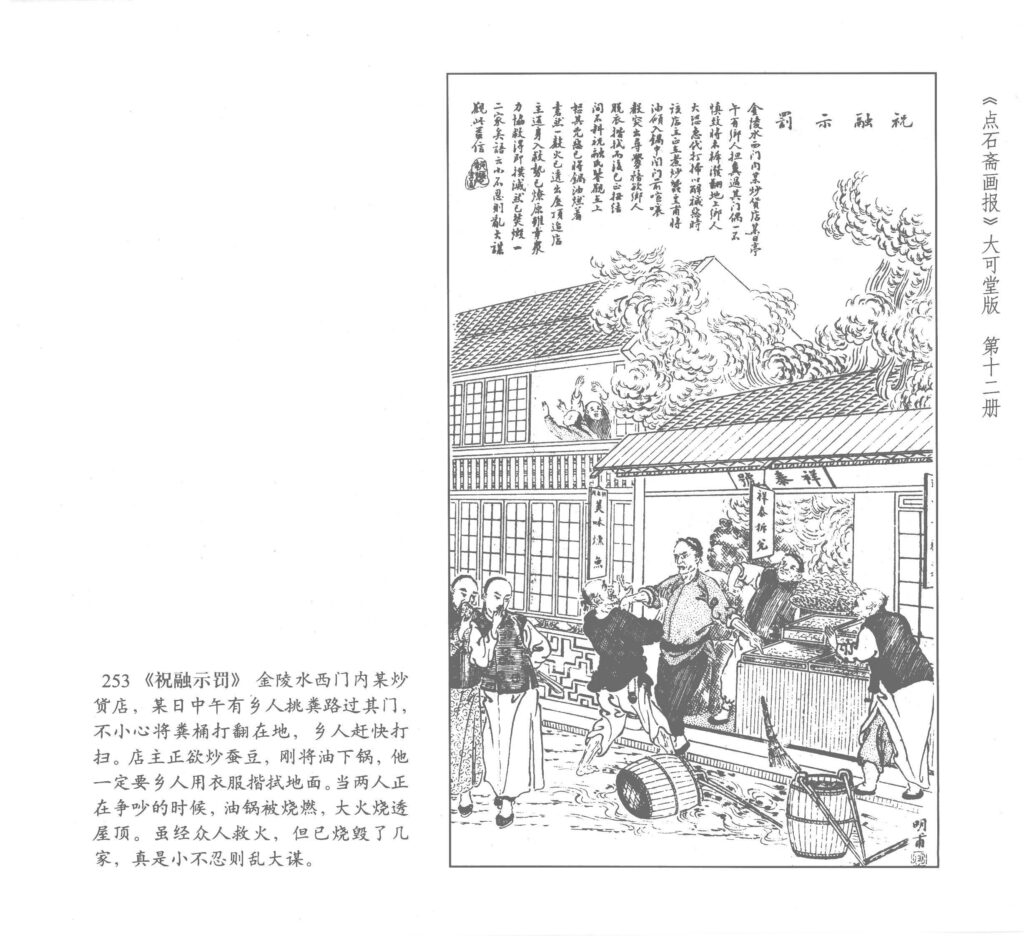




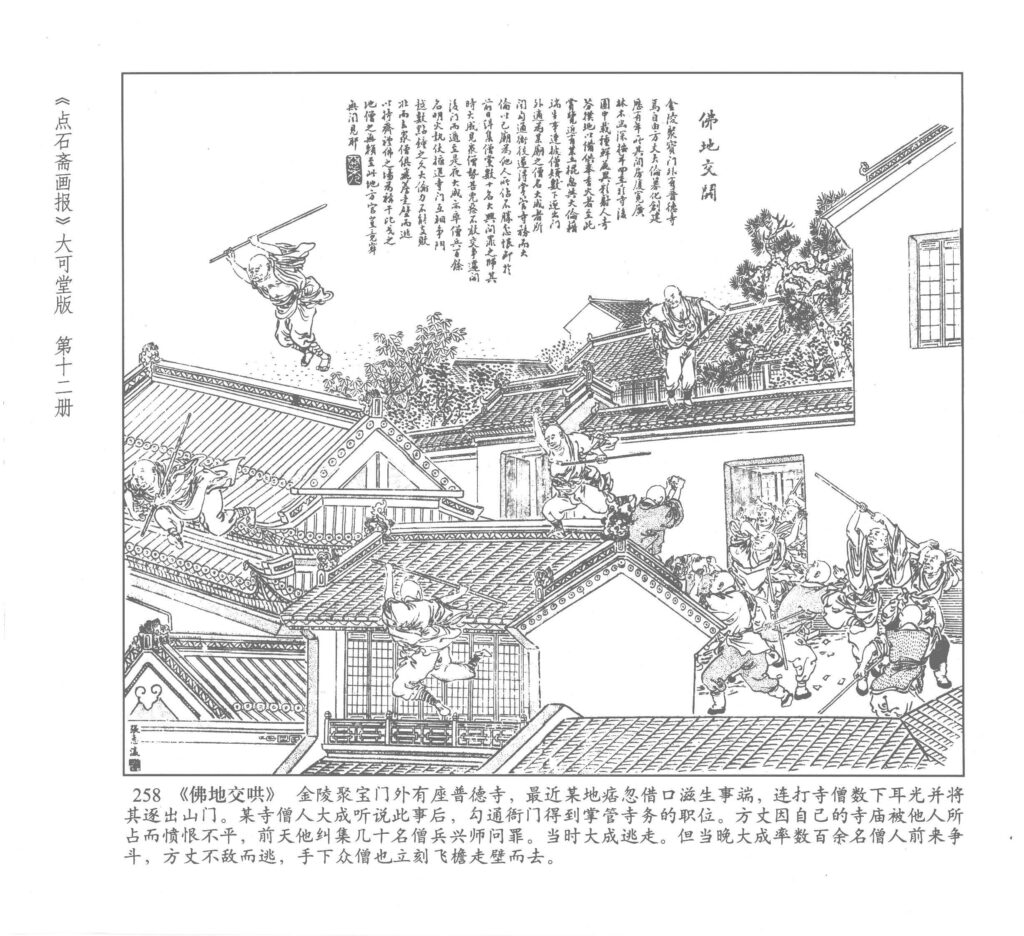


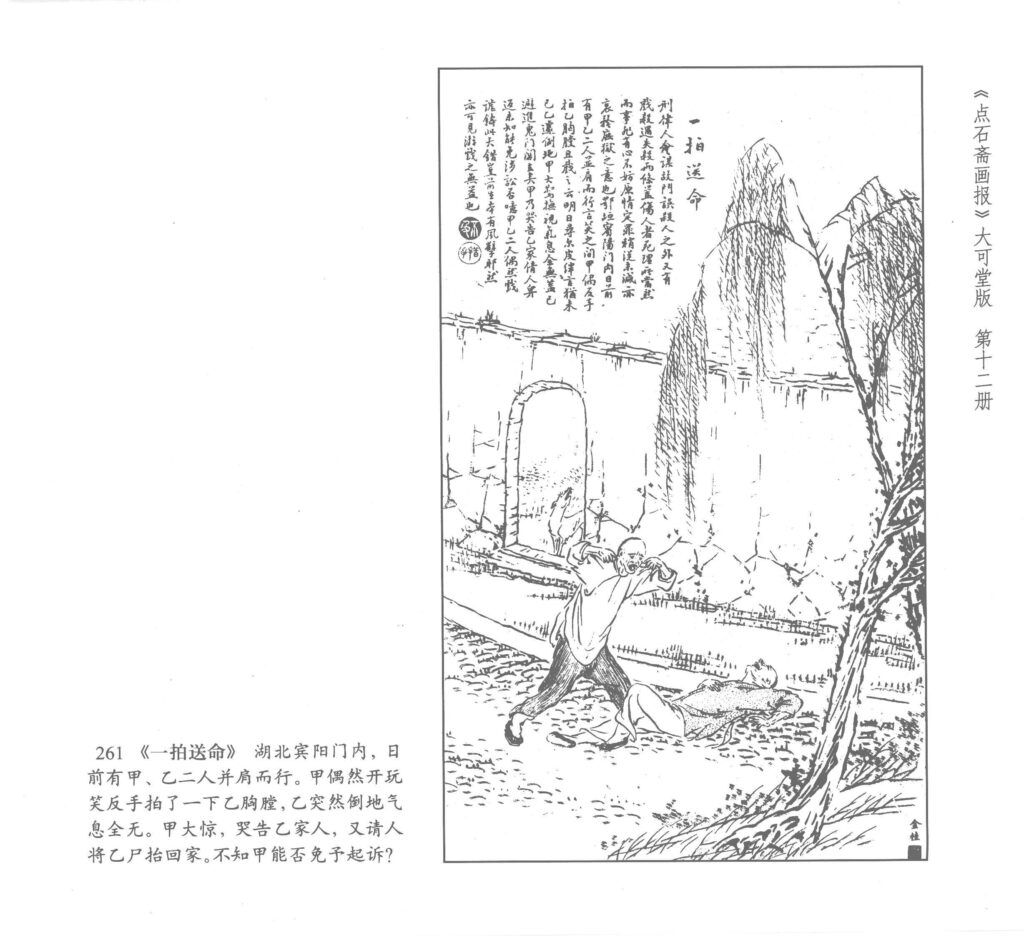








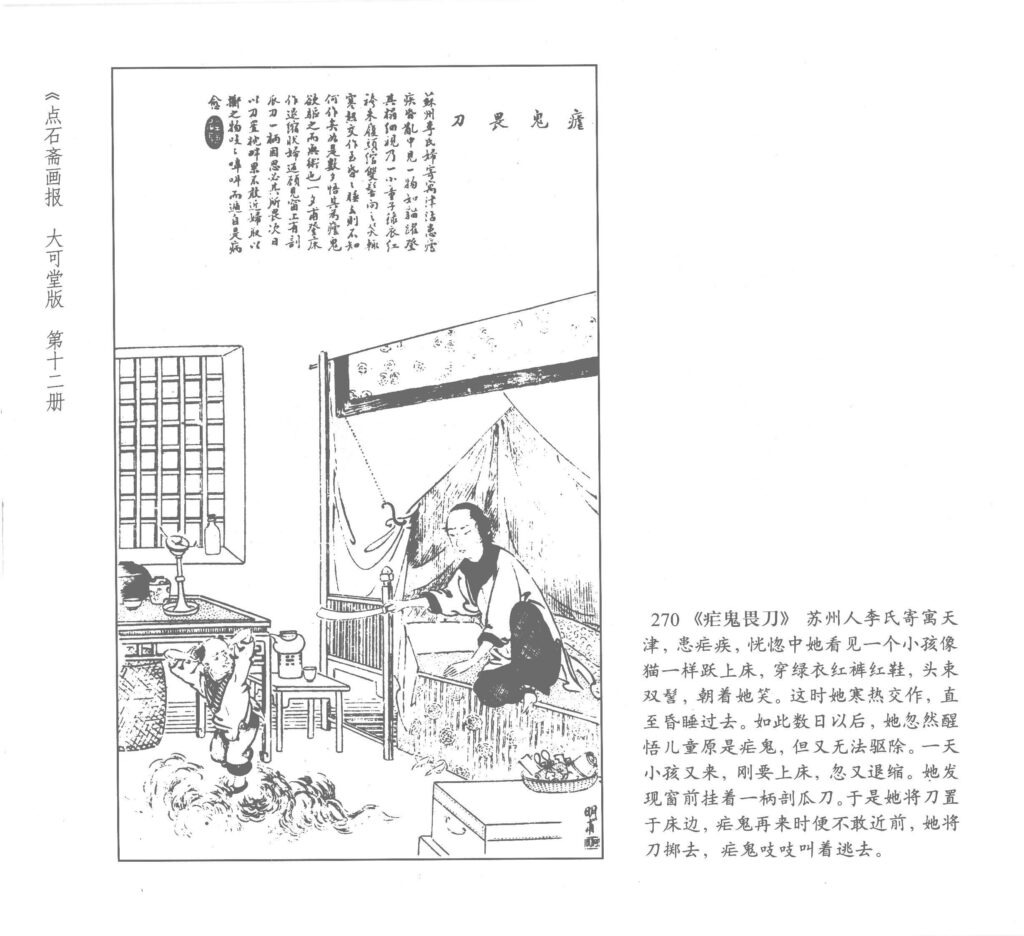
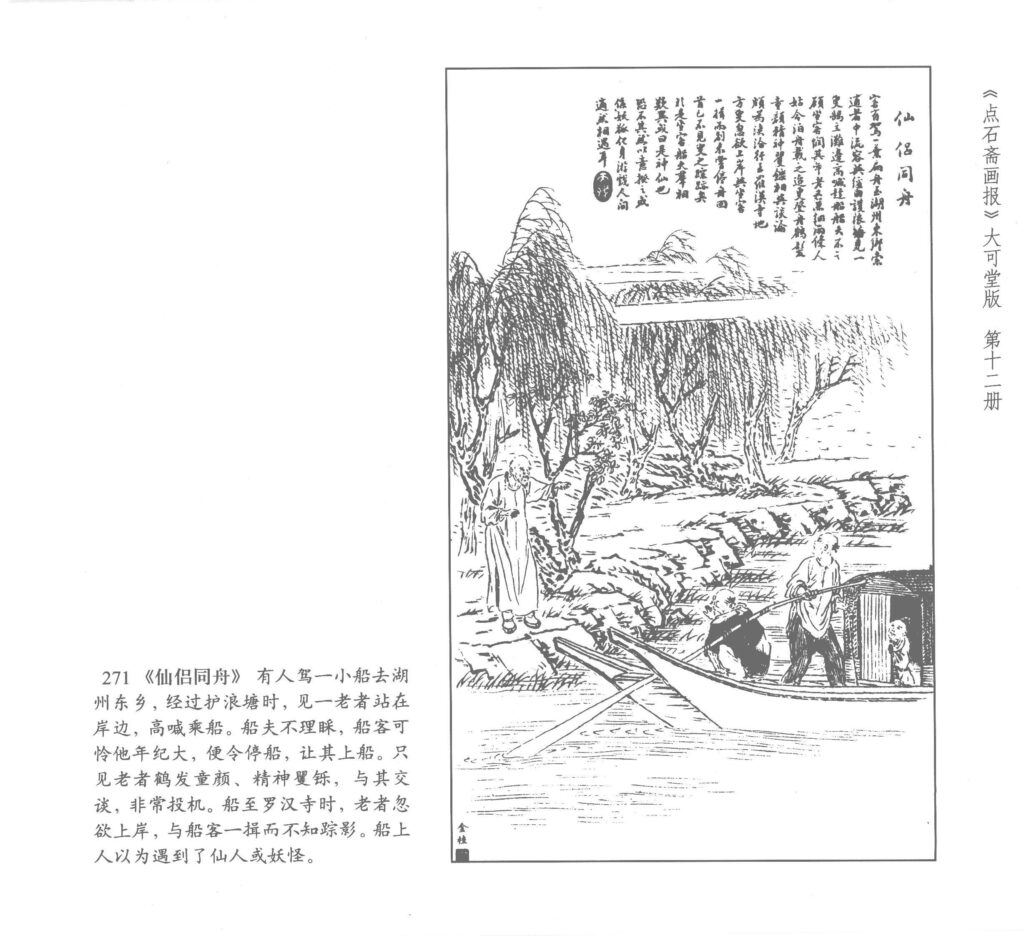

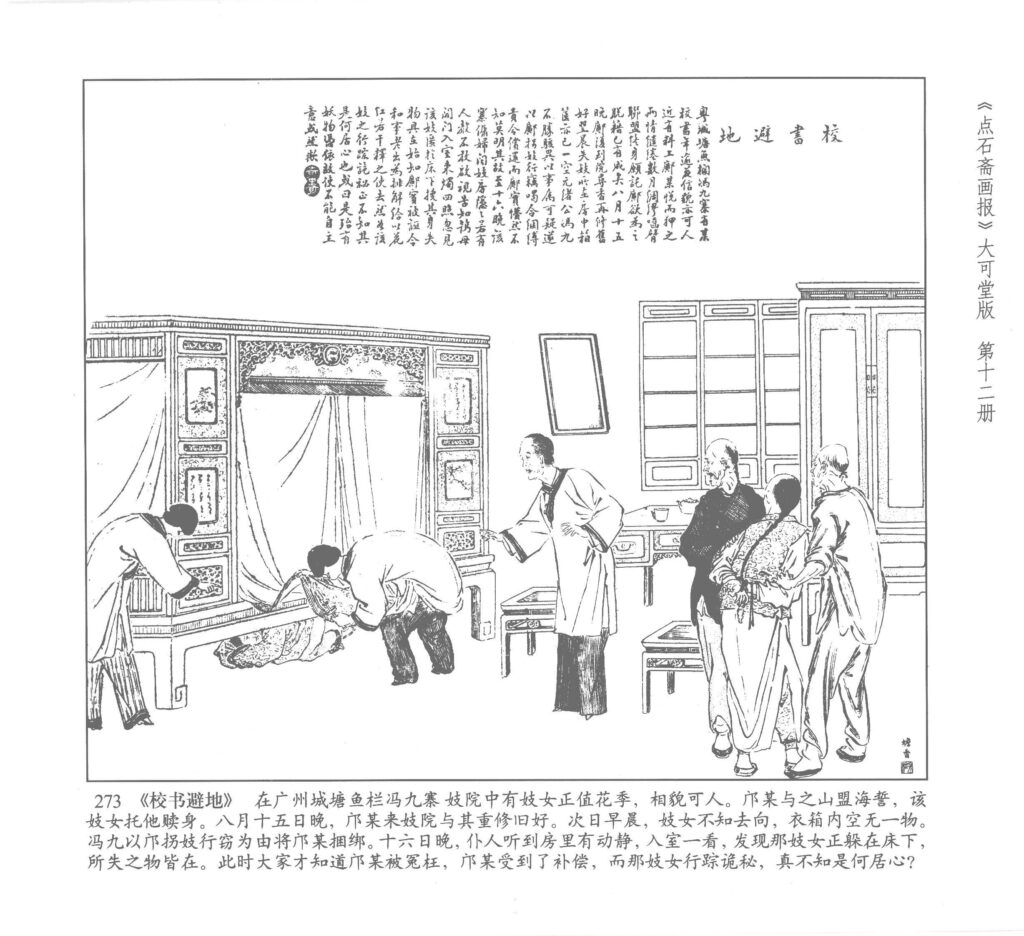

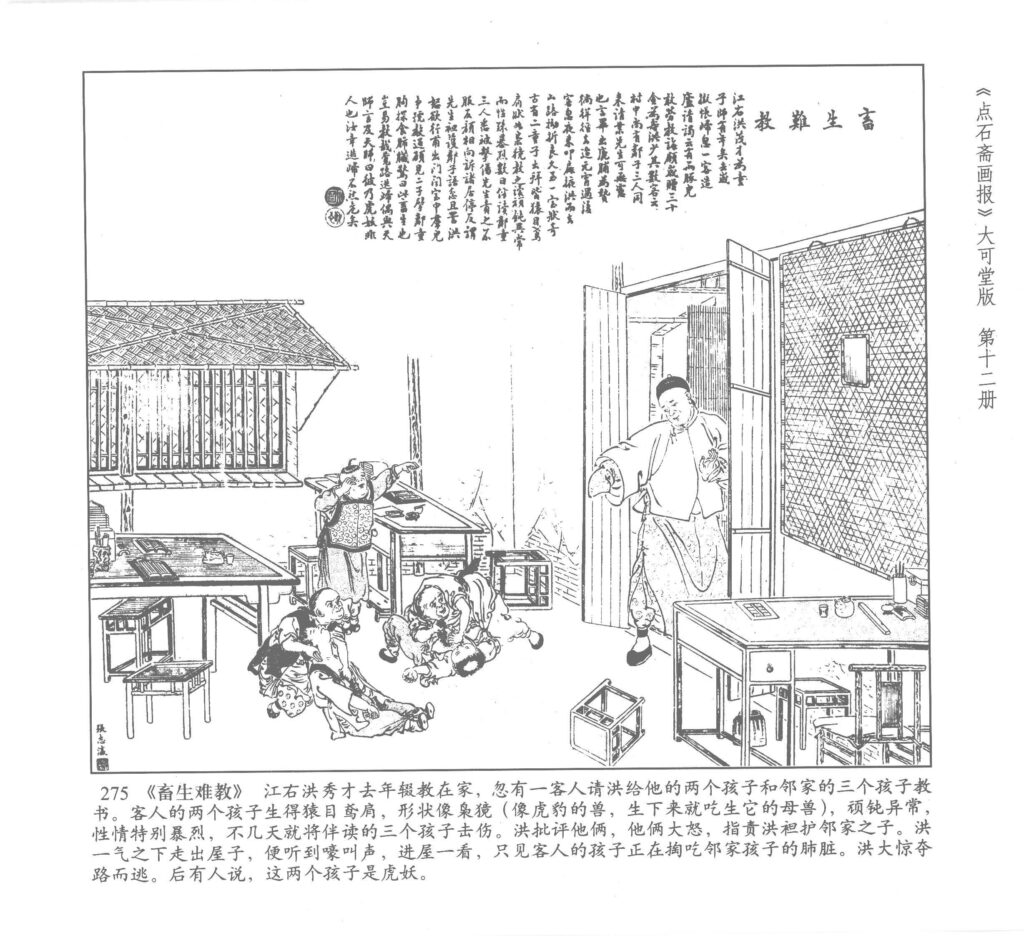
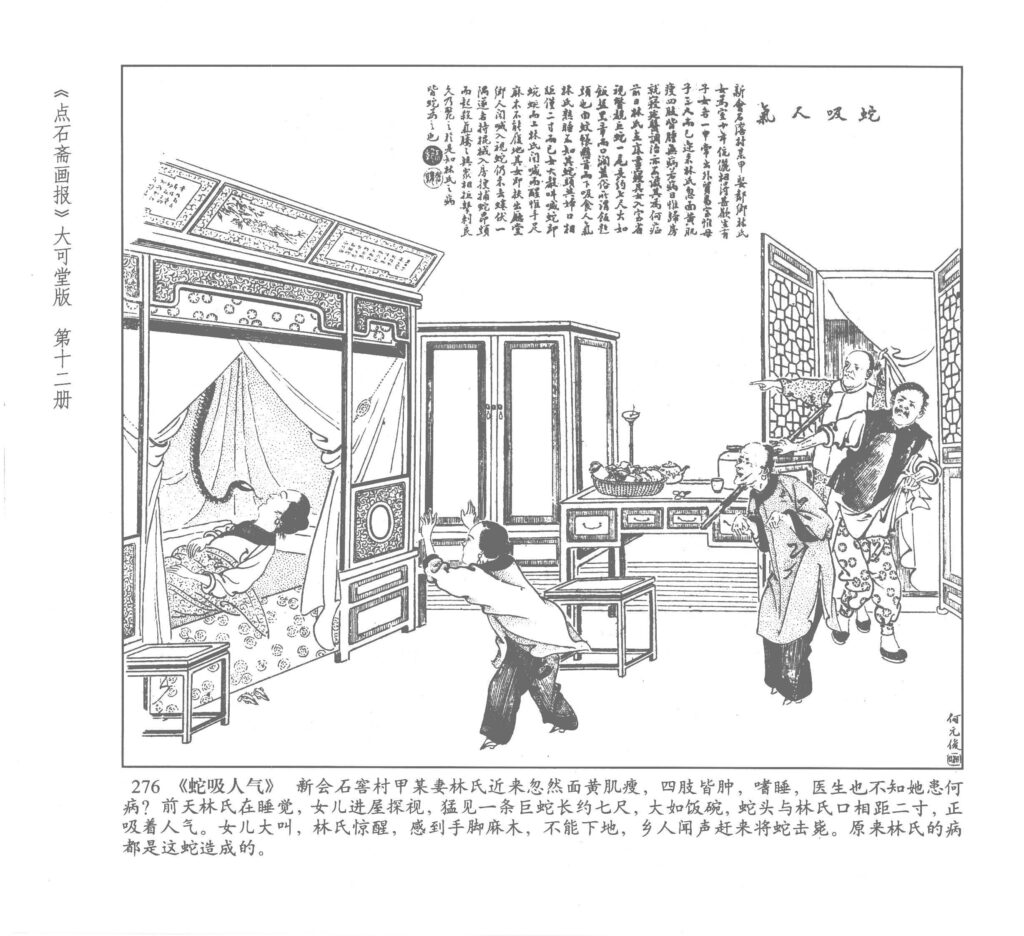

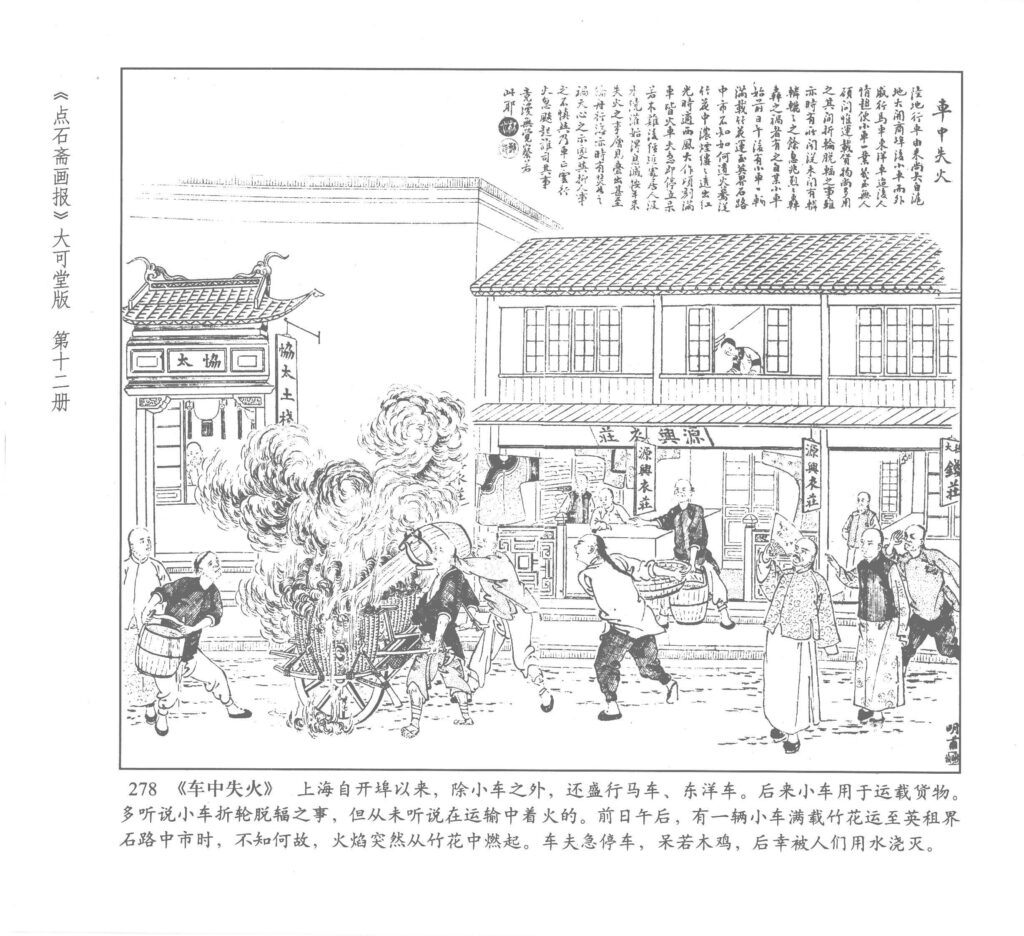


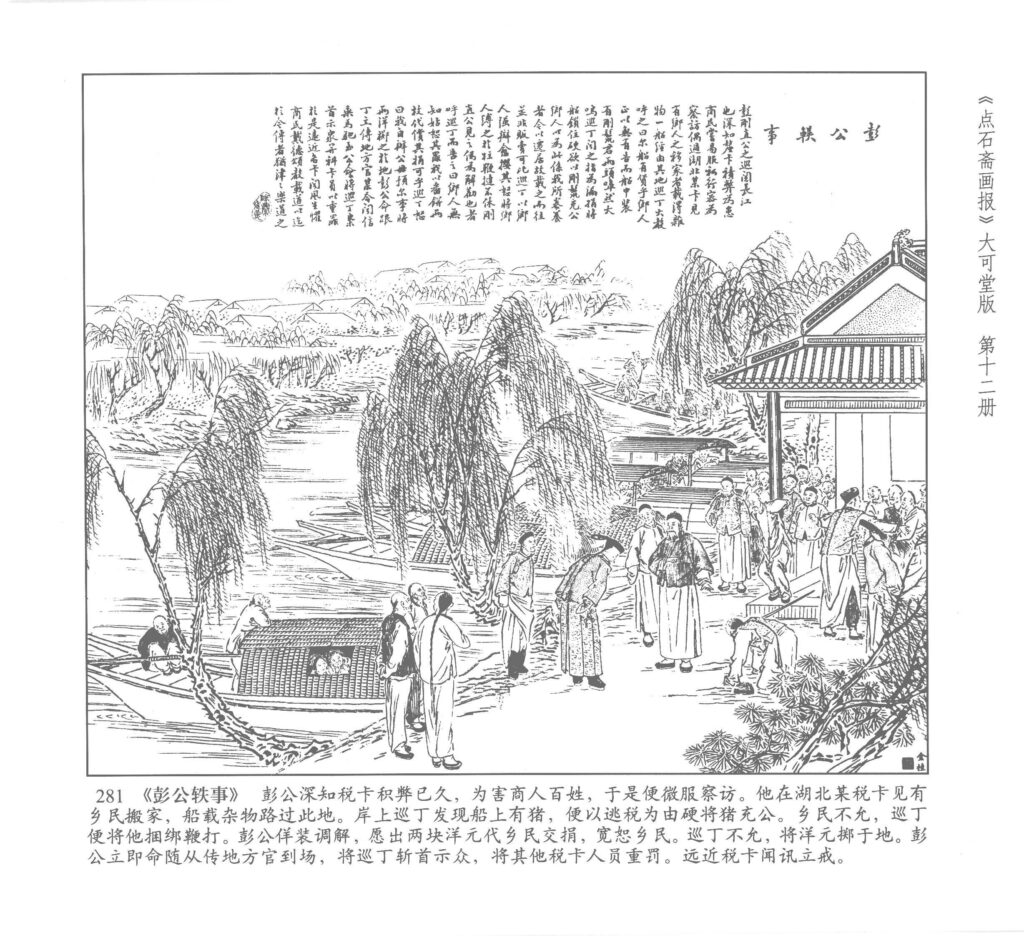
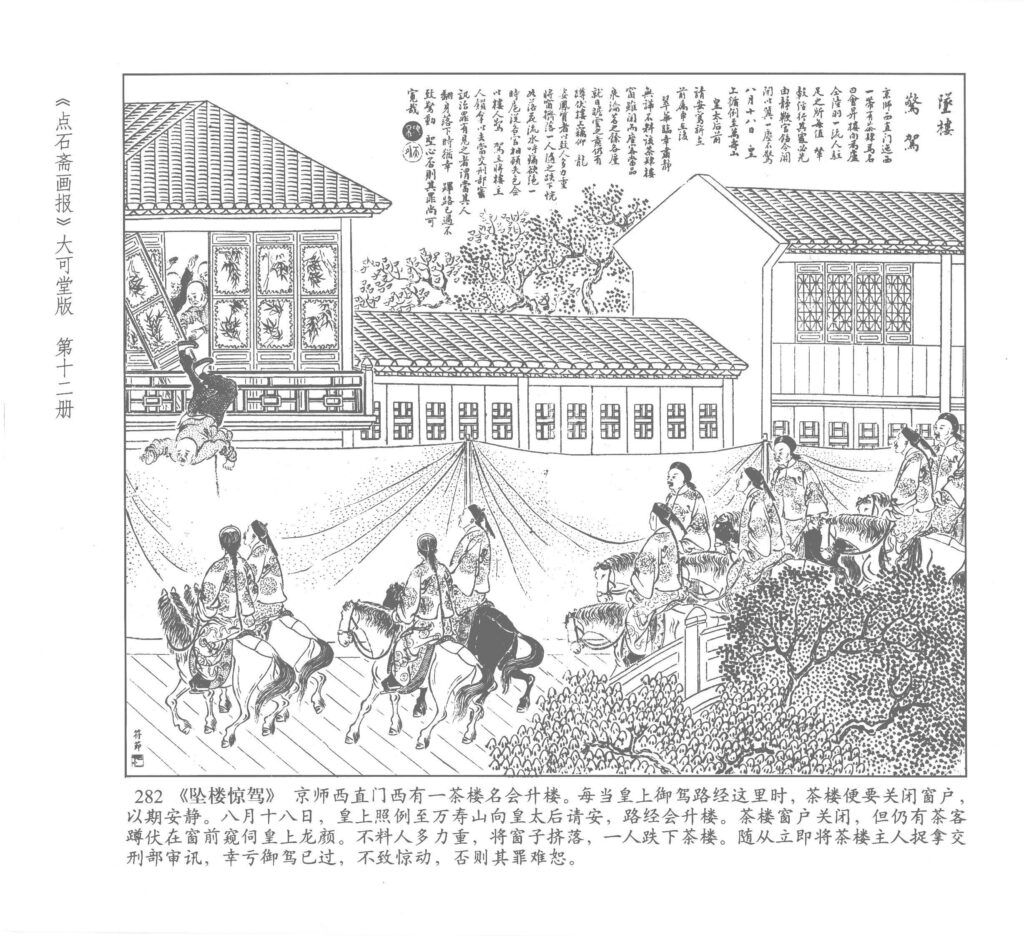

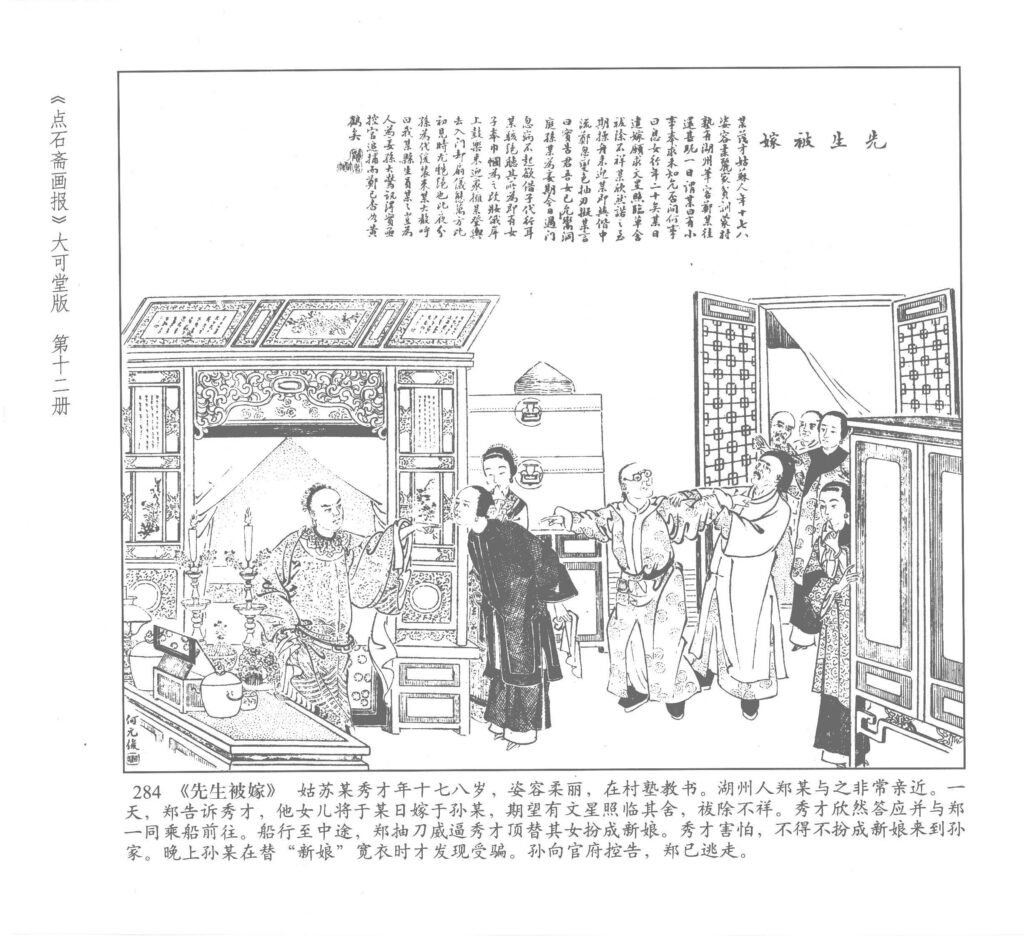




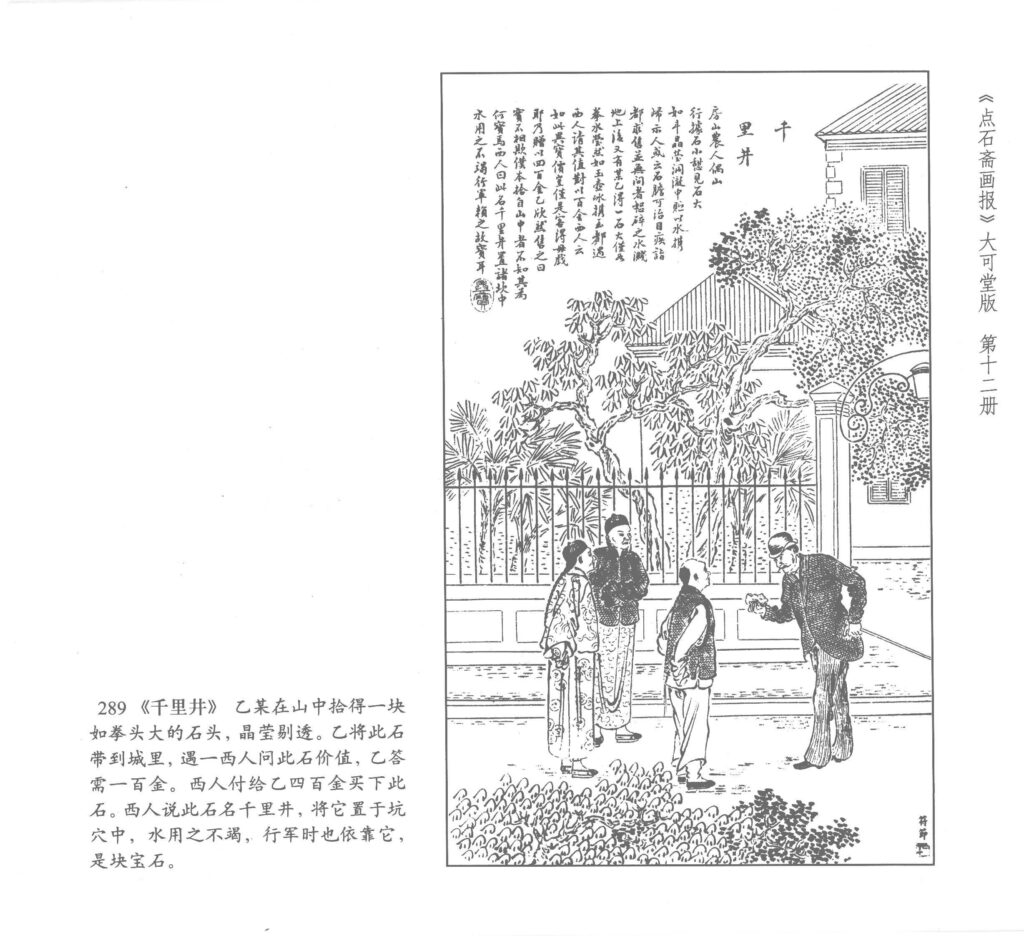

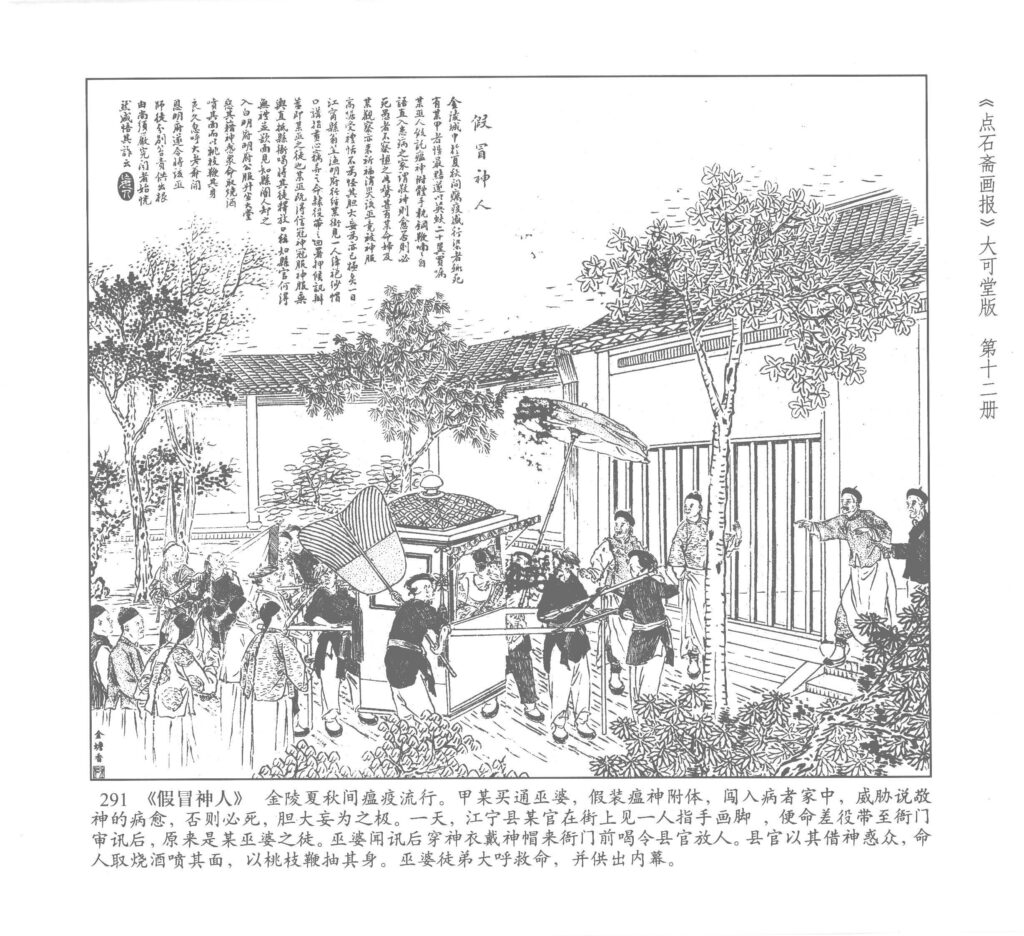






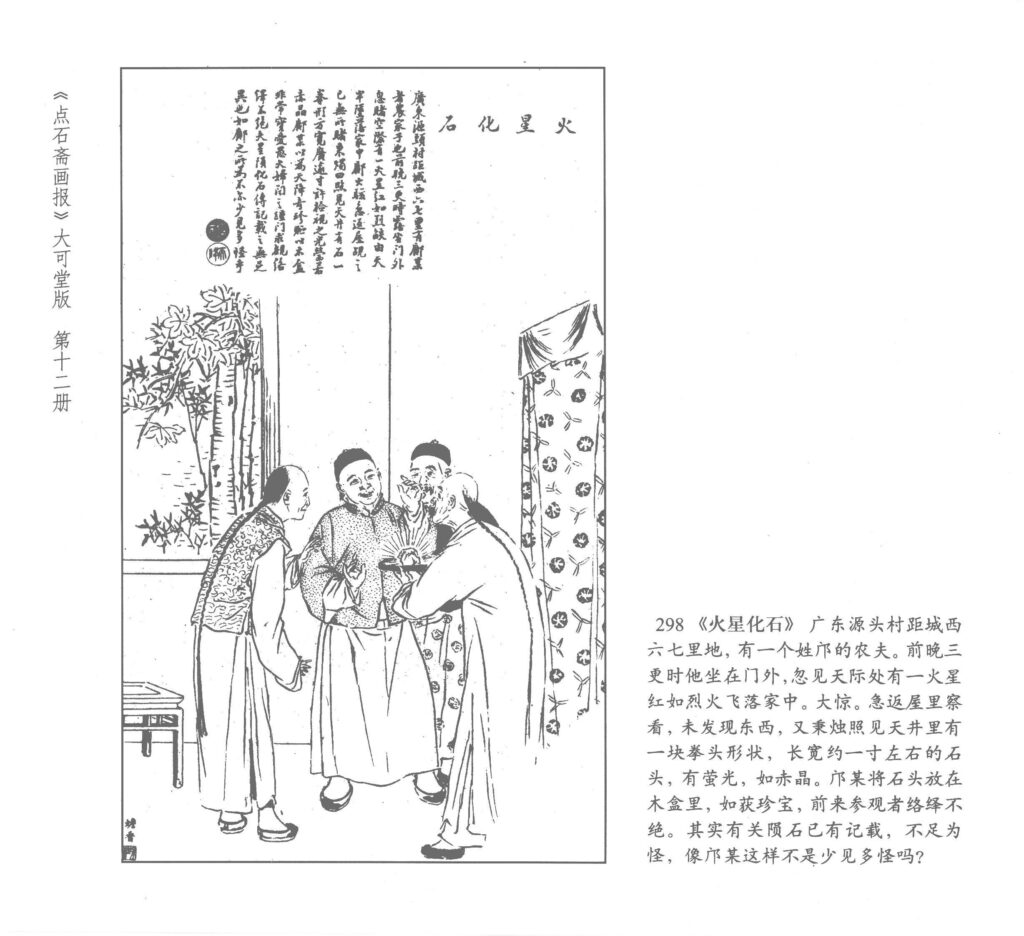

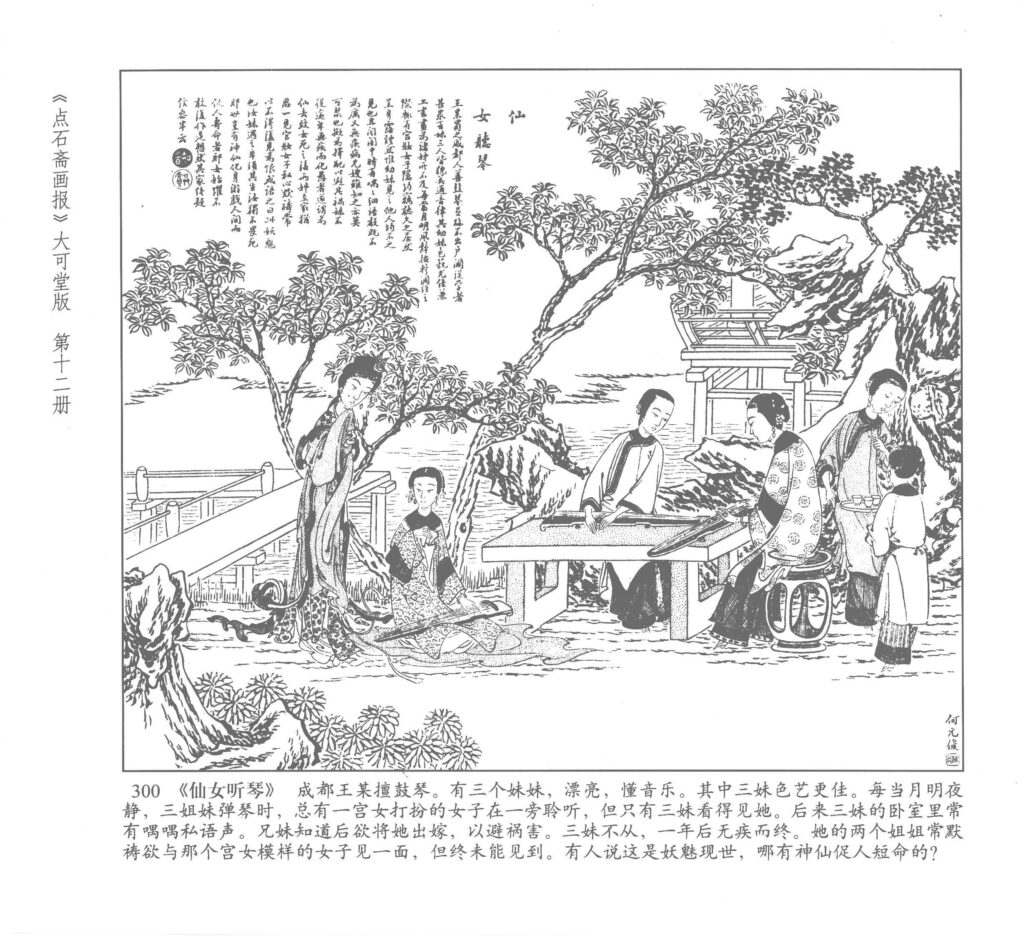





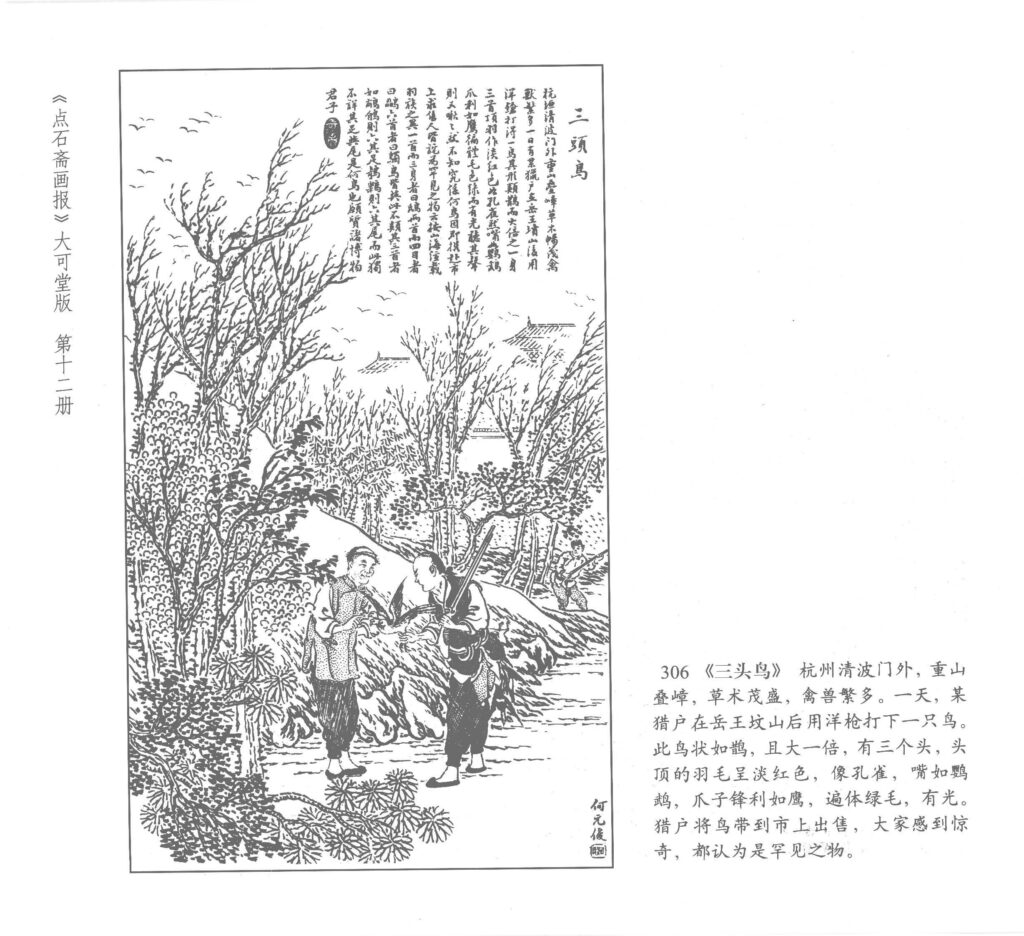
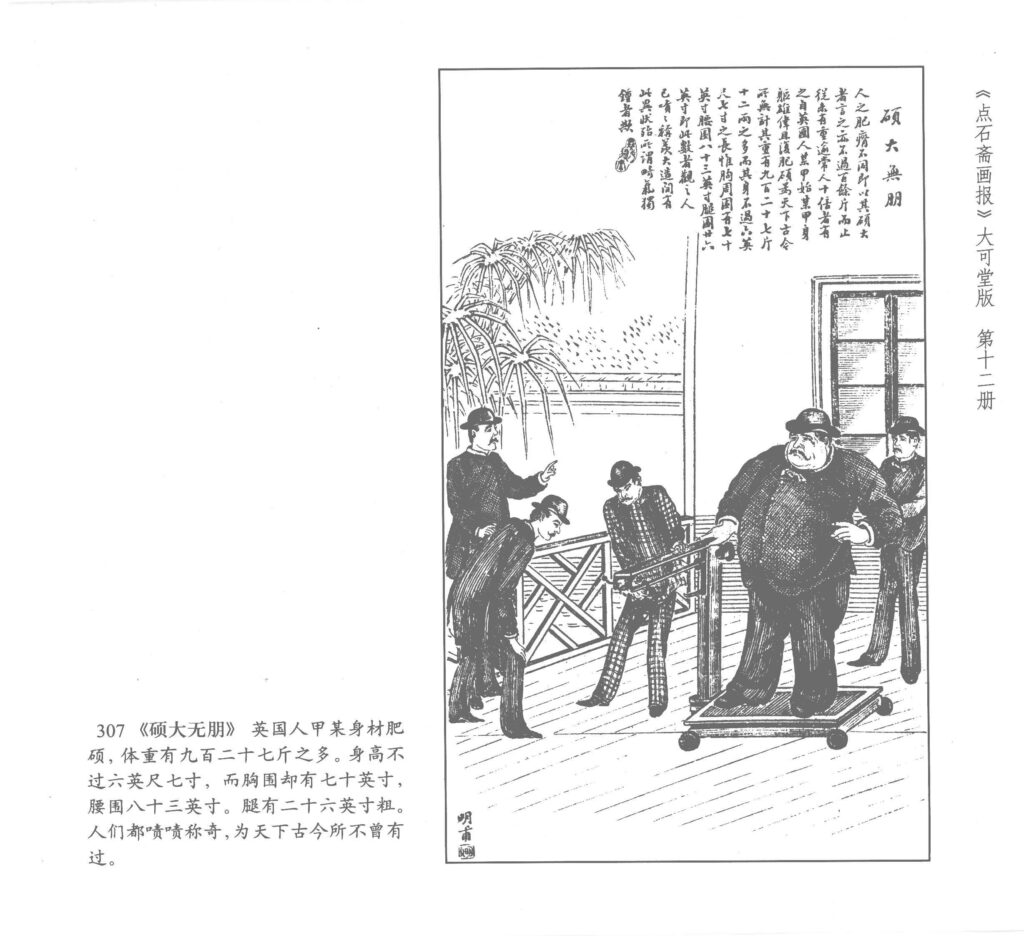

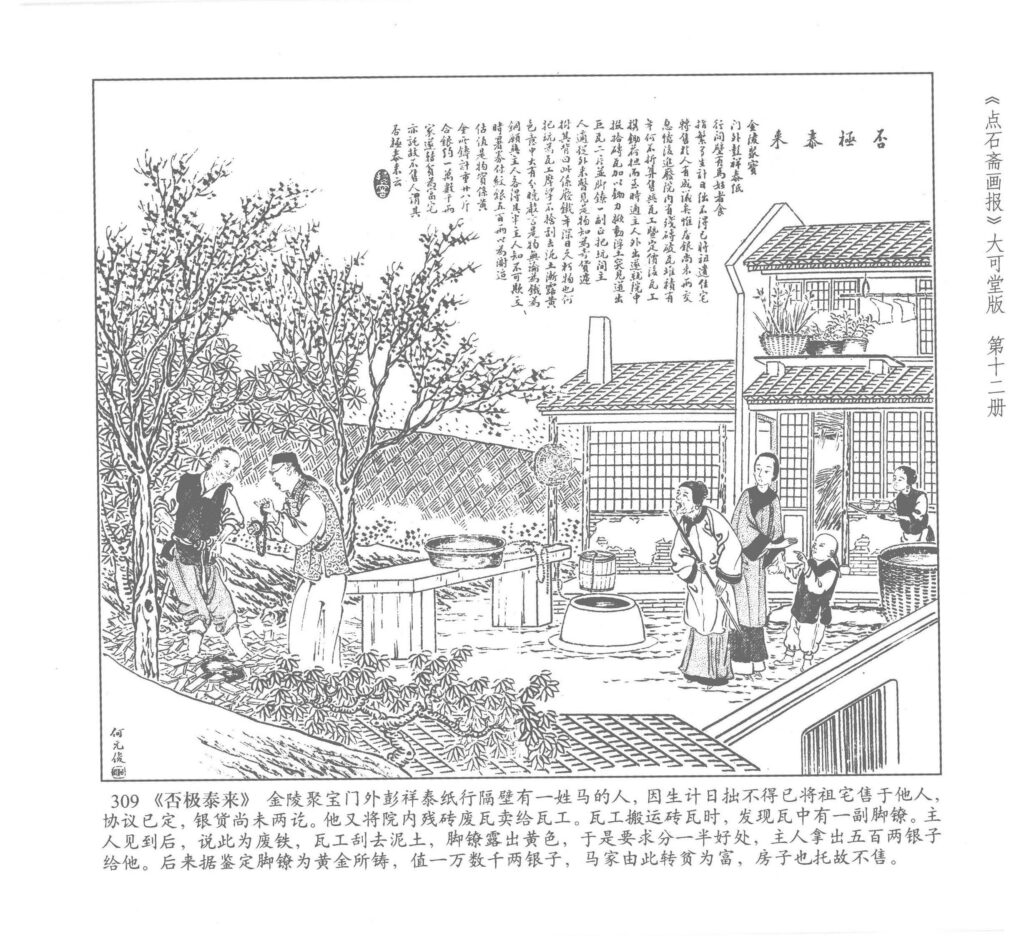

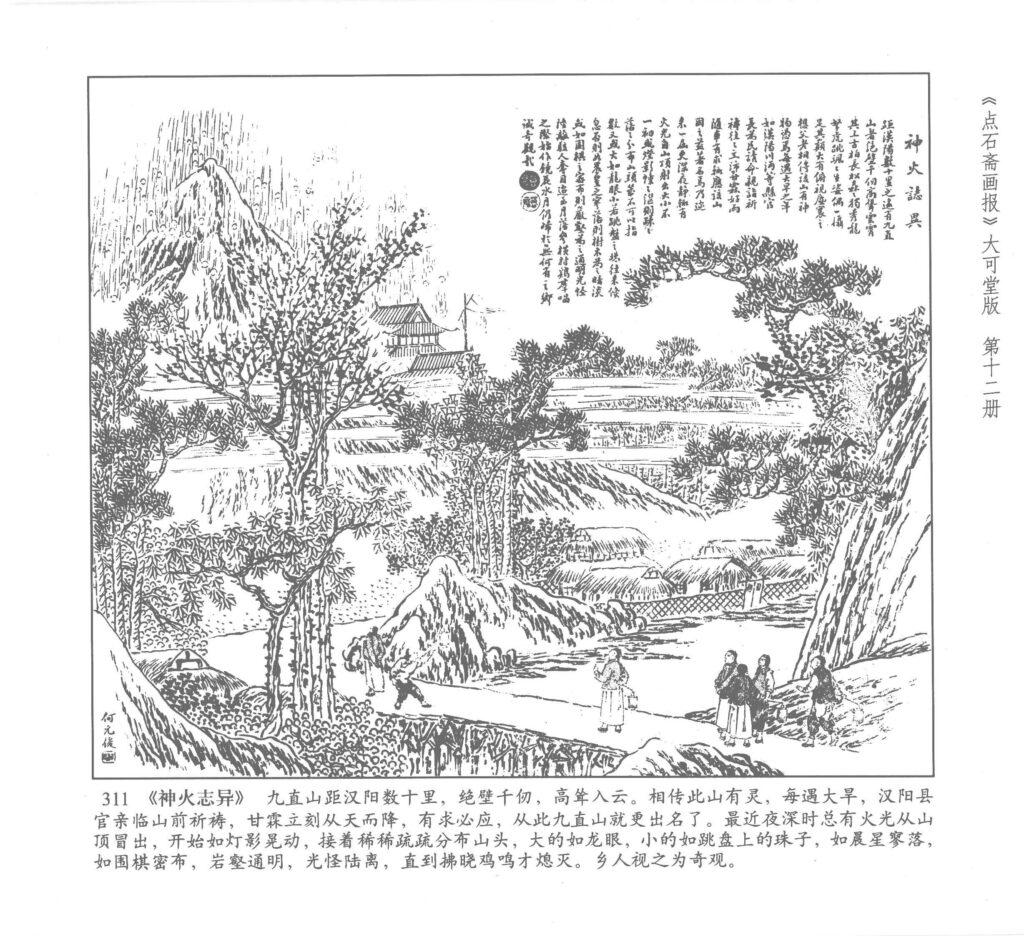







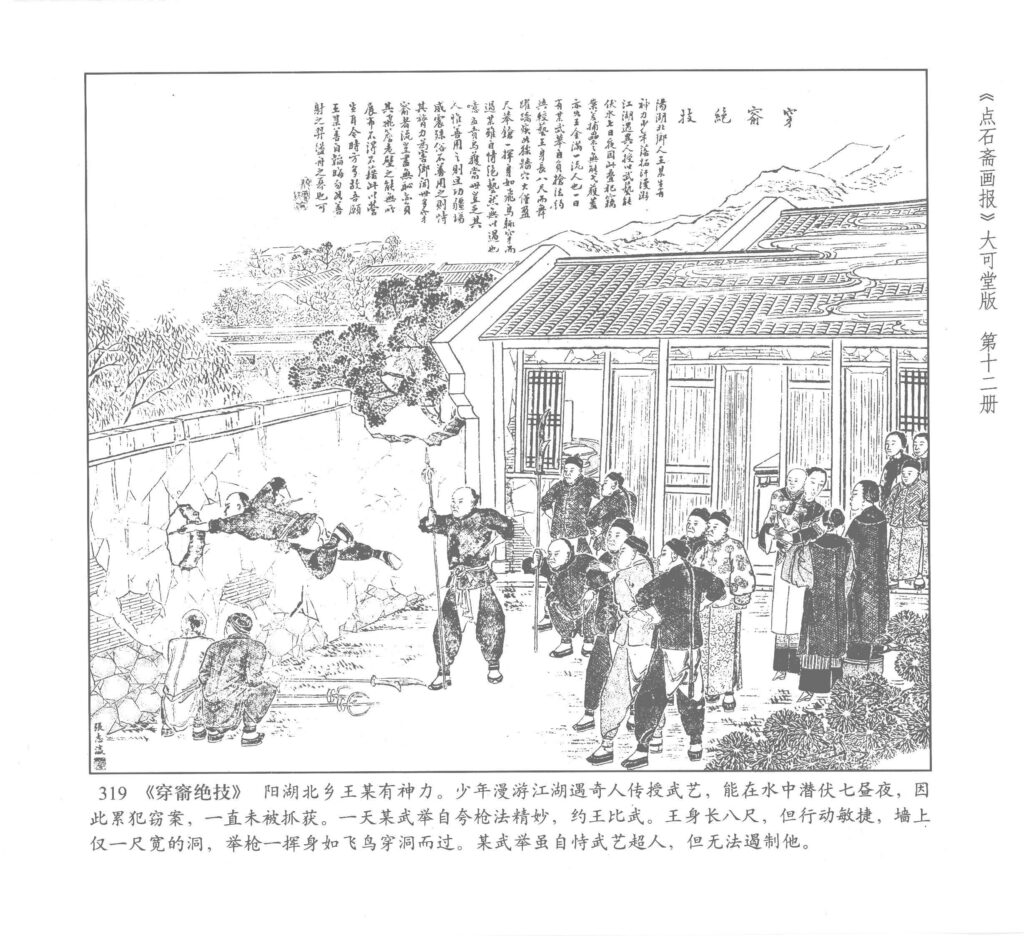


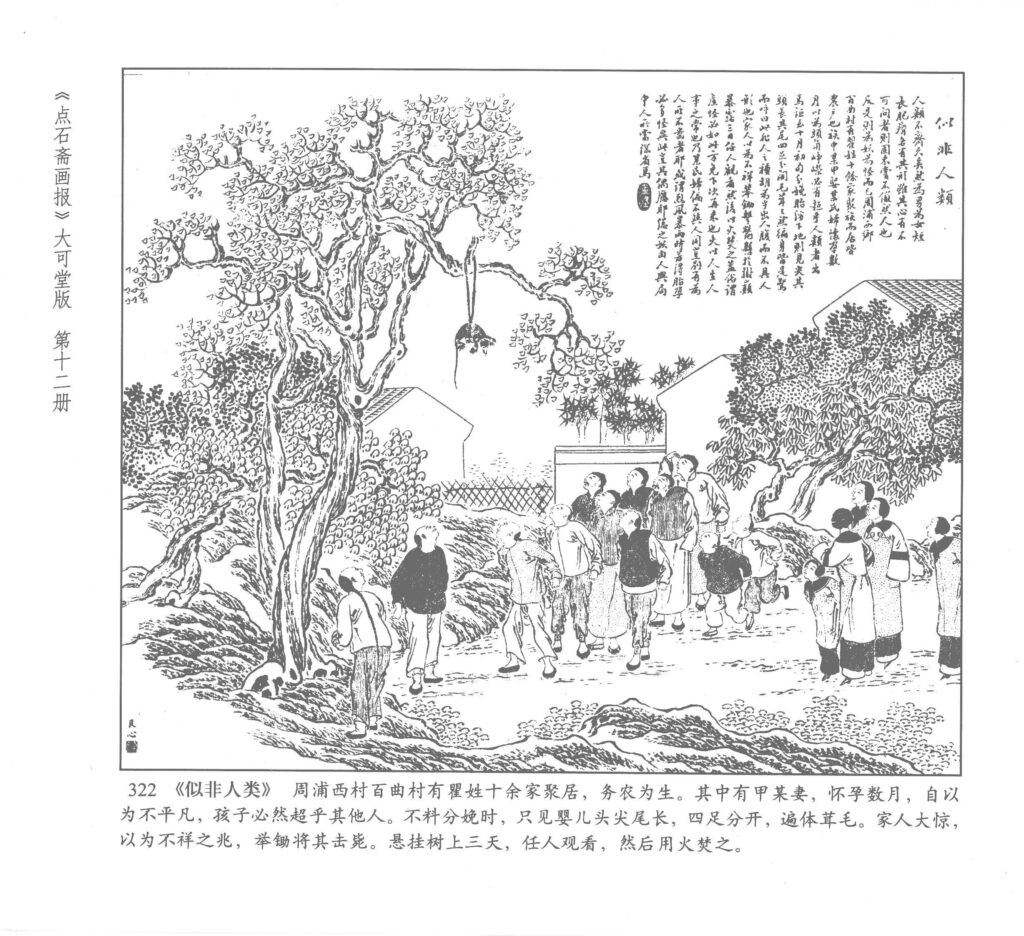



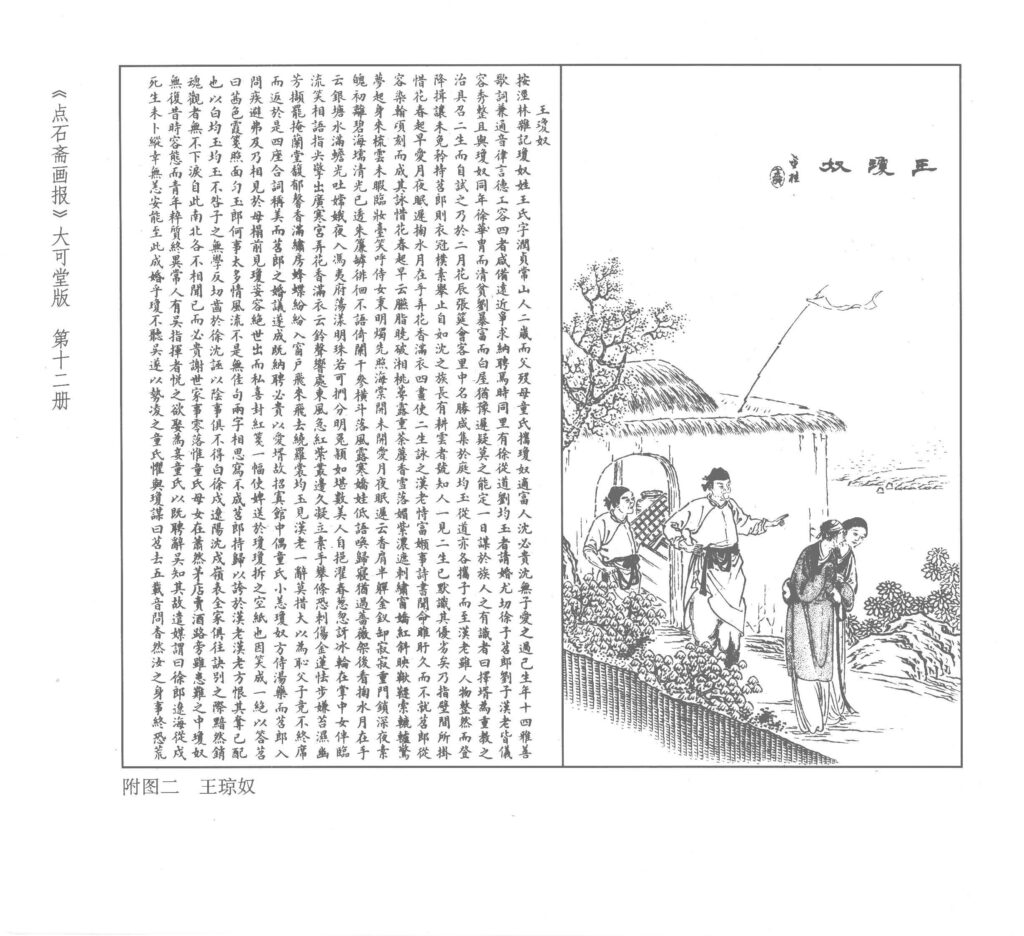

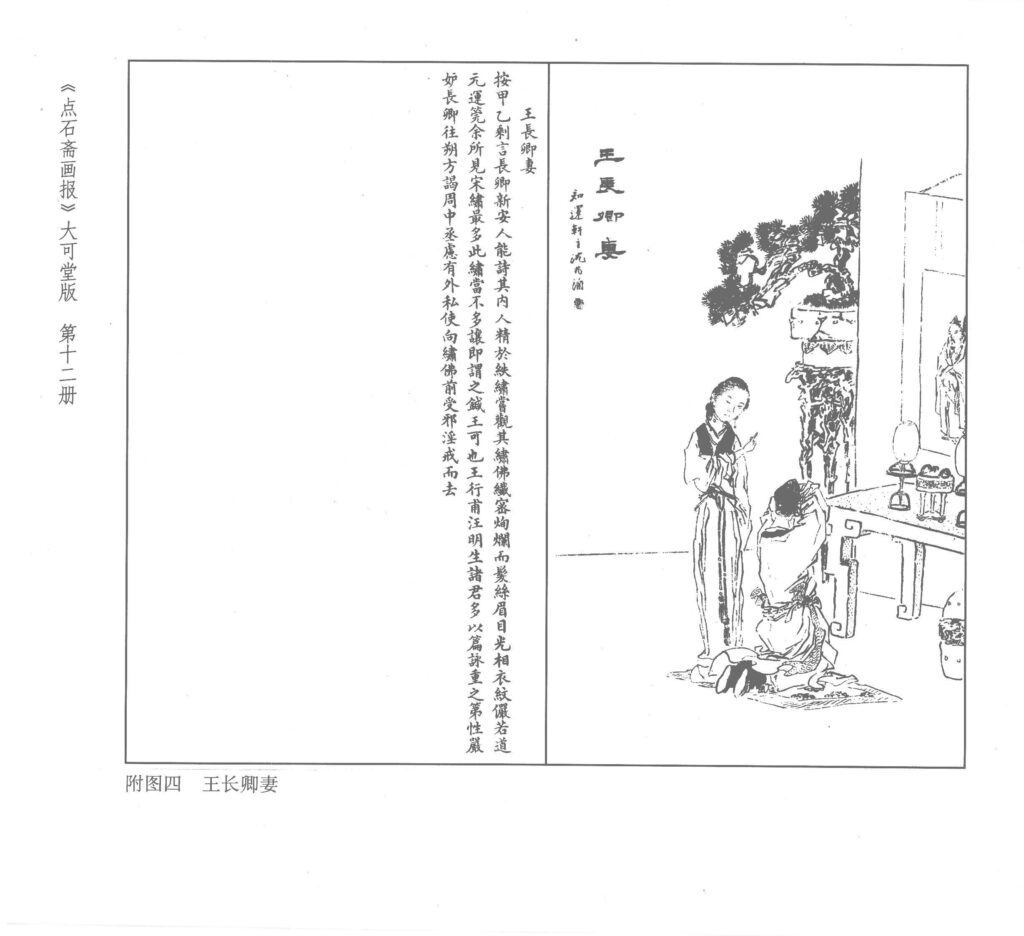
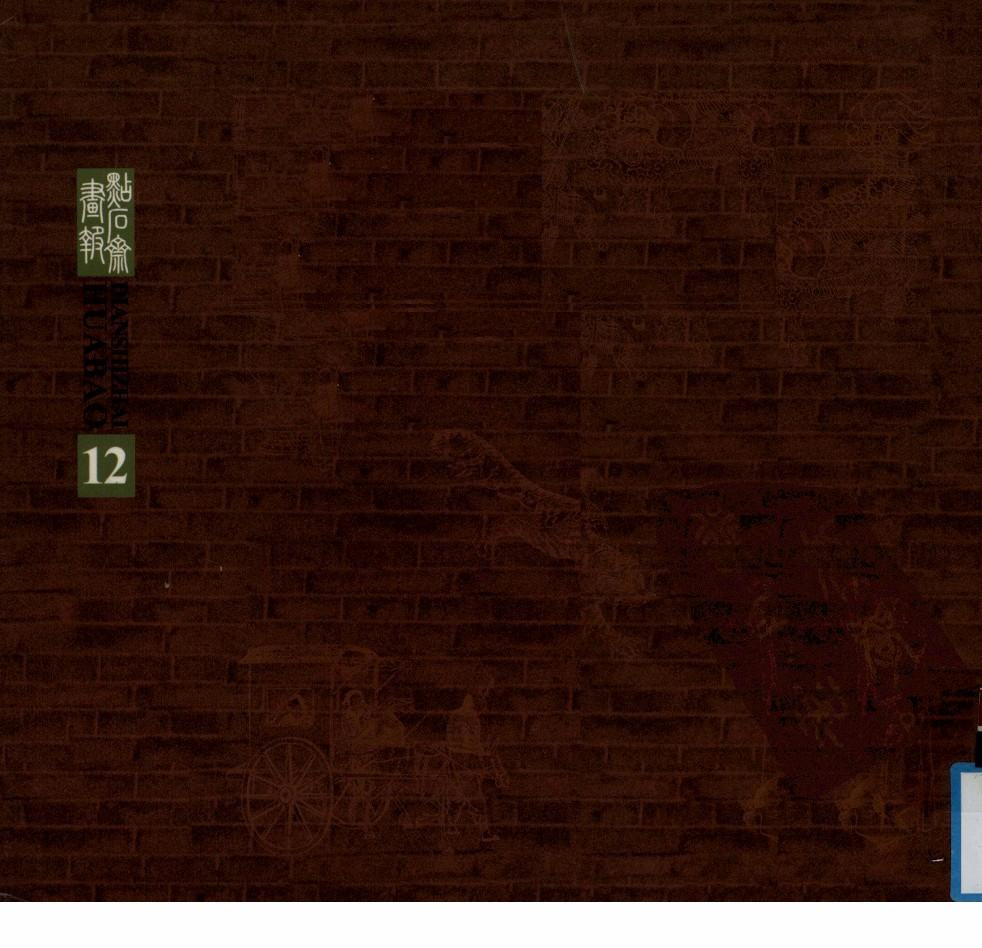
Culture文化 Magazine杂志 334P 点石斋画报·大可堂版 第12册
历史上的今天 ( 10 ):
- 2023年-02月-23日:Super Nintendo:Asameshimae Nyanko 猫咪黑白棋
- 2023年-02月-23日:Super Nintendo:Asahi Shinbun Rensai - Katou Hifumi Kudan Shougi - Shingiryuu 加藤123九段将棋
- 2023年-02月-23日:Super Nintendo:Aryol 动态拼图
- 2023年-02月-23日:Super Nintendo:Art of Fighting 龙虎之拳
- 2023年-02月-23日:Super Nintendo:Arkanoid - Doh It Again 快打砖块
- 2023年-02月-23日:Kungfu武学:《少林绝命腿》王信得 (236P)
- 2023年-02月-23日:Kungfu武学:《三皇炮捶—北京镖局拳术功法》张凯 (511P)
- 2023年-02月-23日:Kungfu武学:《三才剑法精解》陈龙骧、李敏弟 (139P)
- 2023年-02月-23日:Kungfu武学:《峨嵋古规秘传:鹤形凋打一百单八法》王永文 (36P)
- 2023年-02月-23日:News新闻:2月23日,星期四,在这里每天60秒读懂世界! (1P)
可点 ➠ 2024年-02月-23日 ➠ 23 s ➠ ♥ 0

